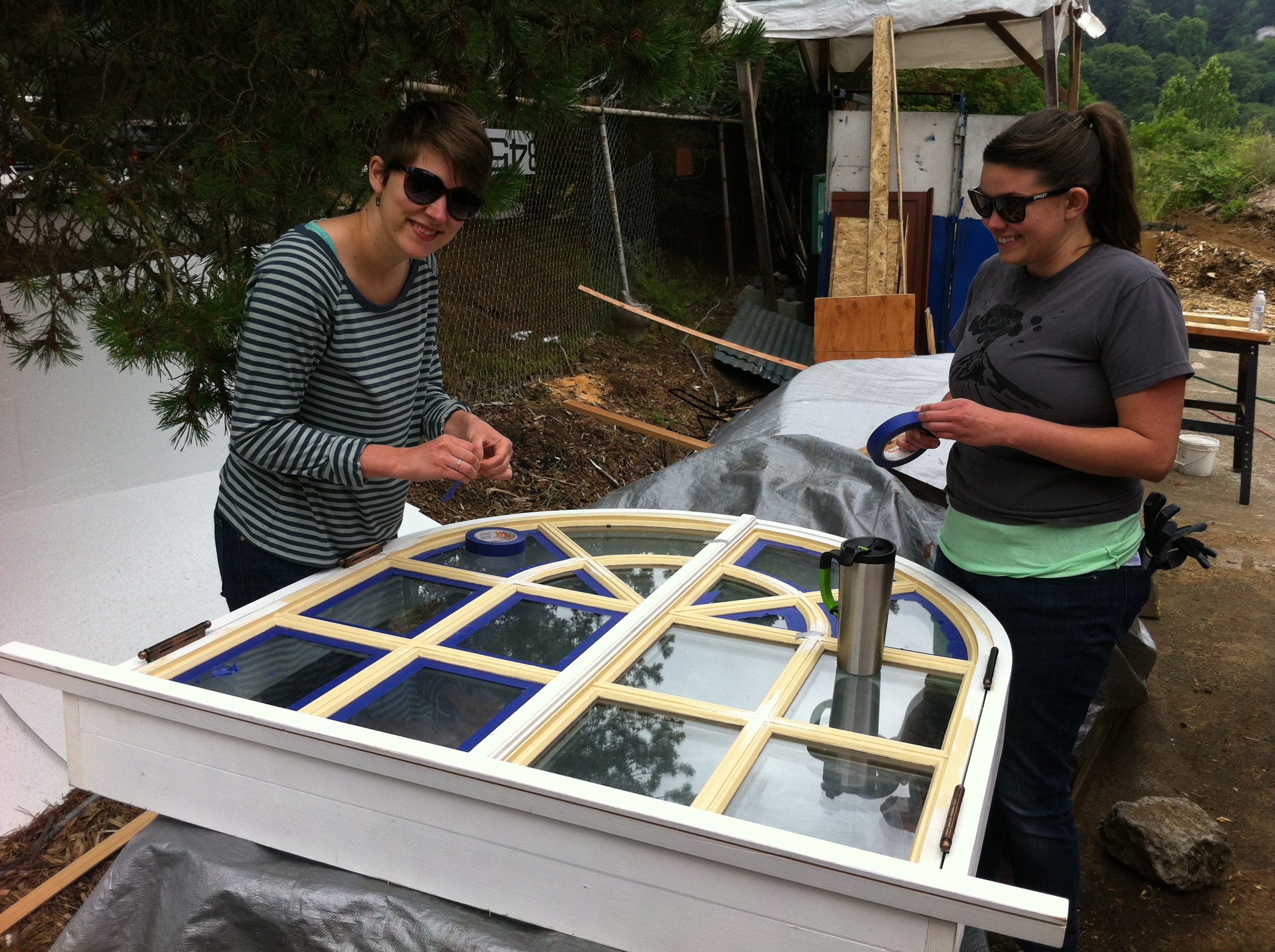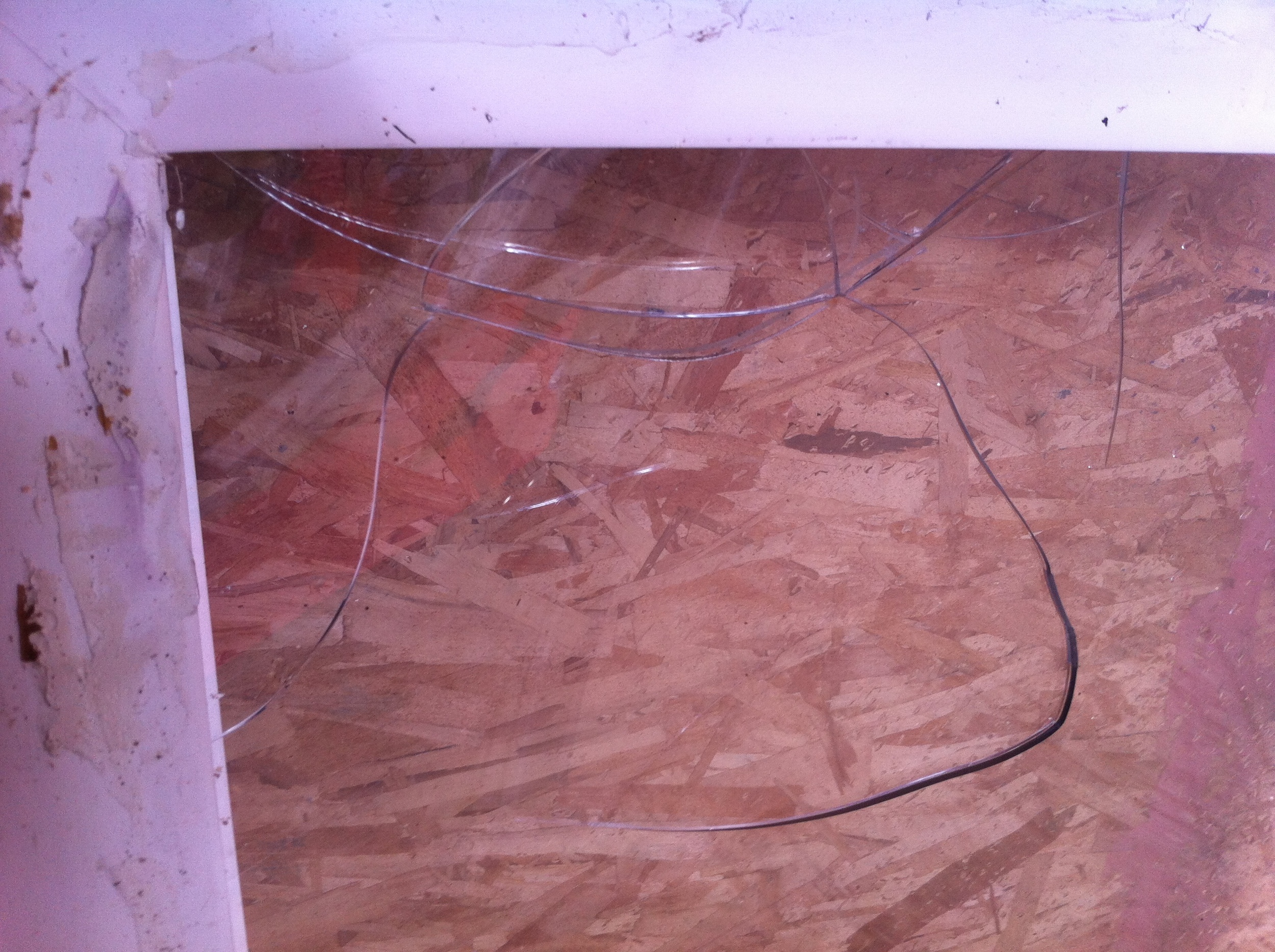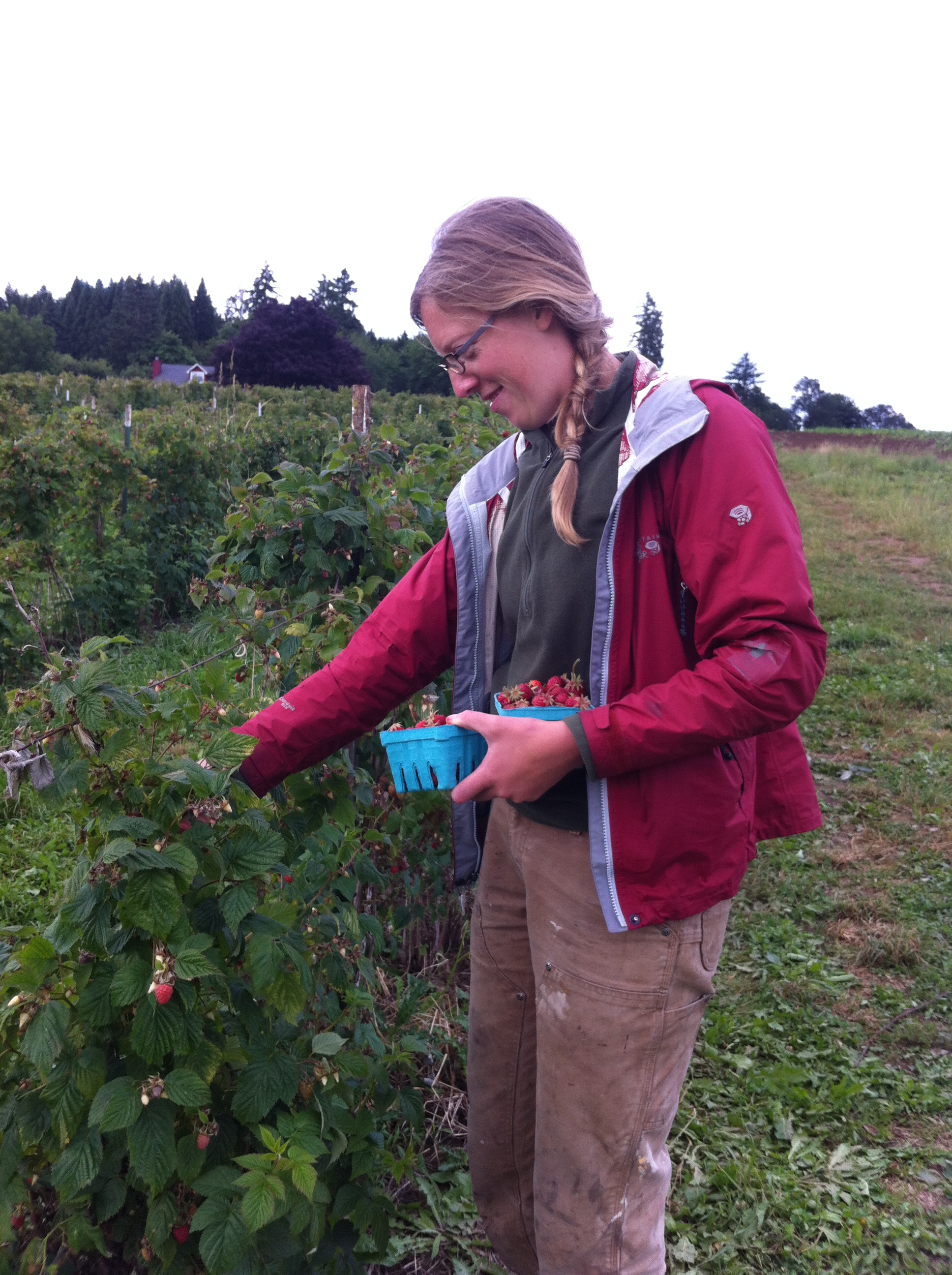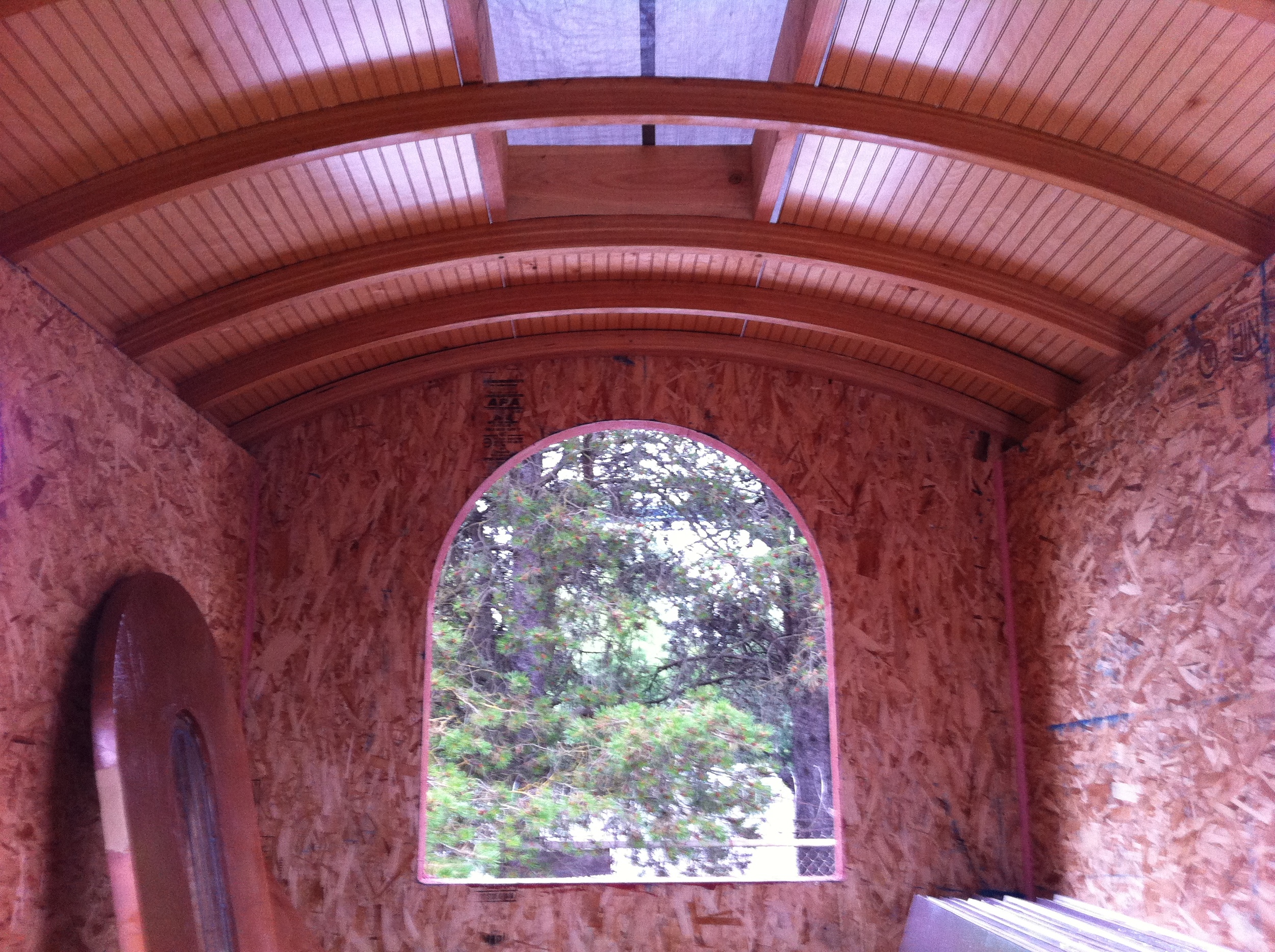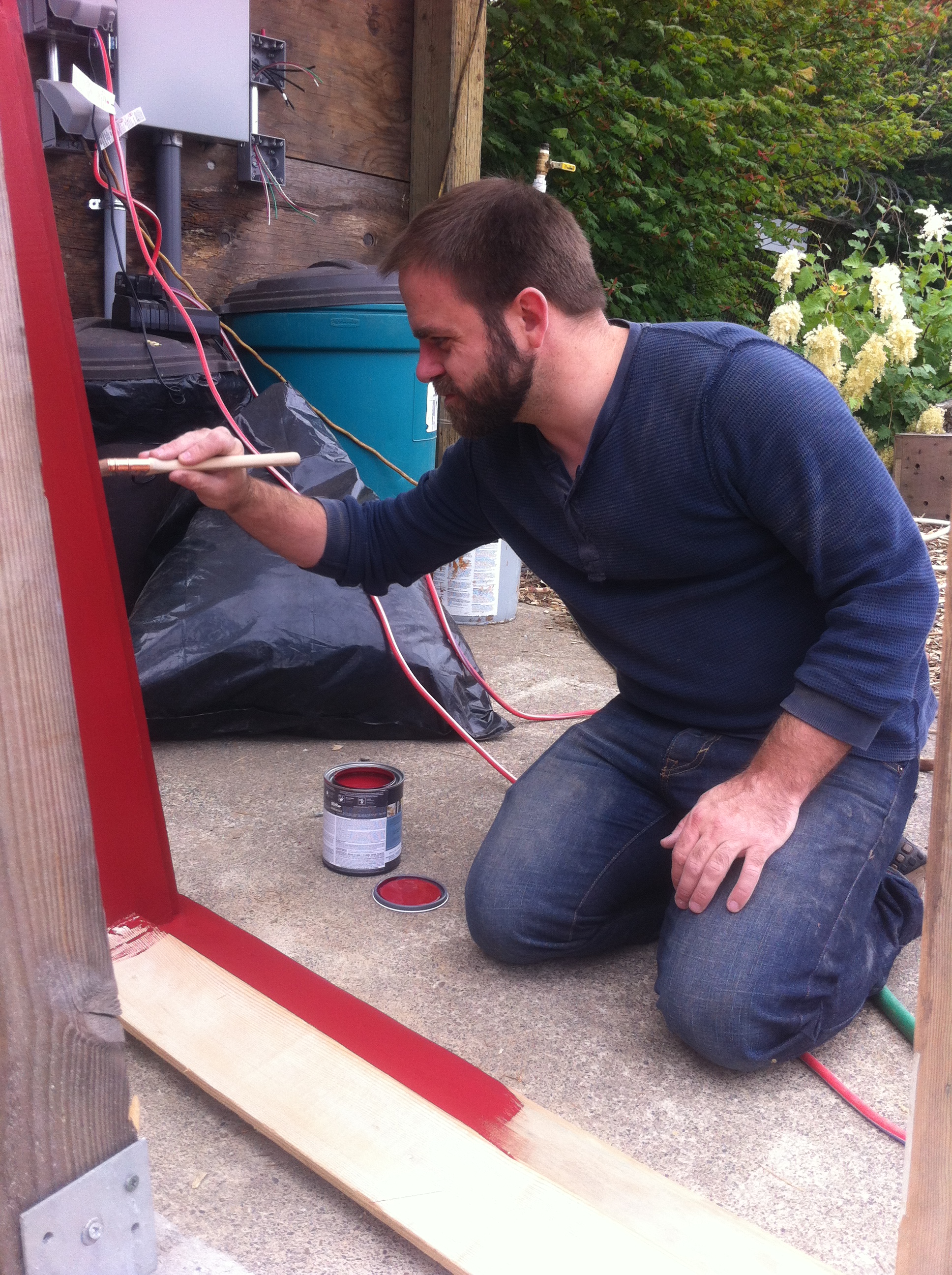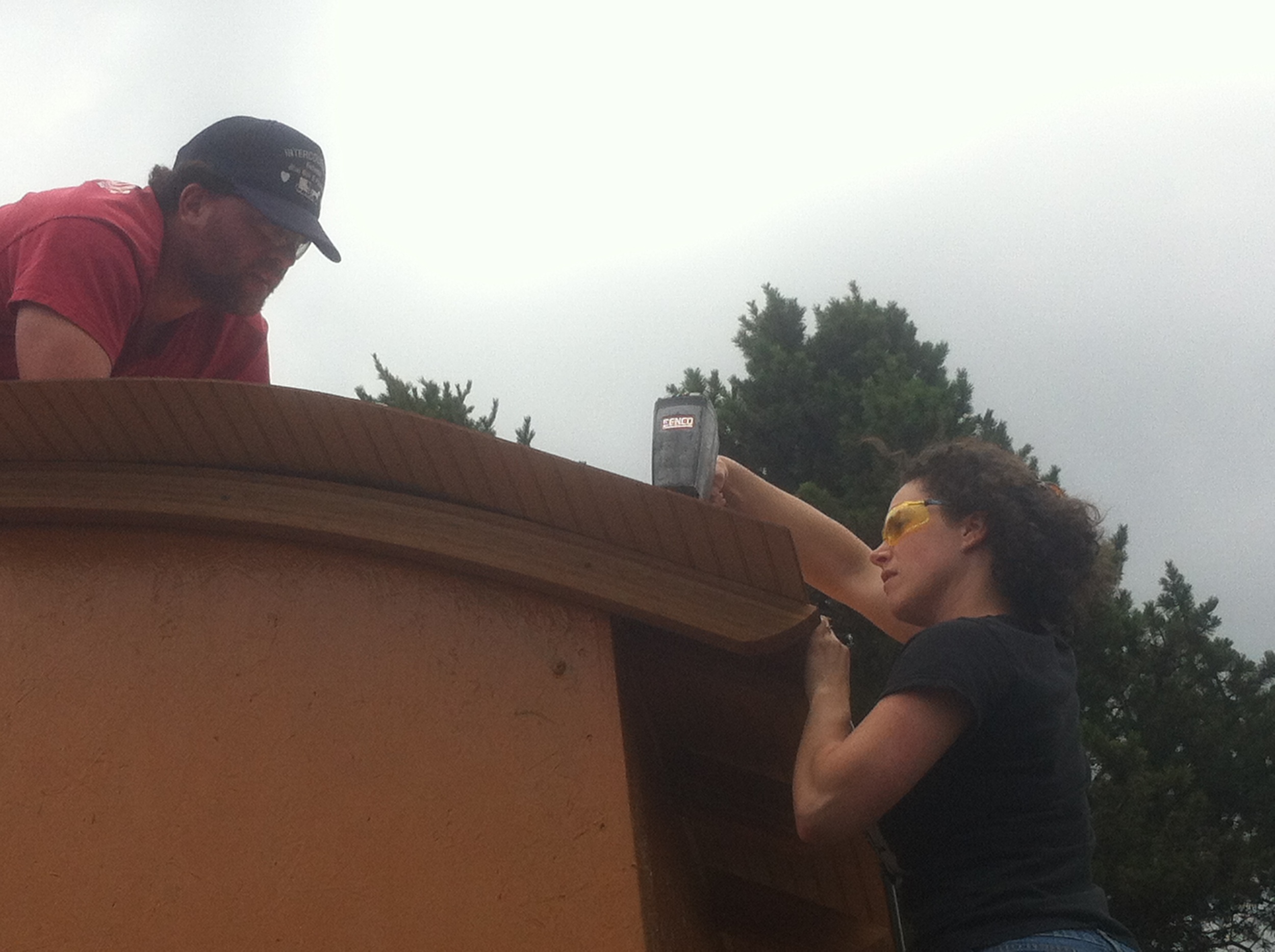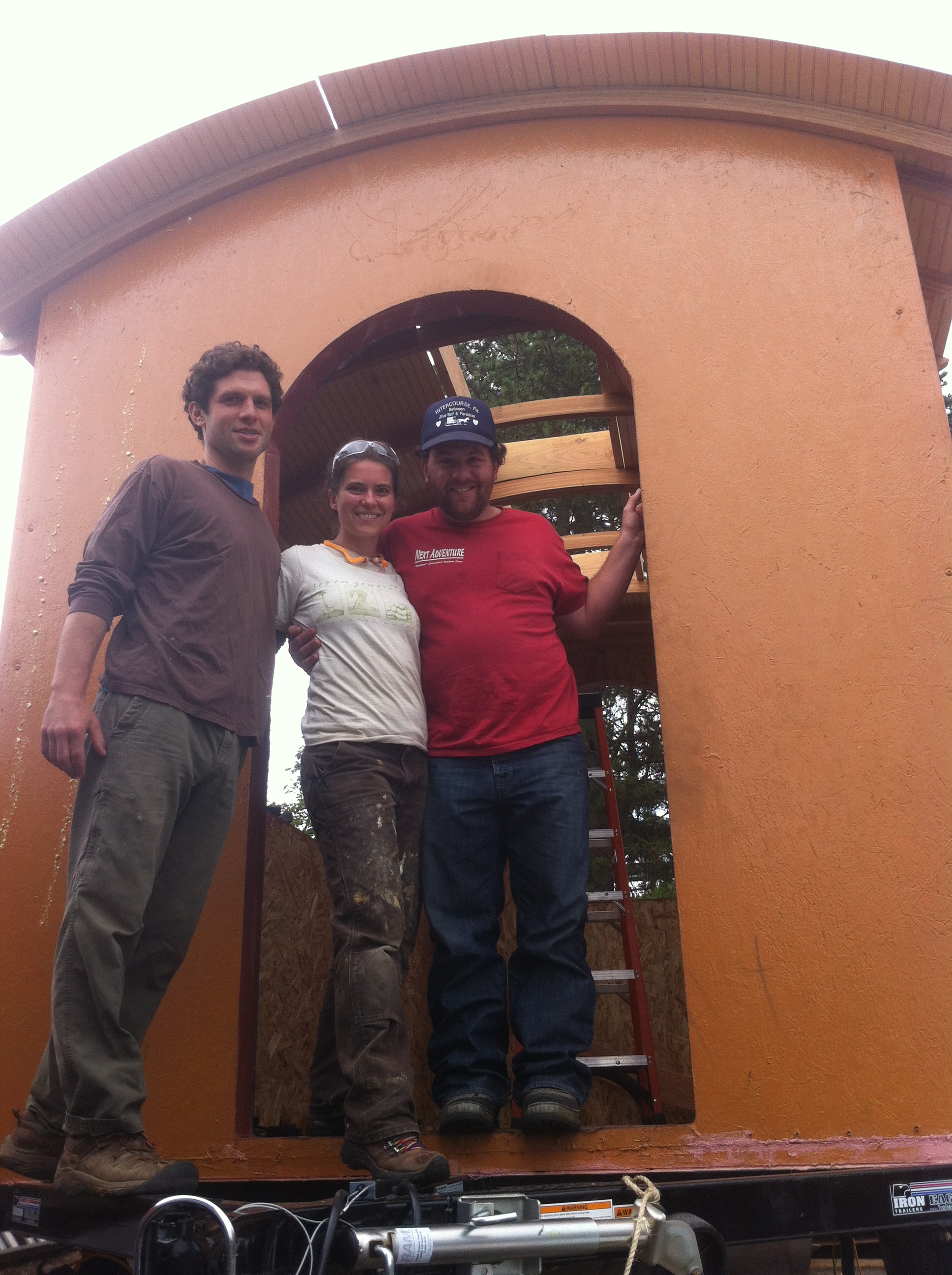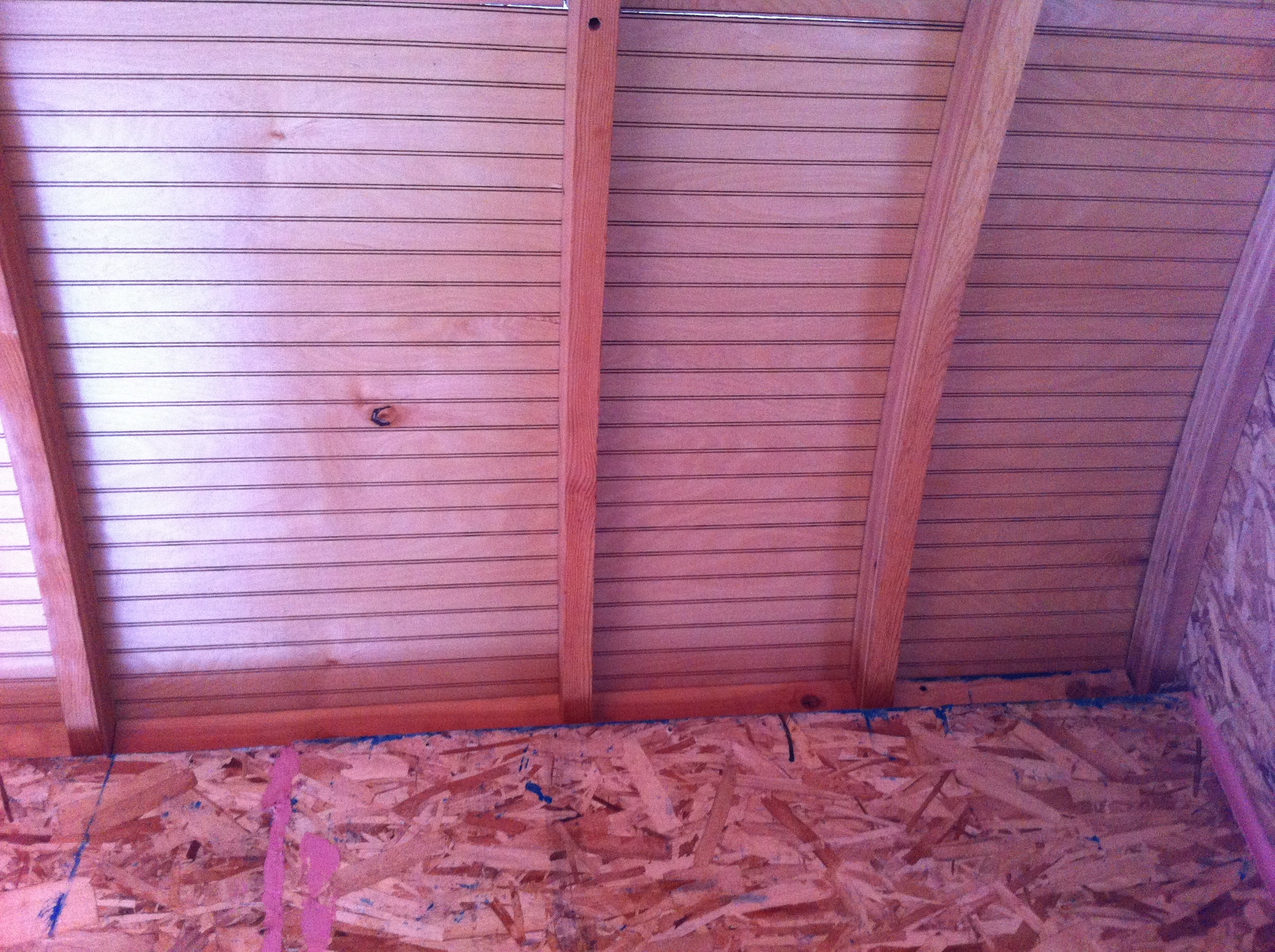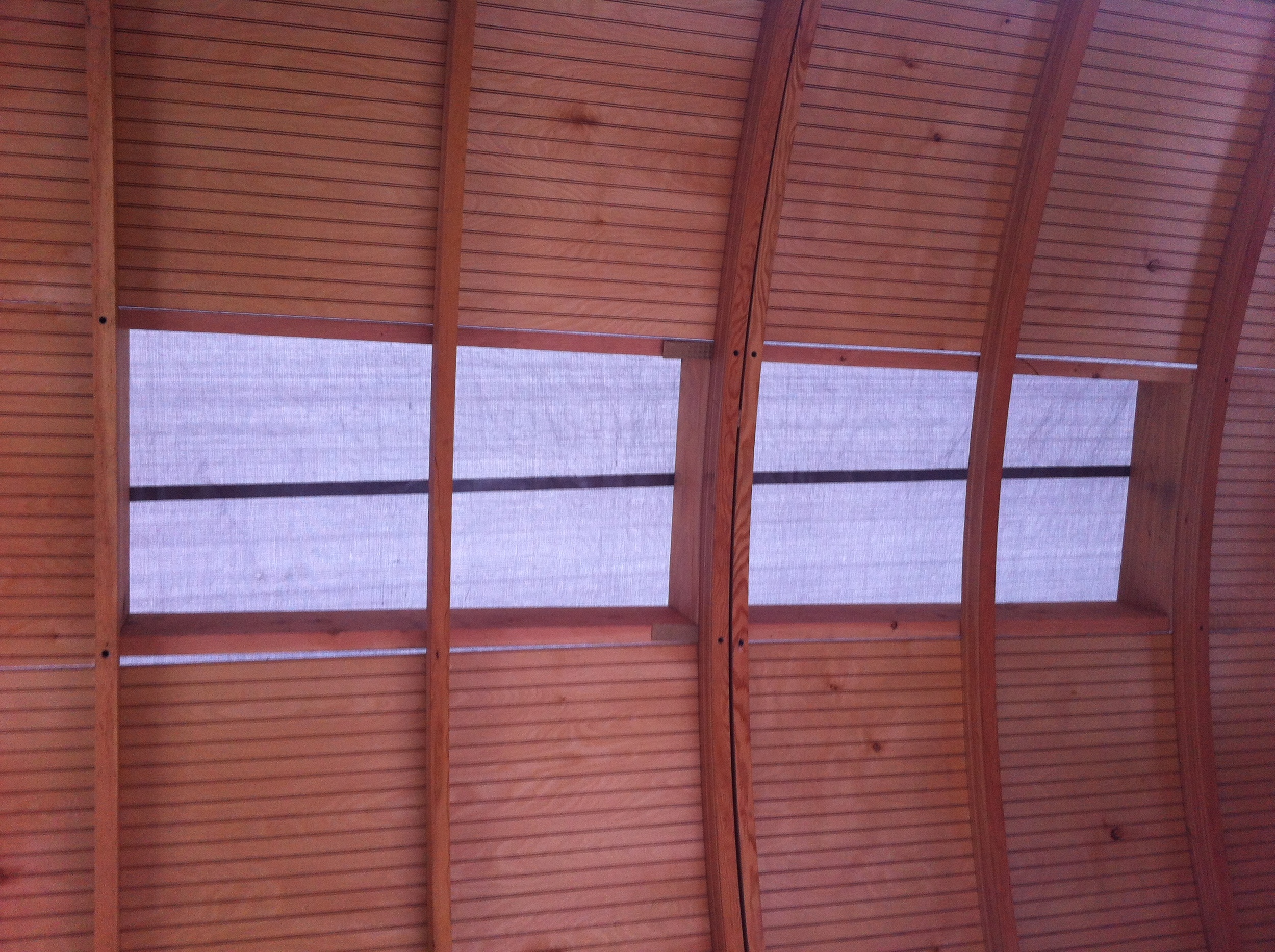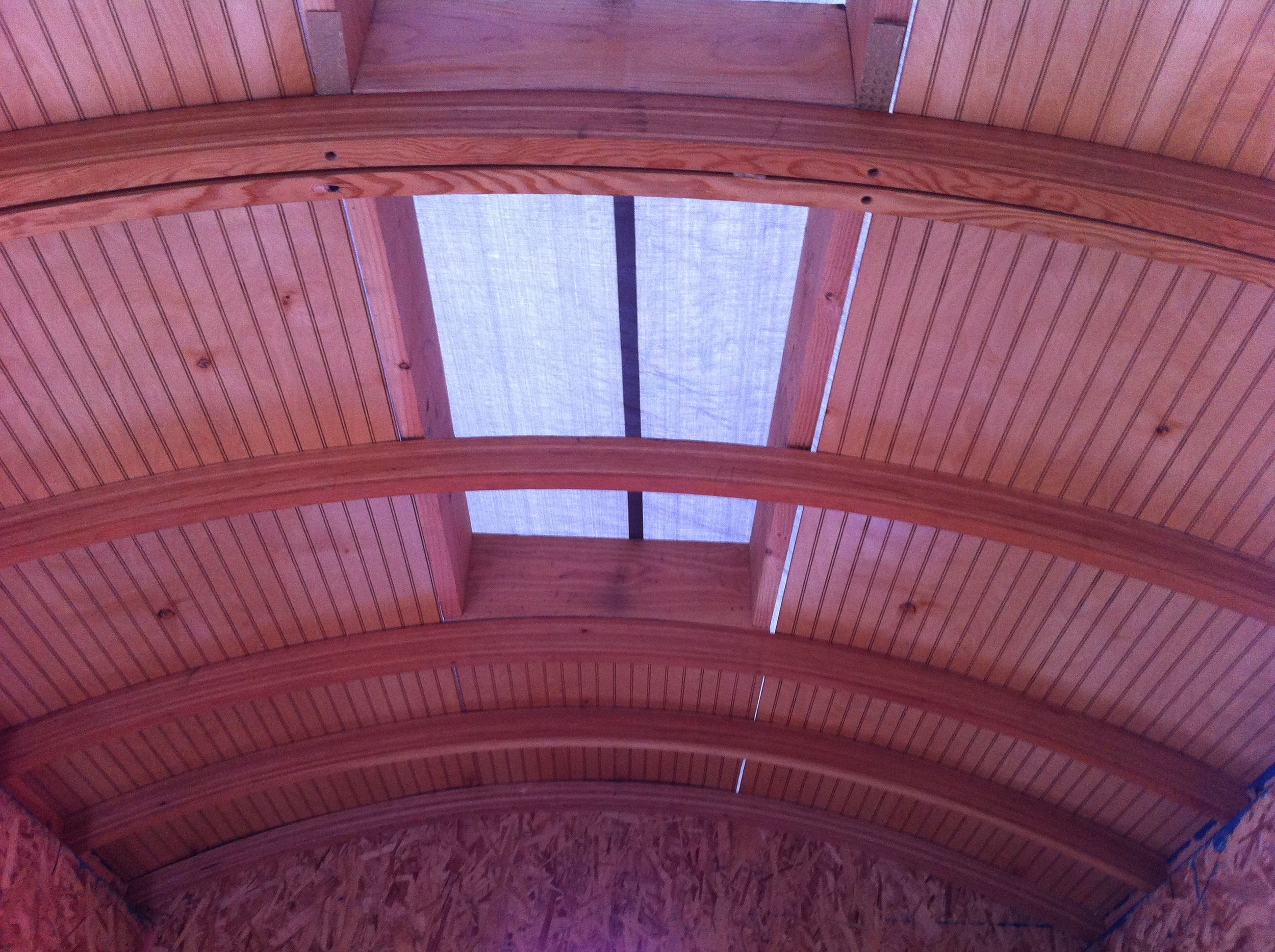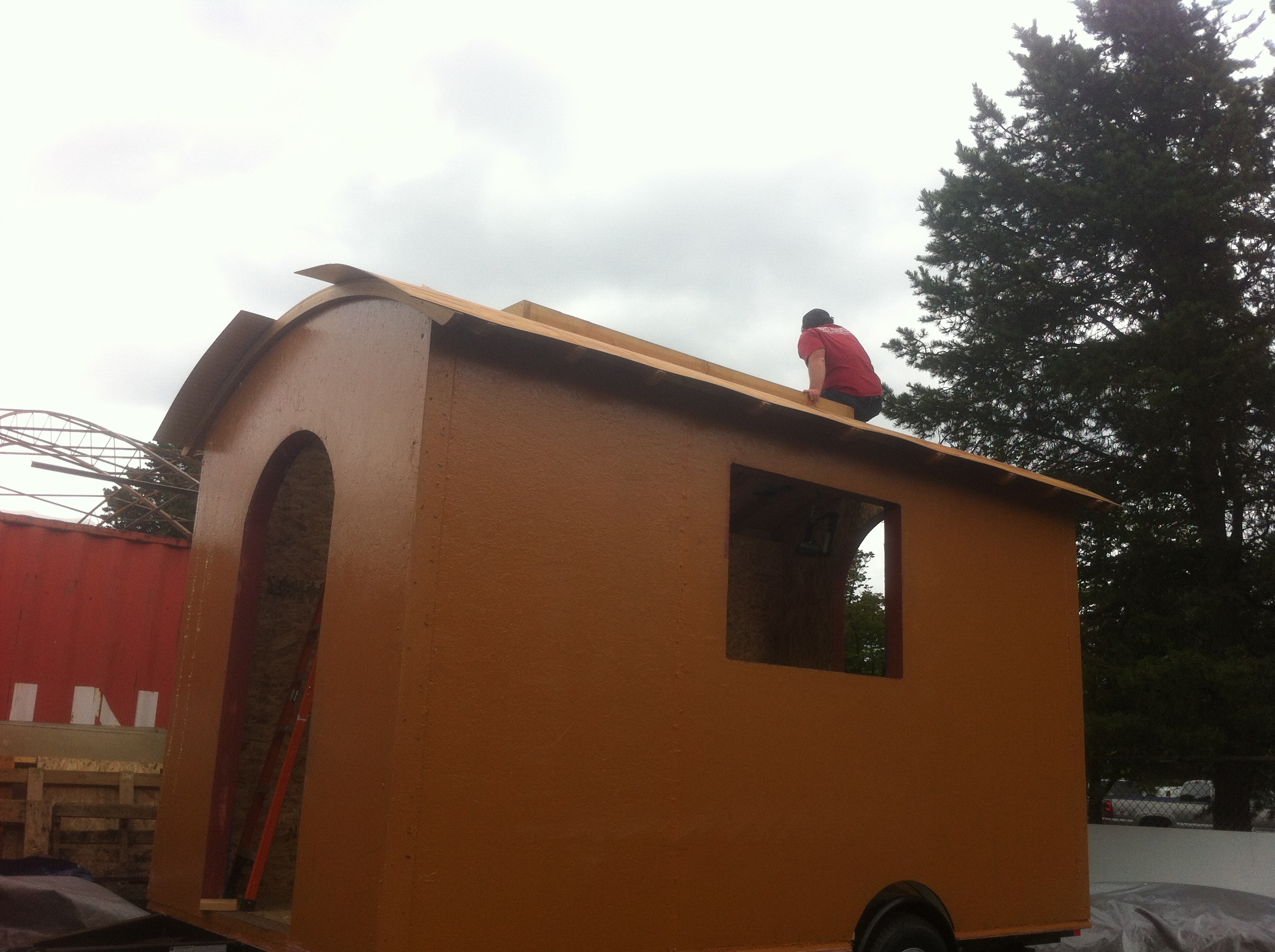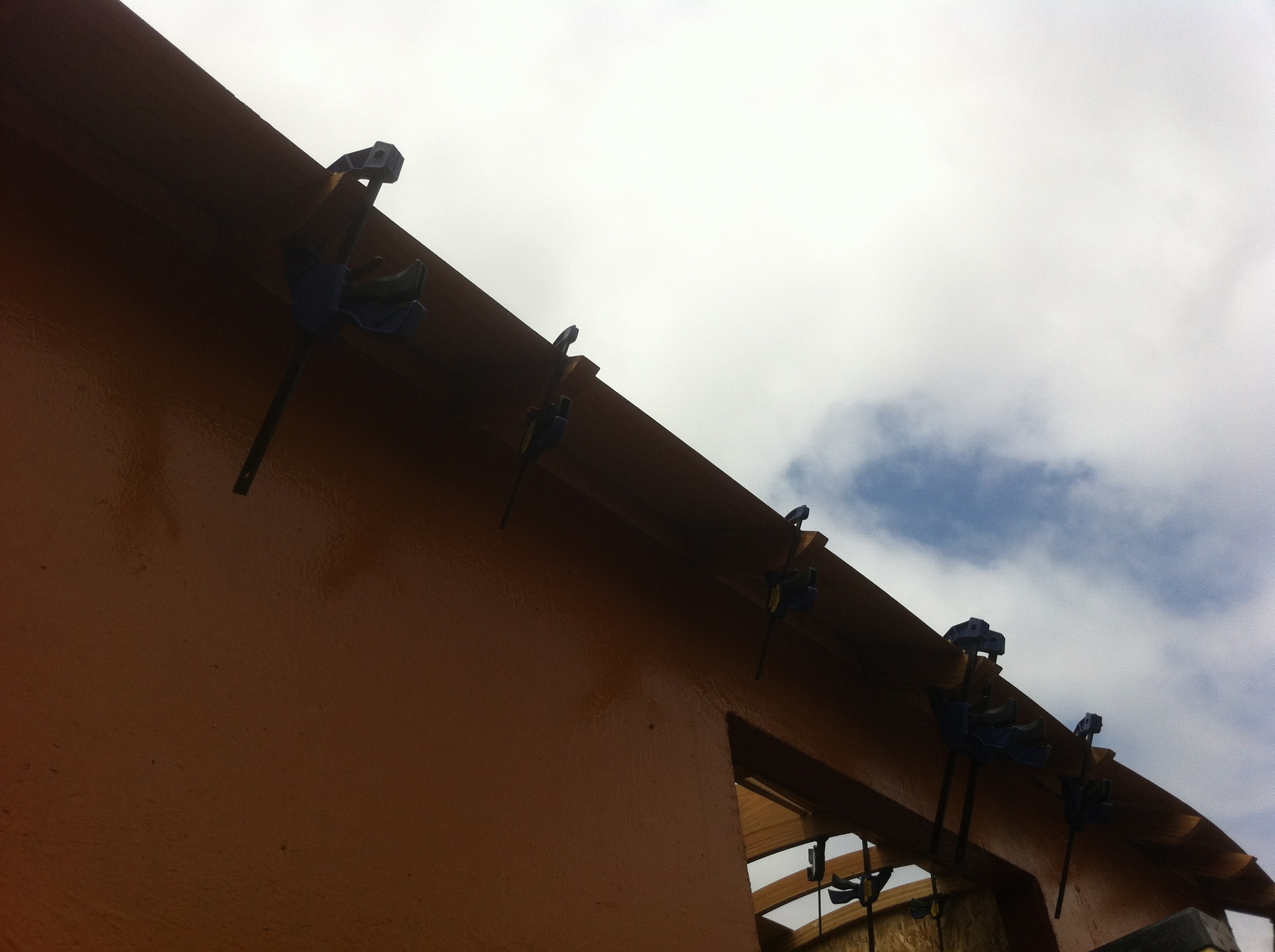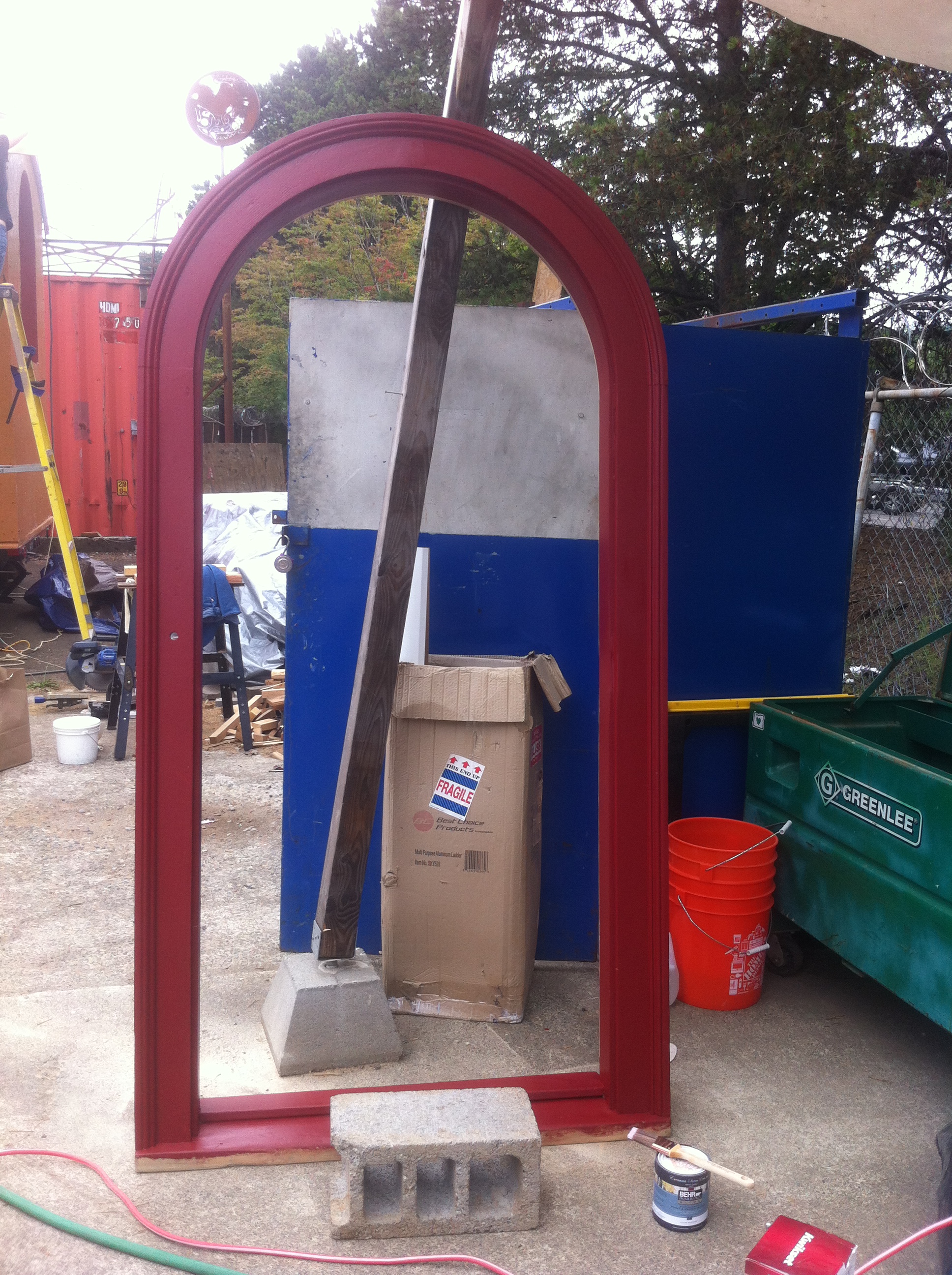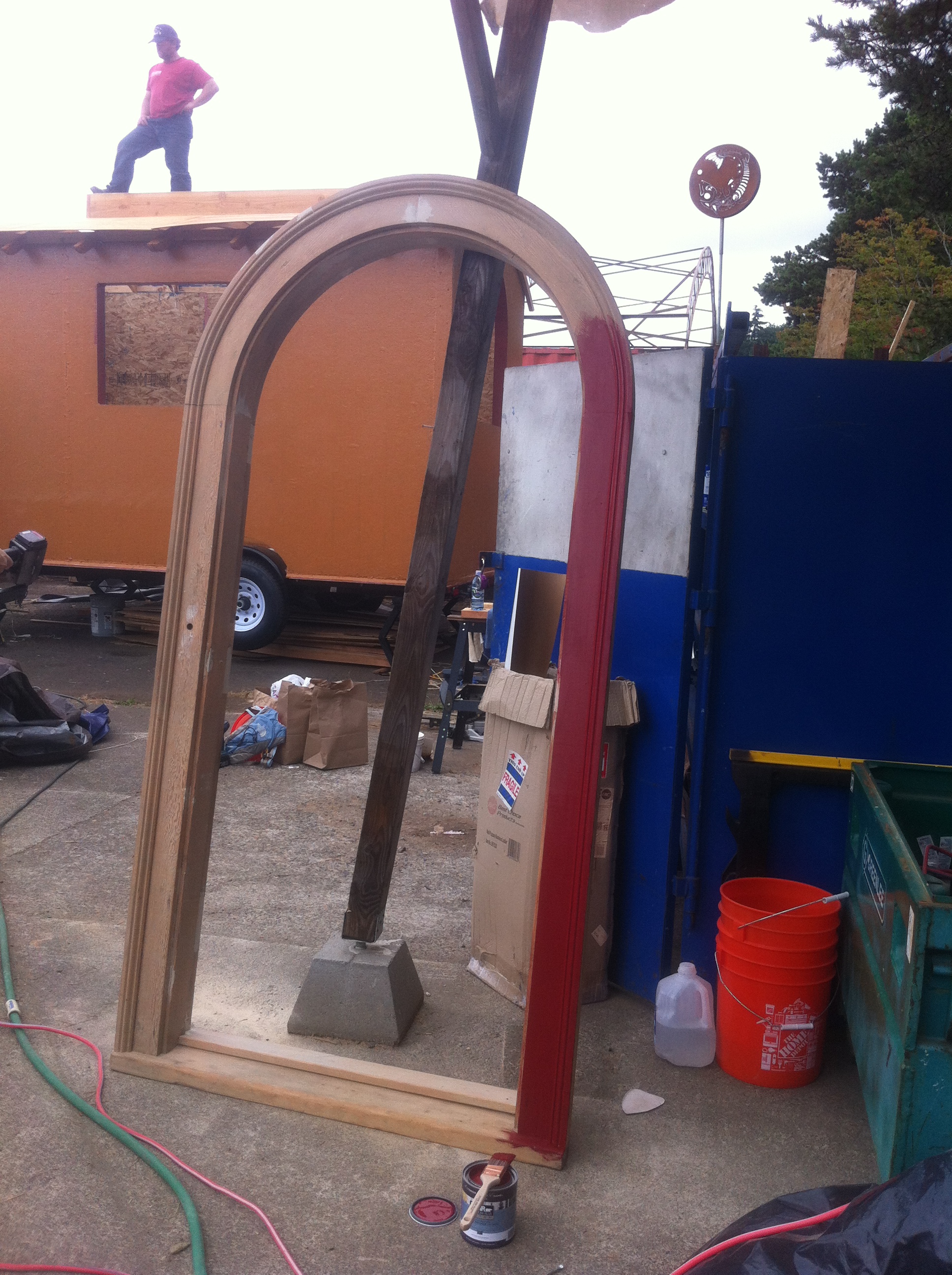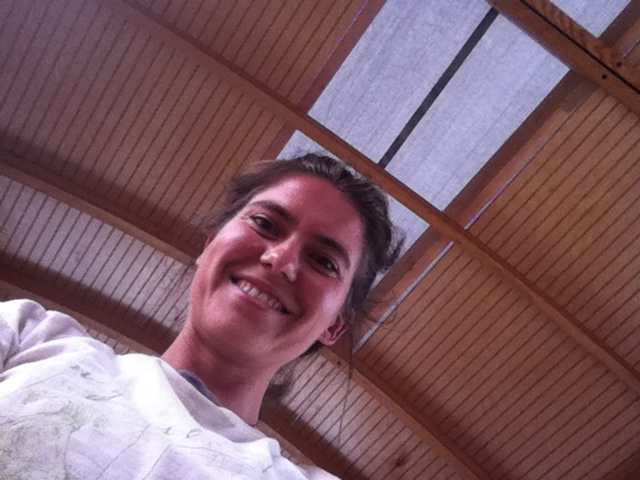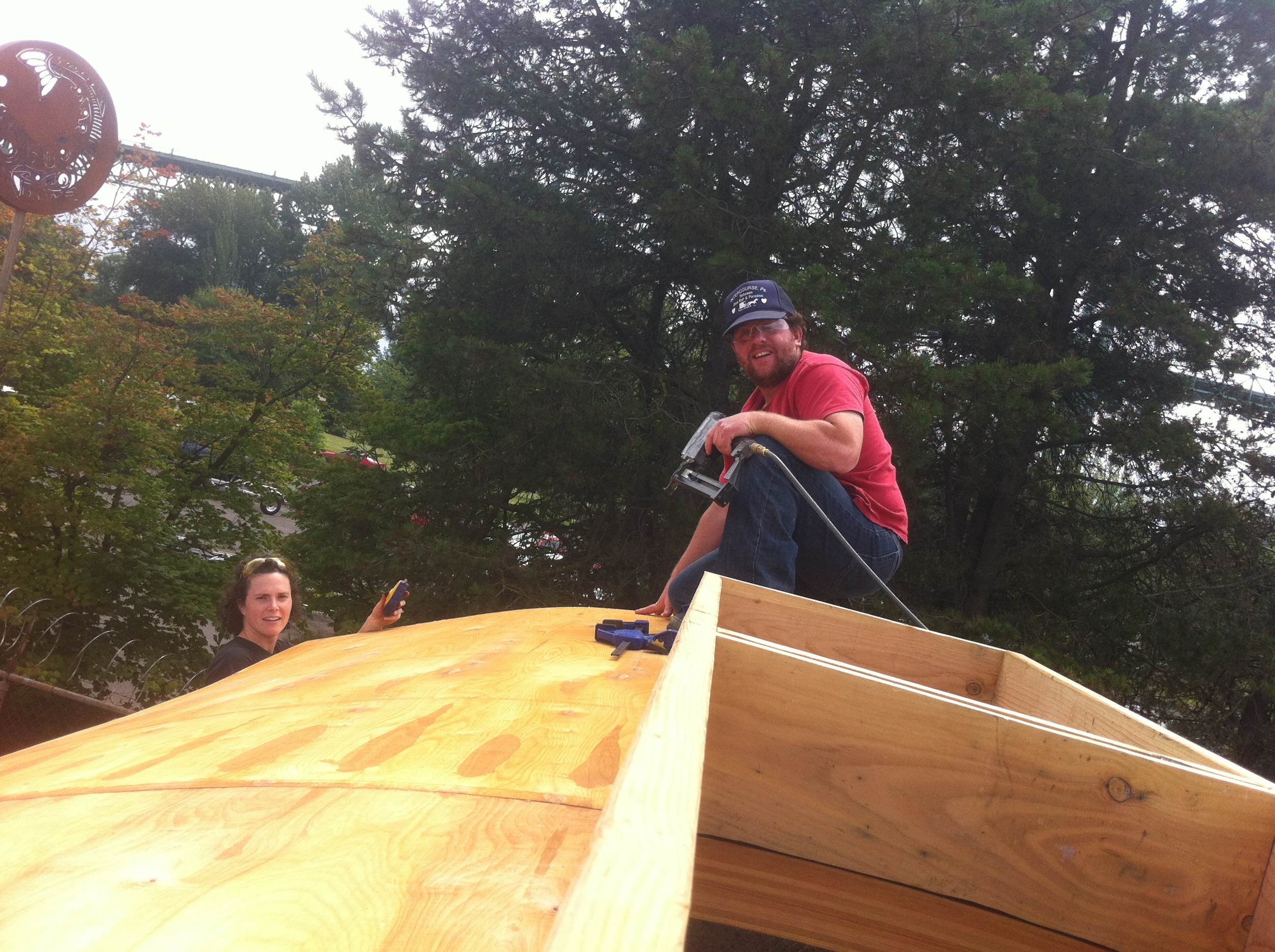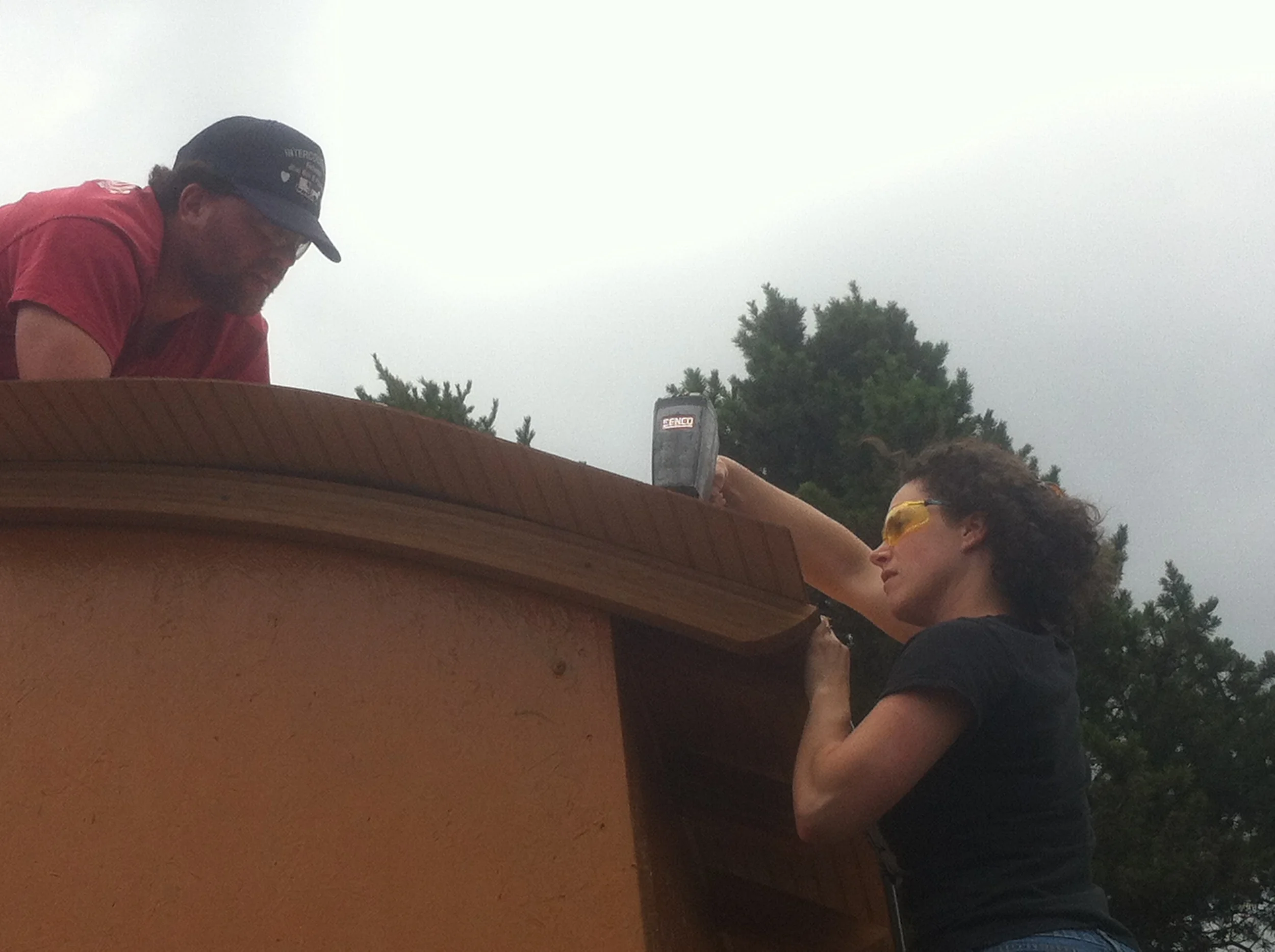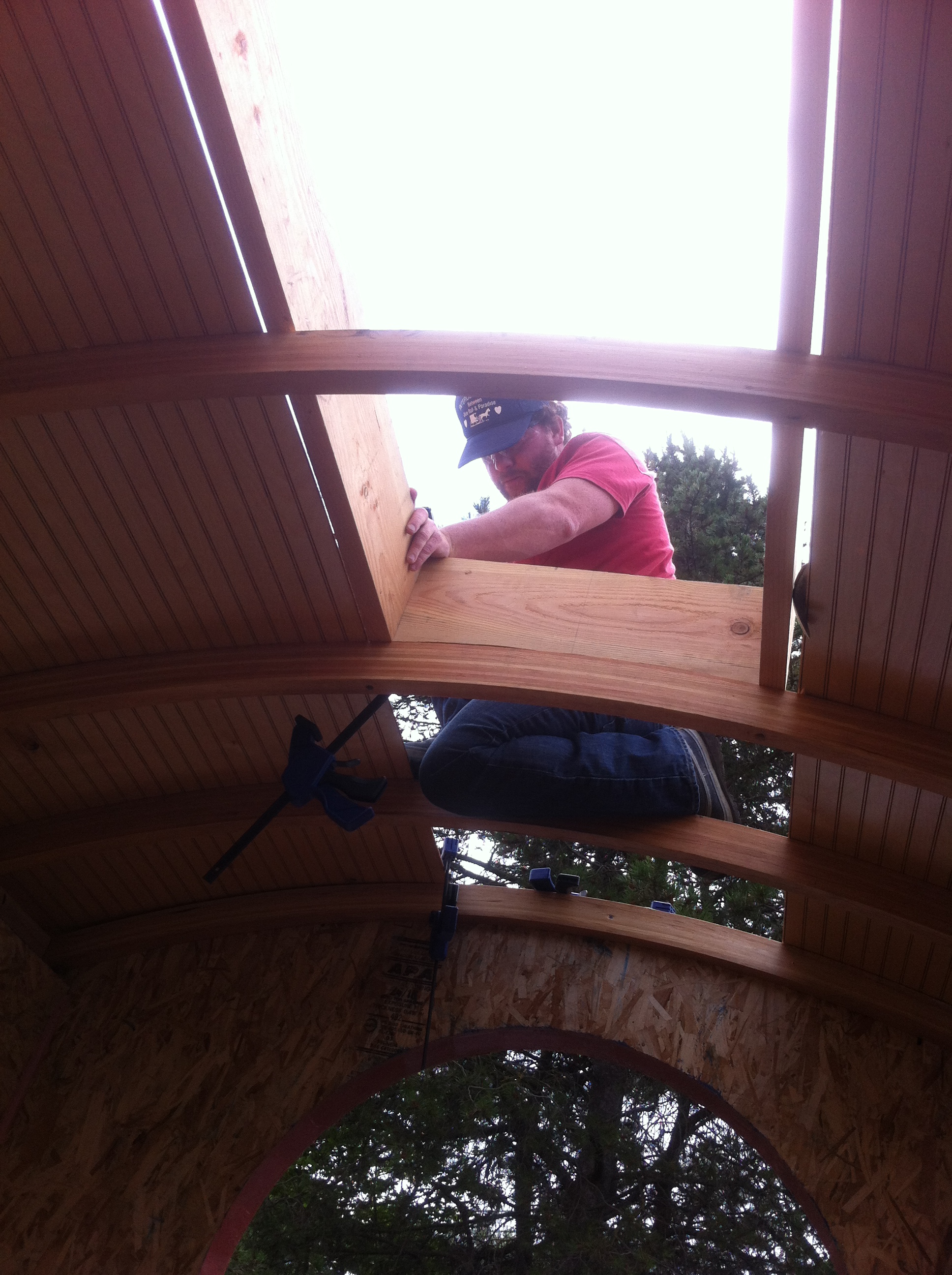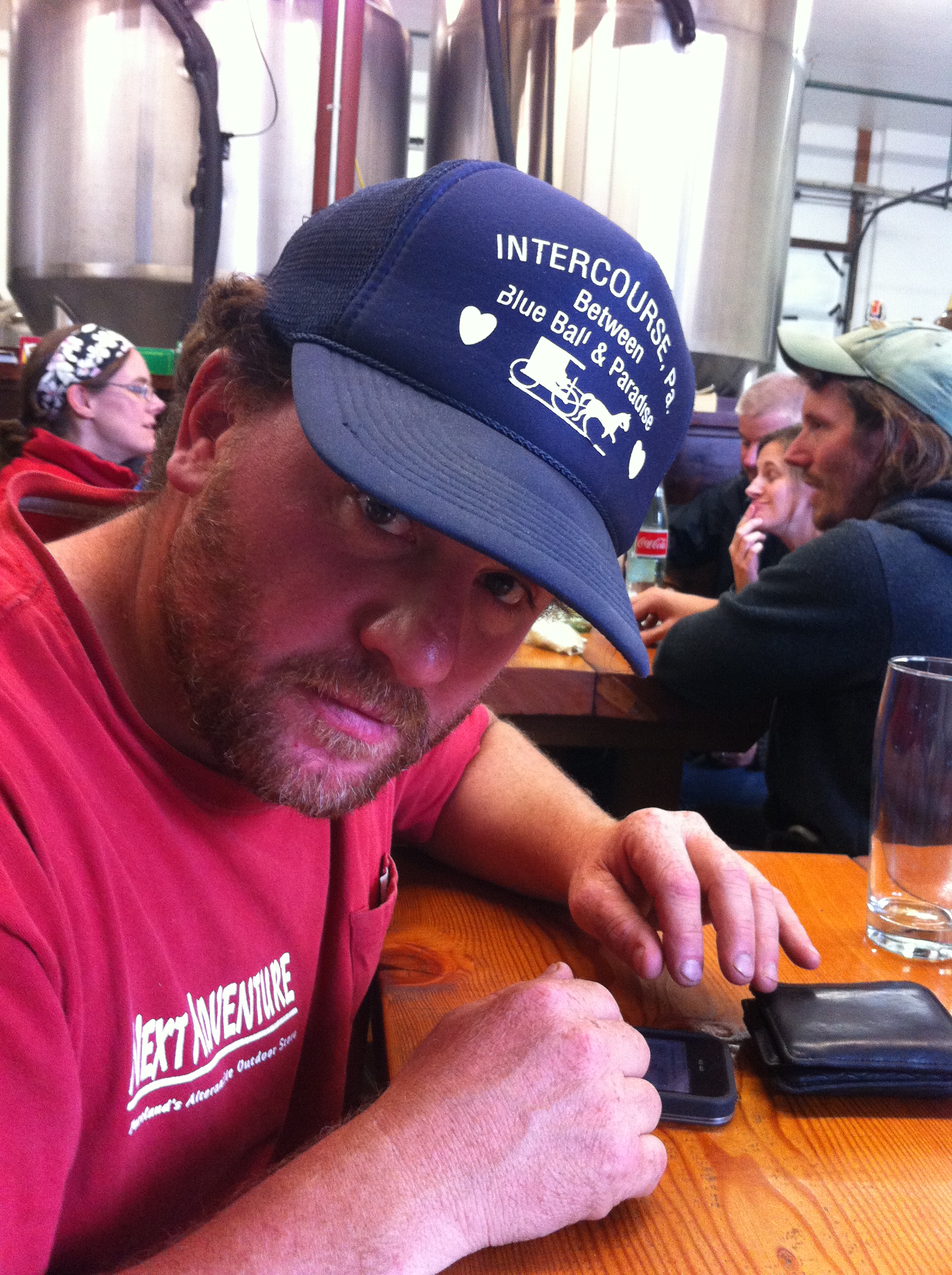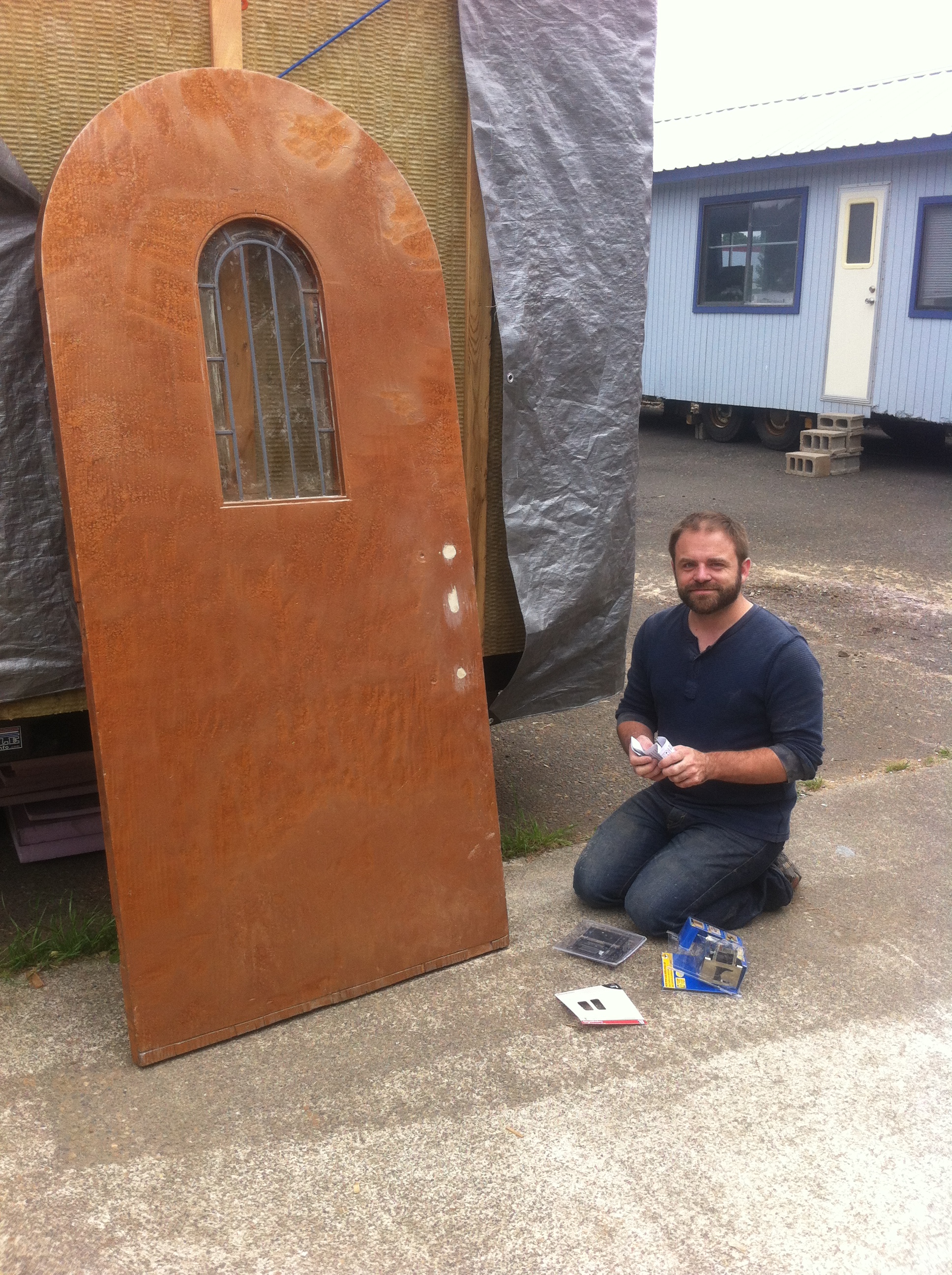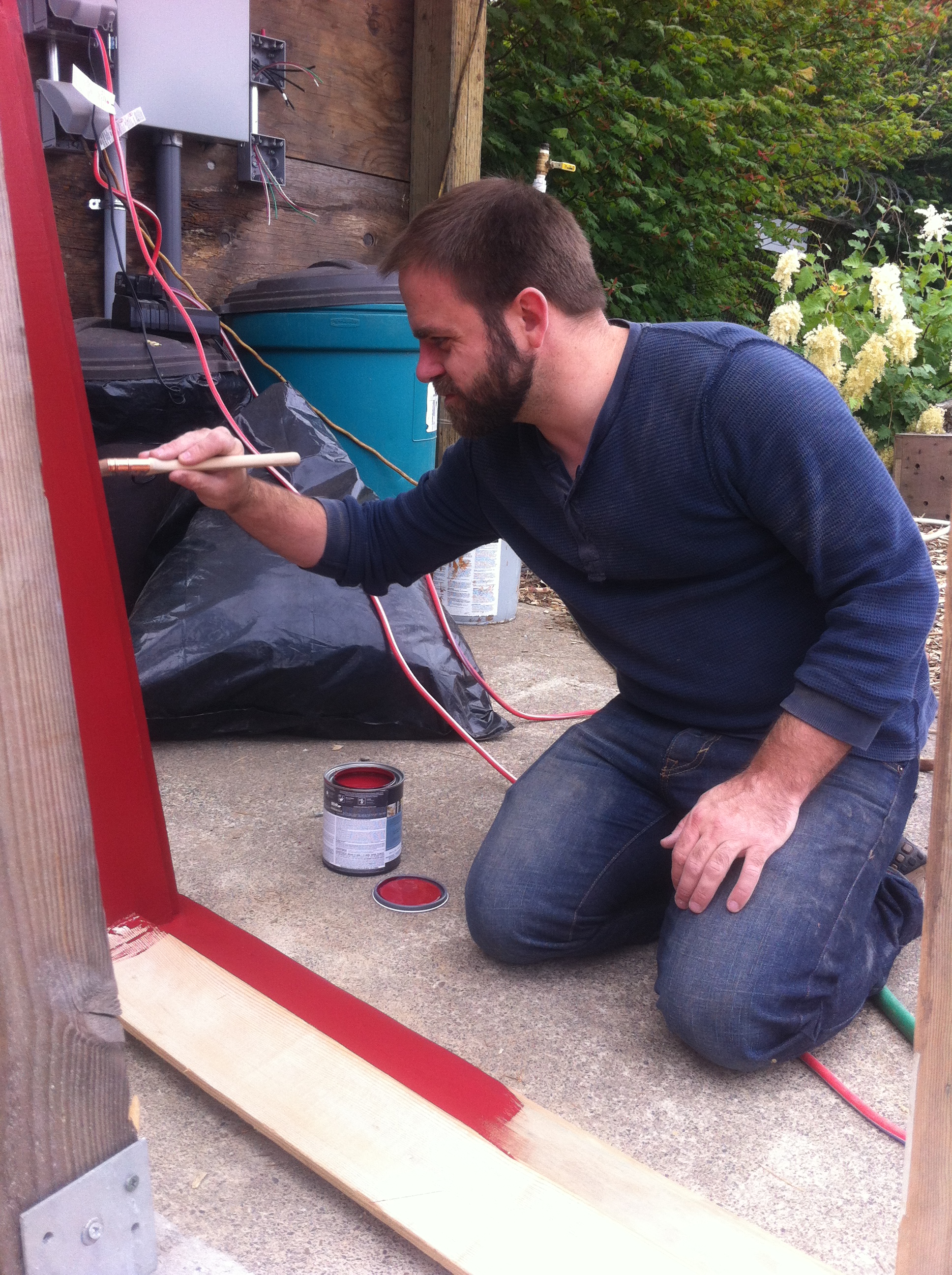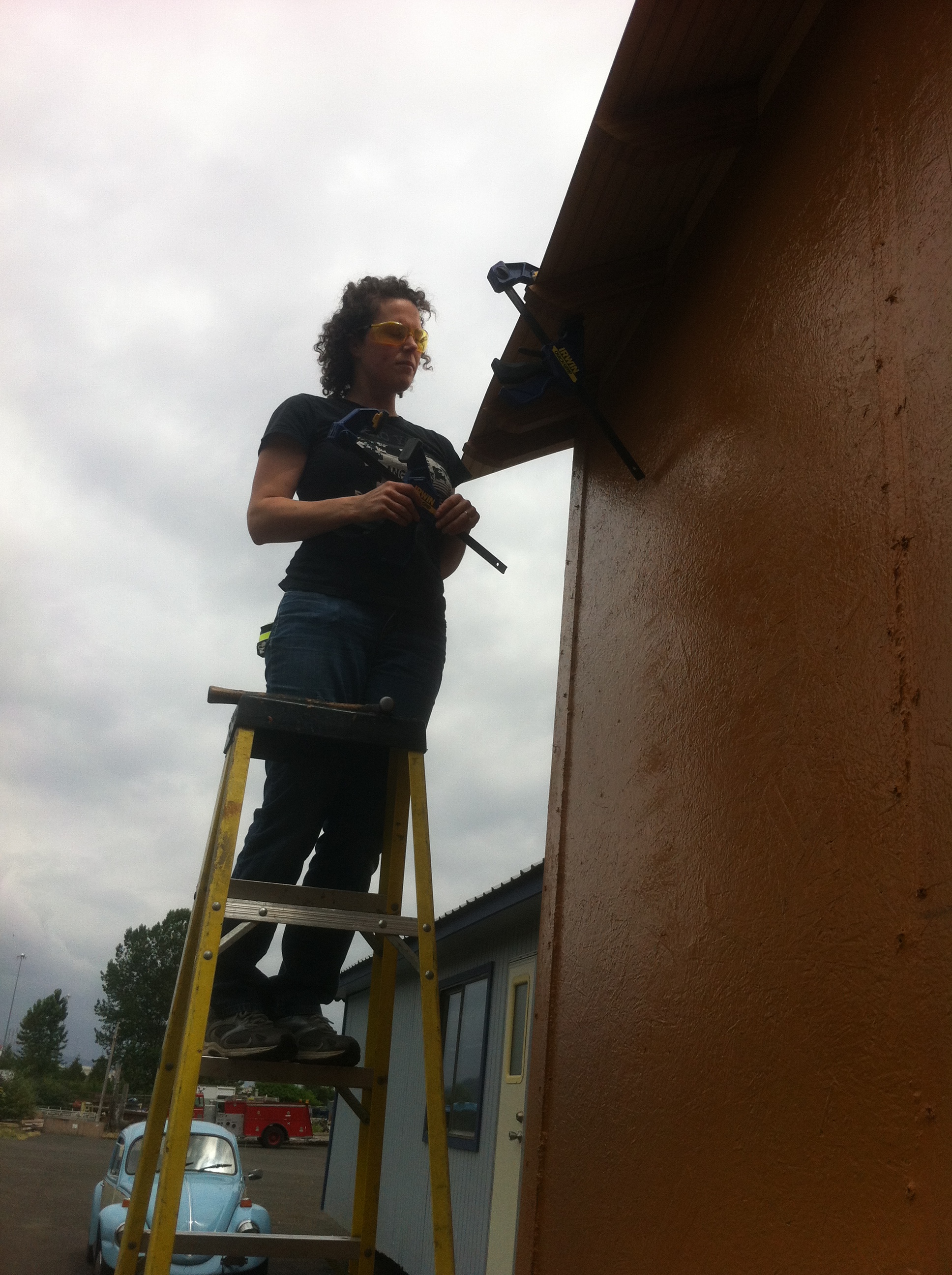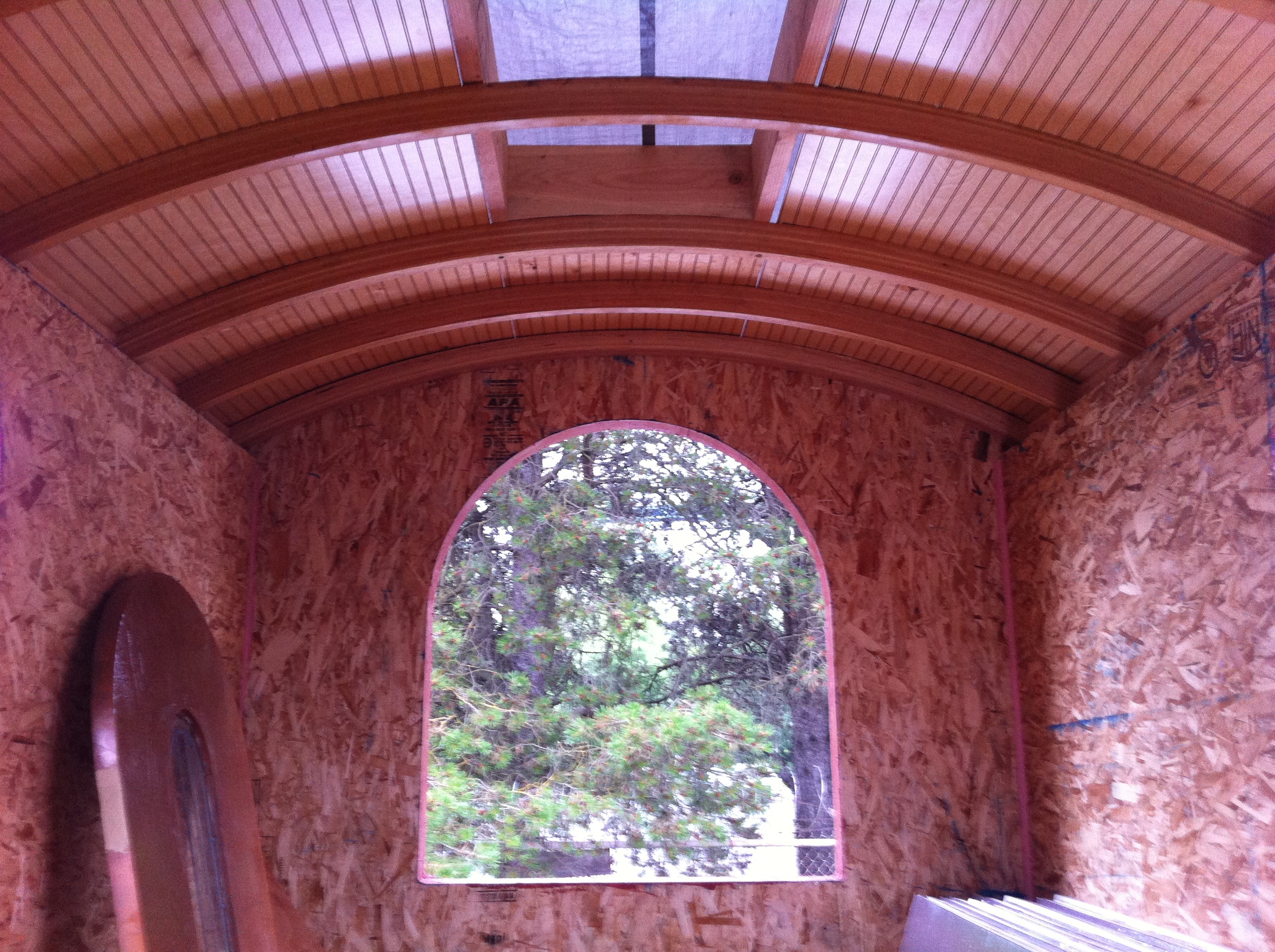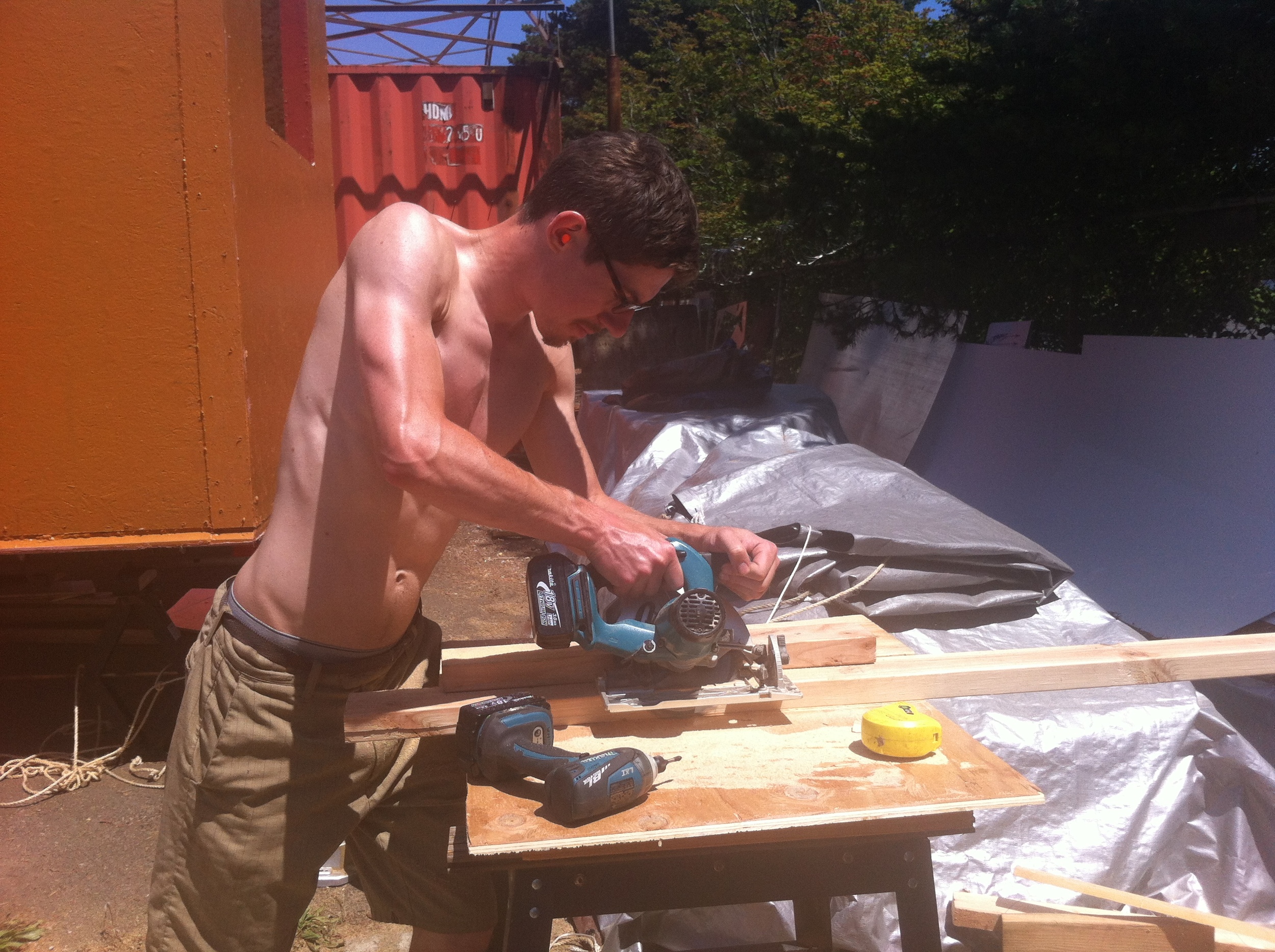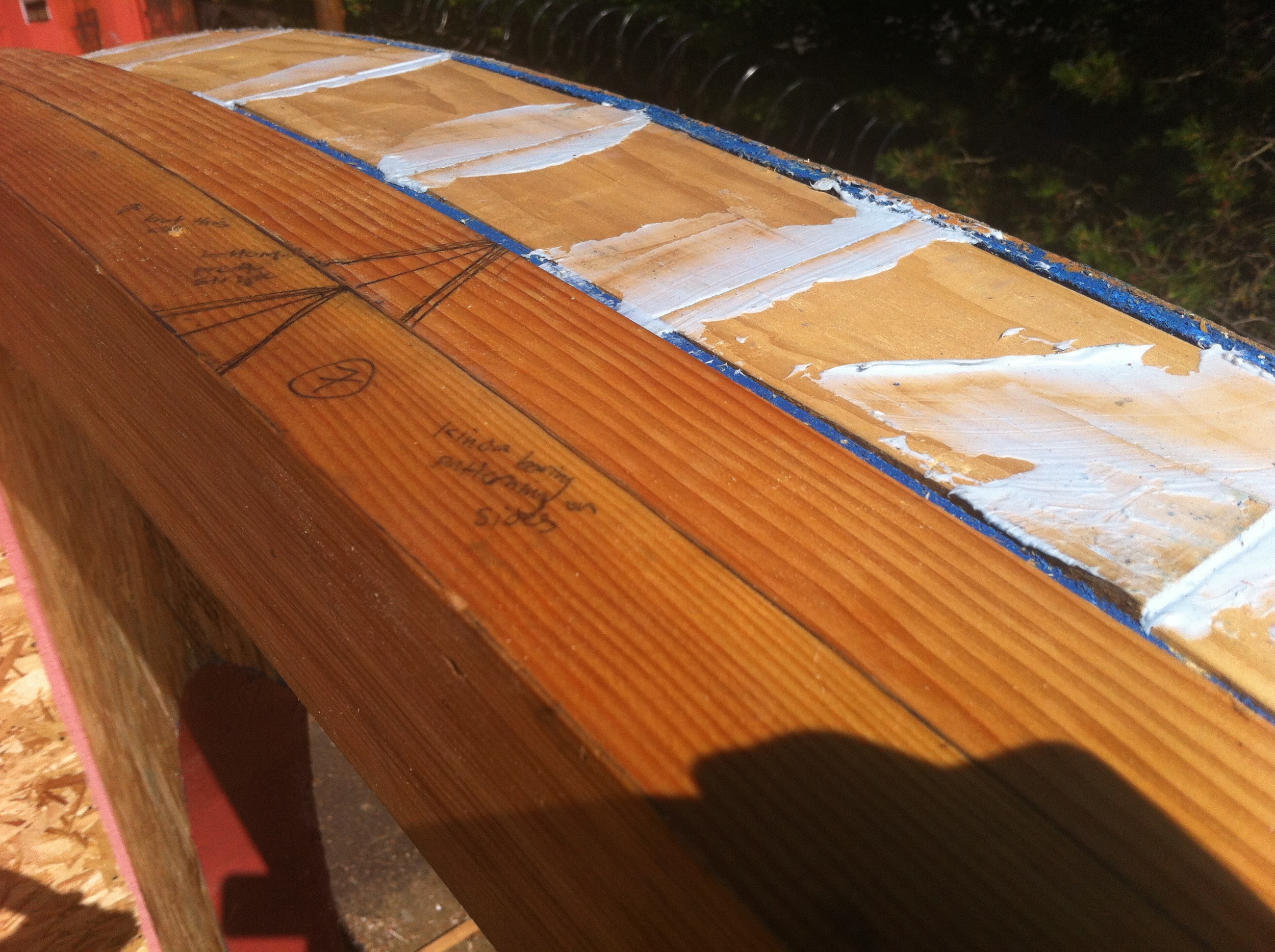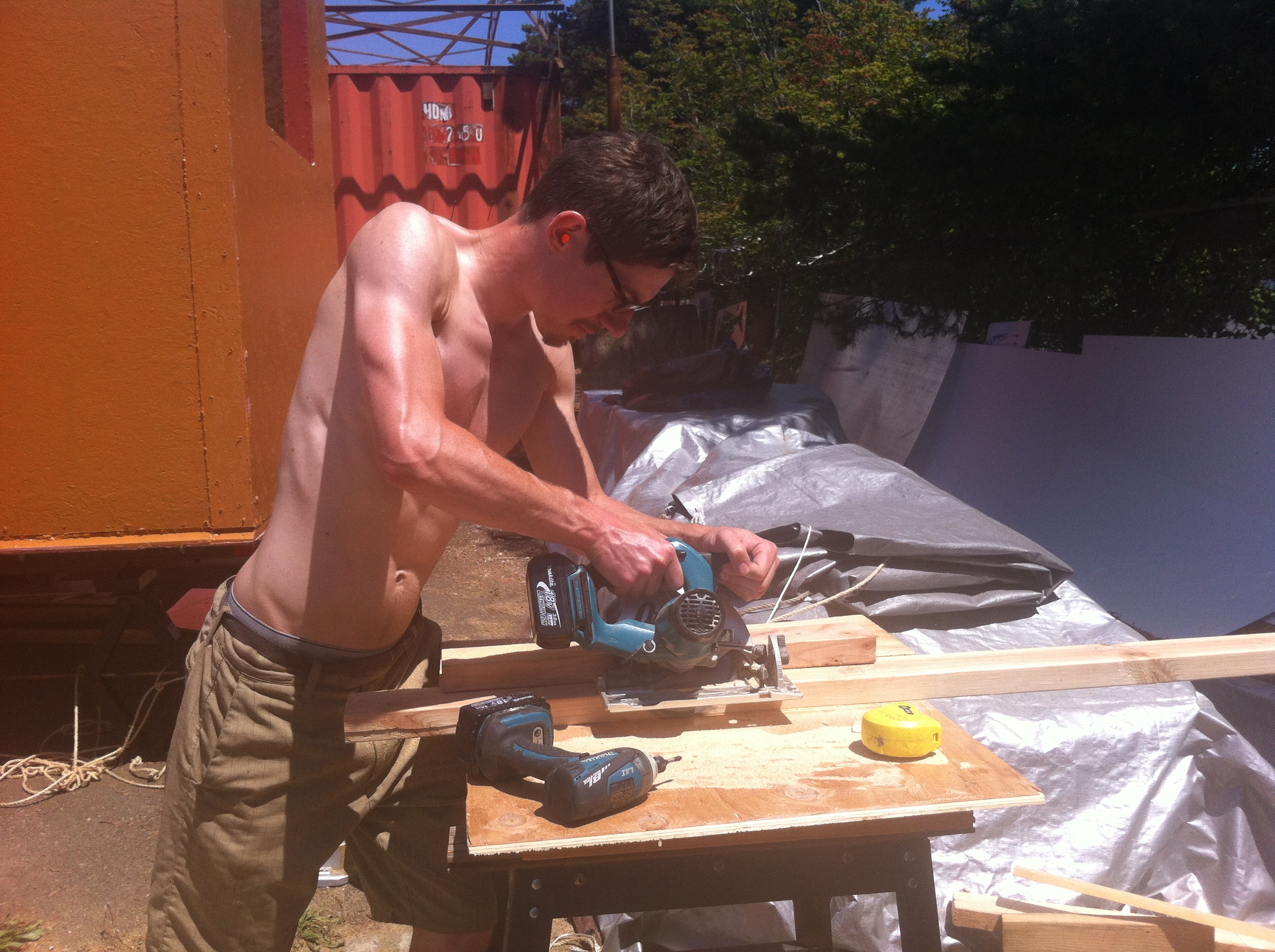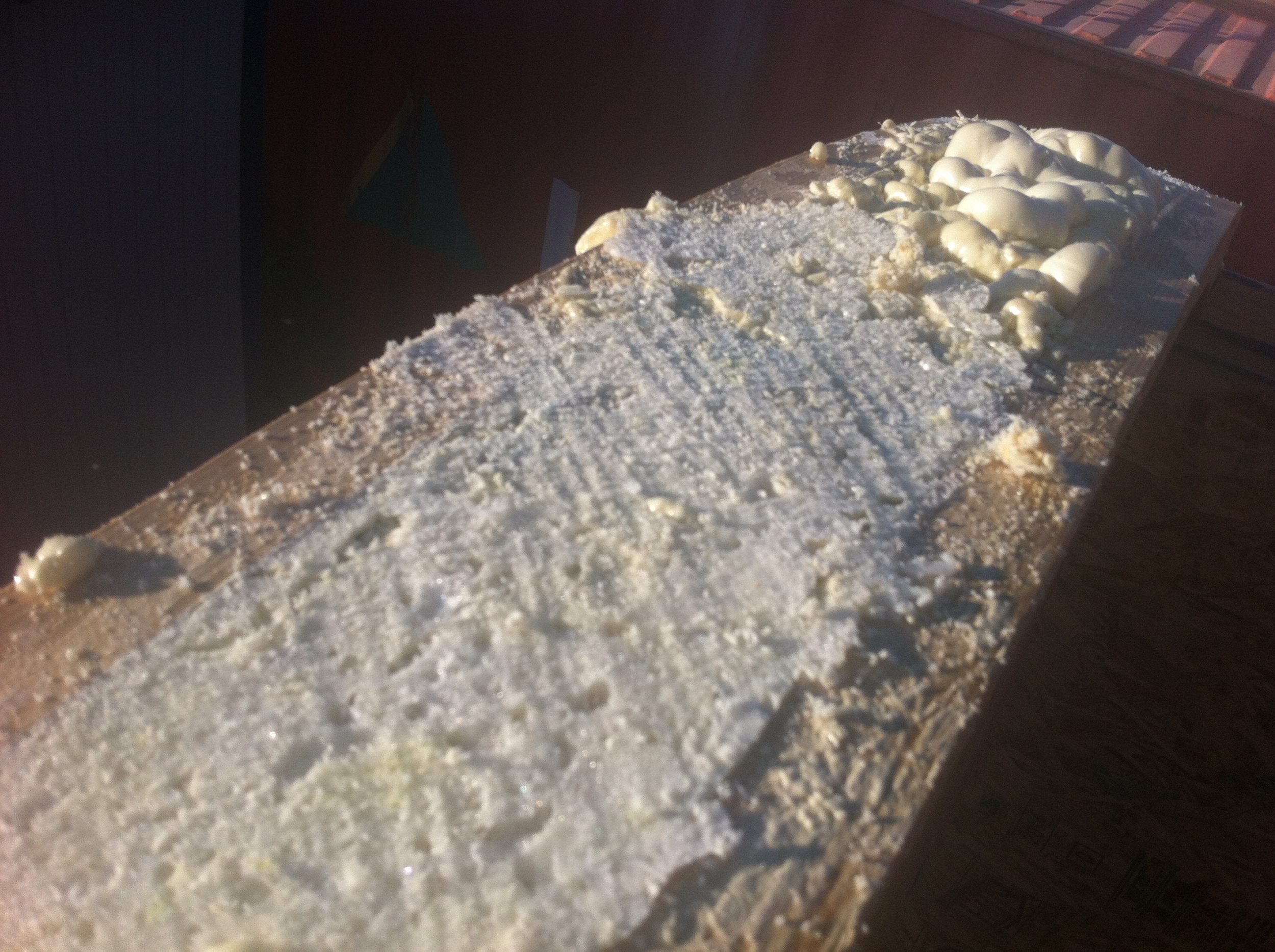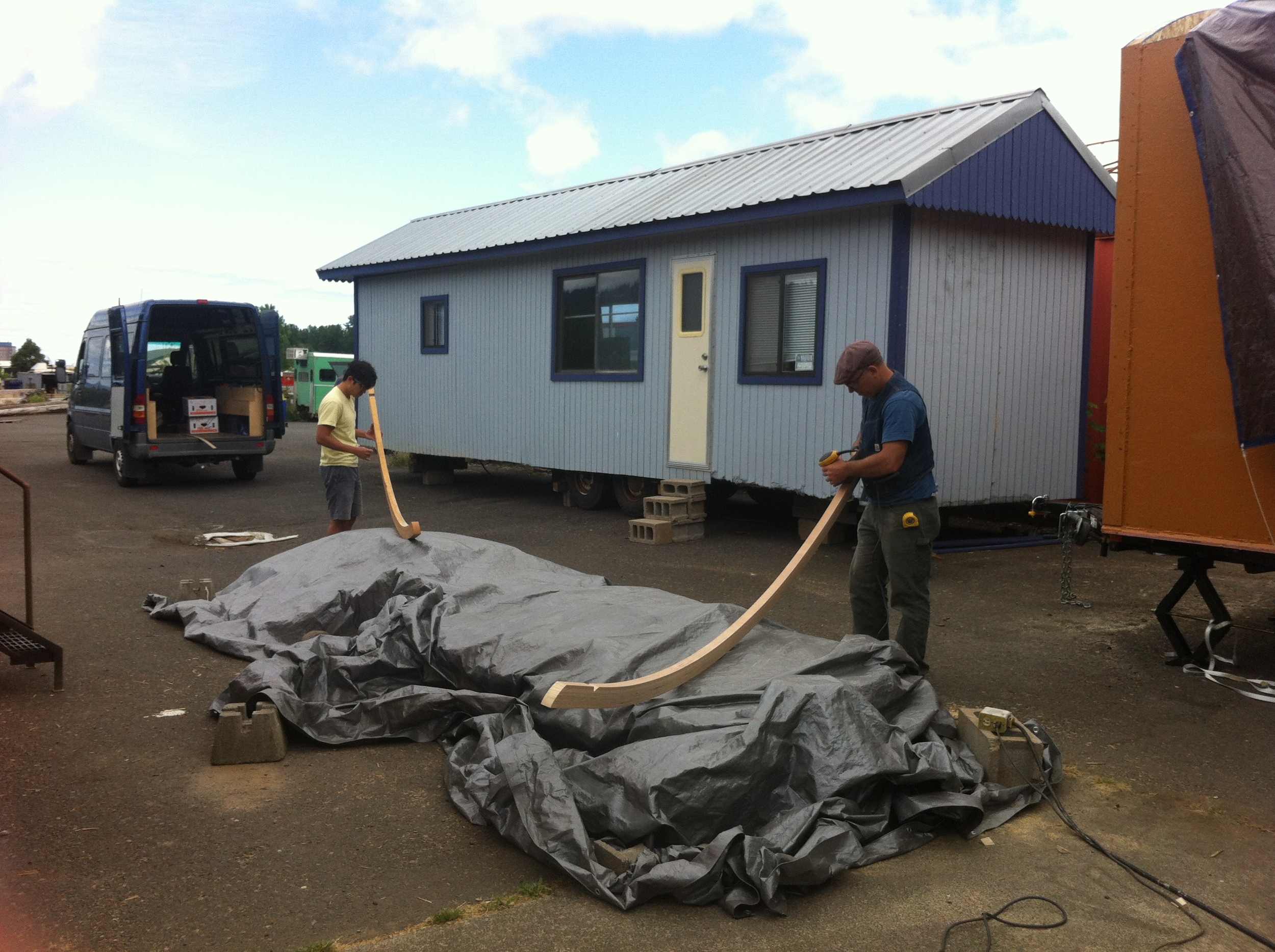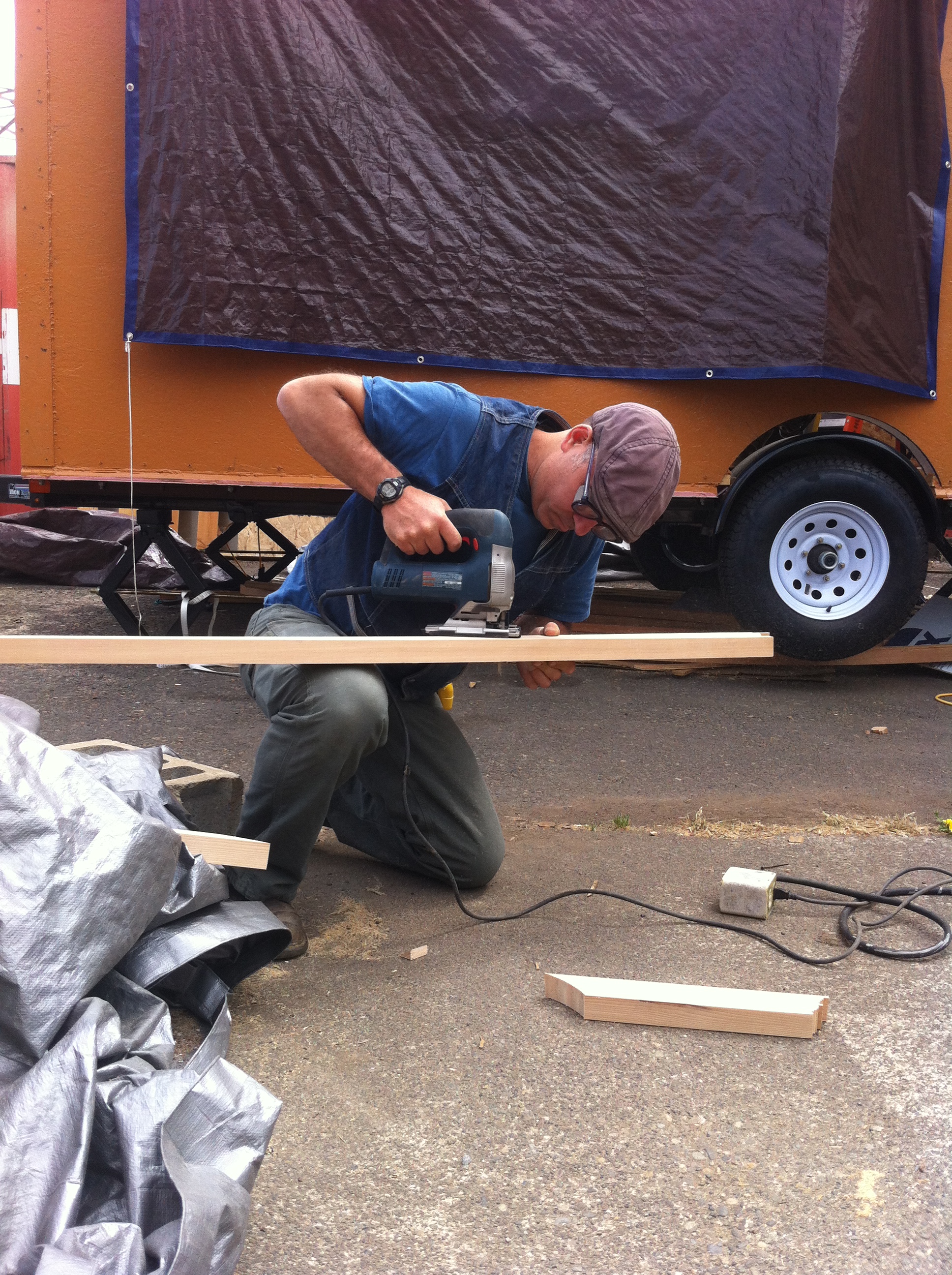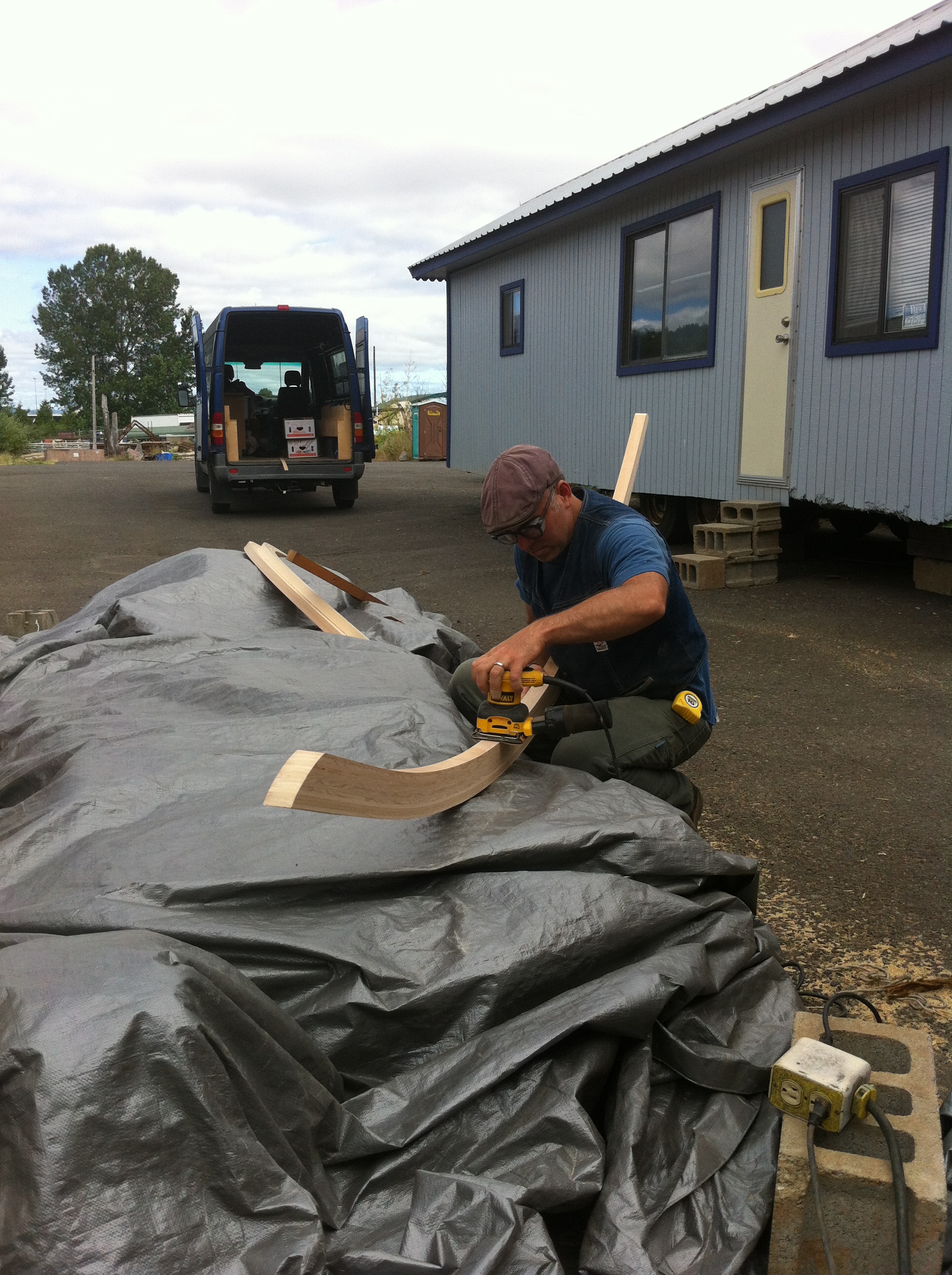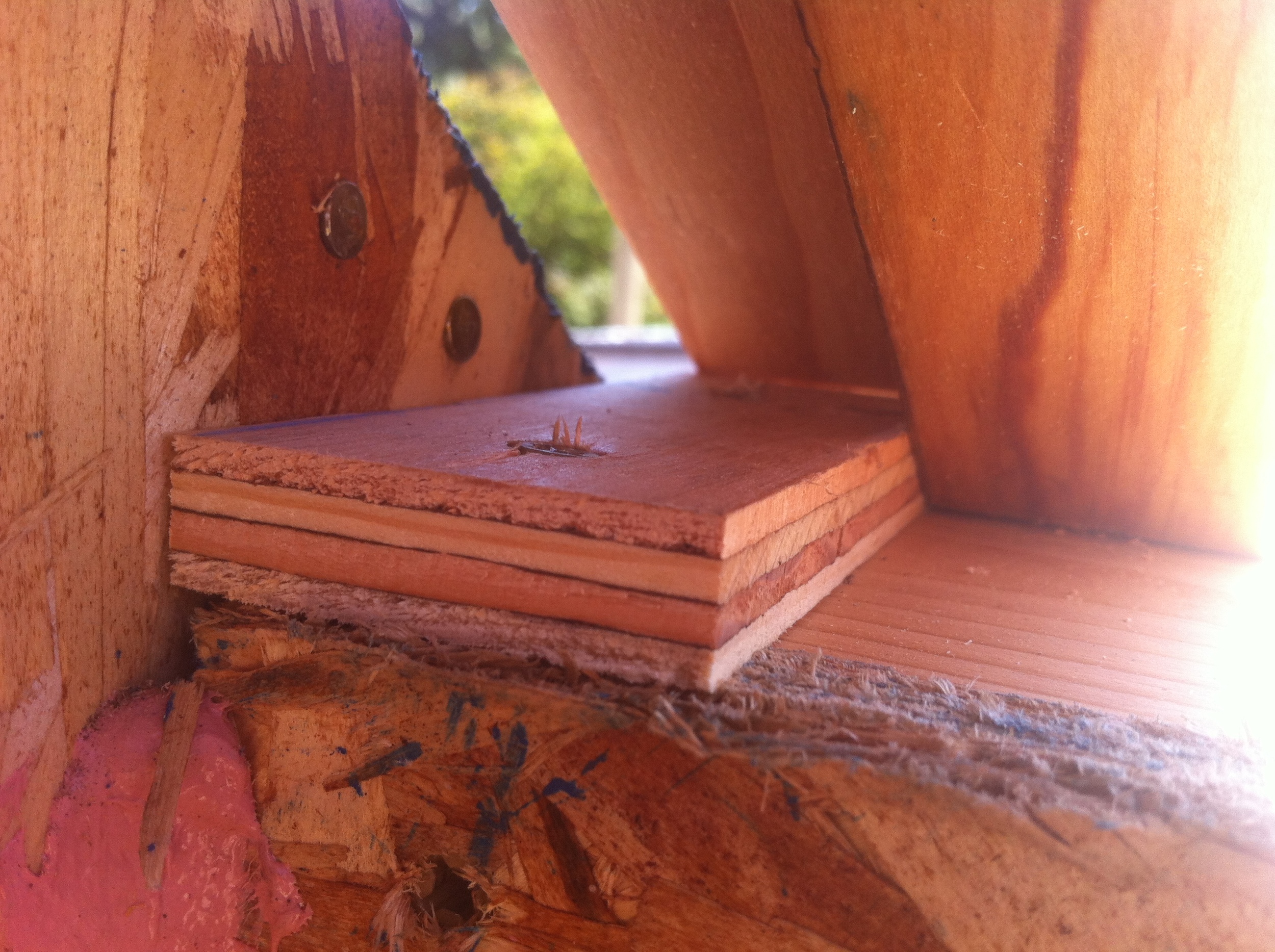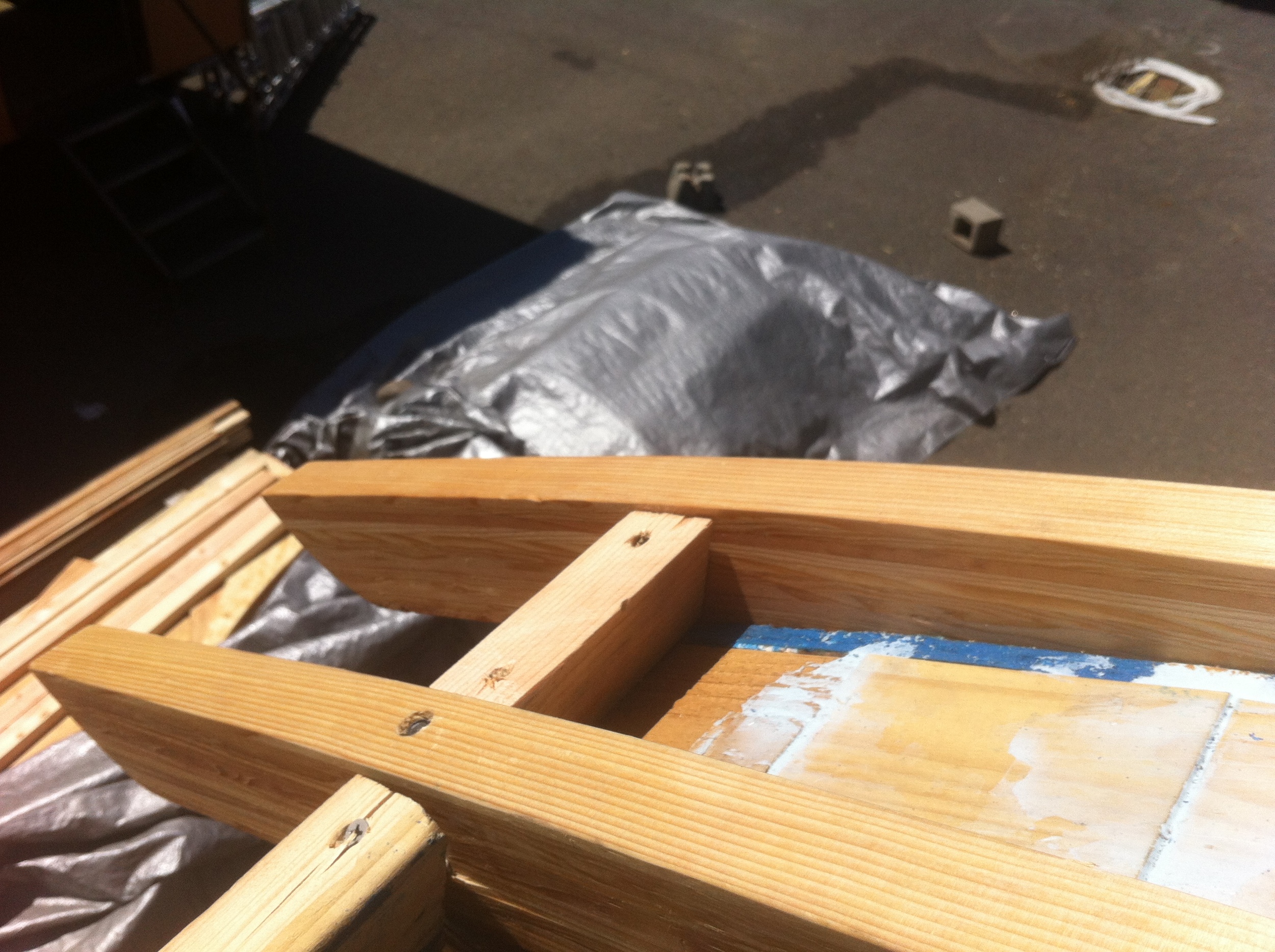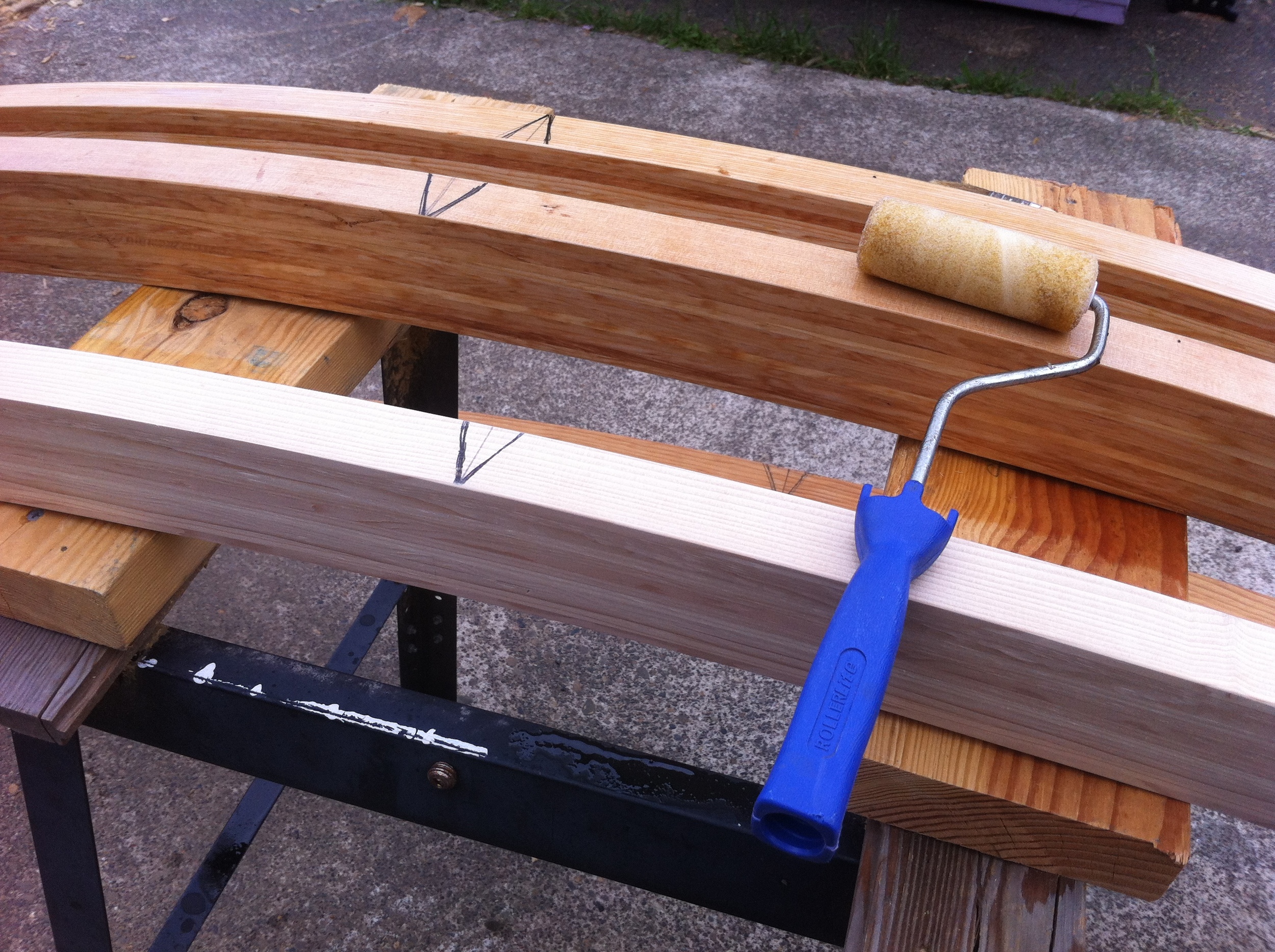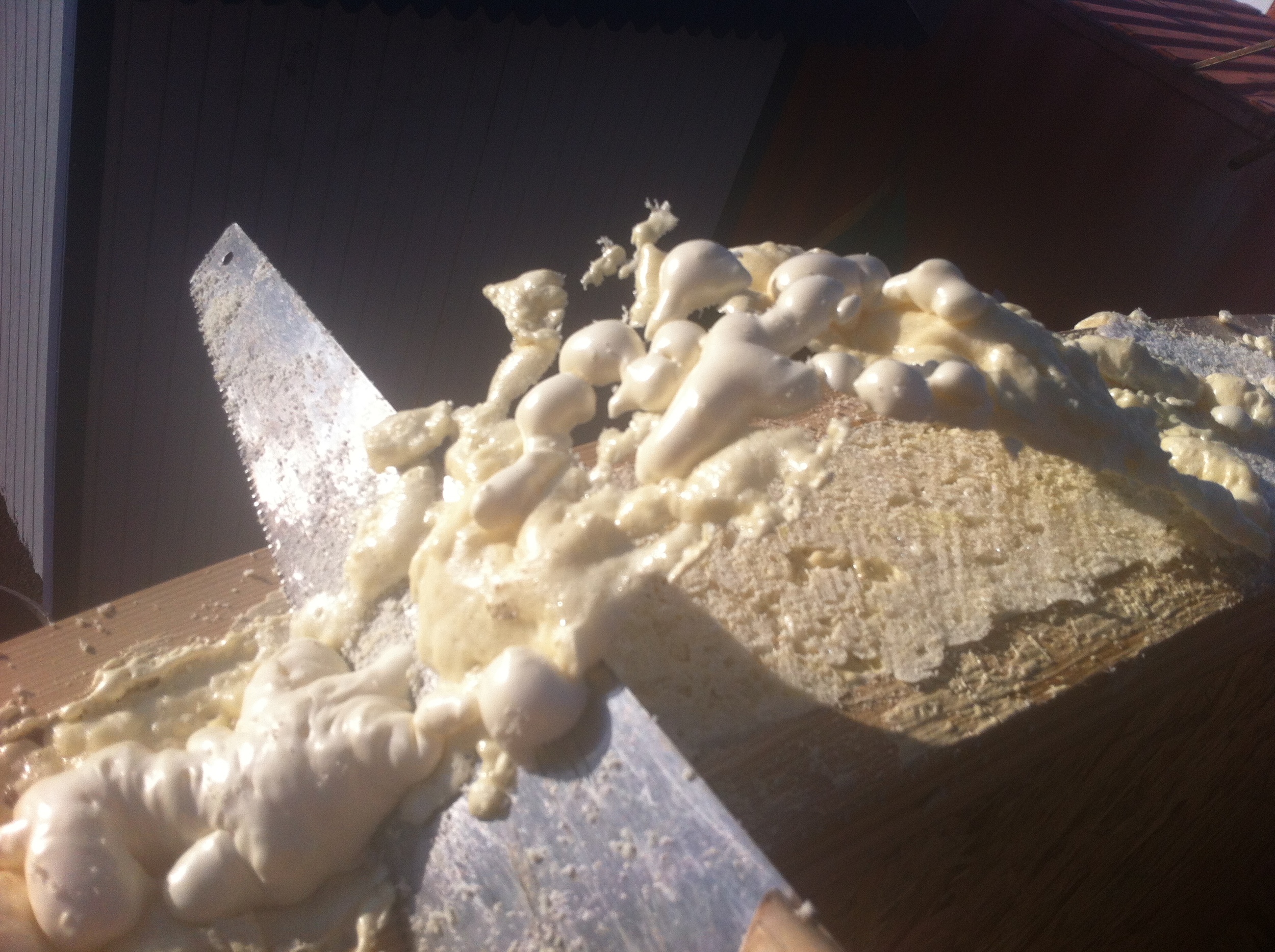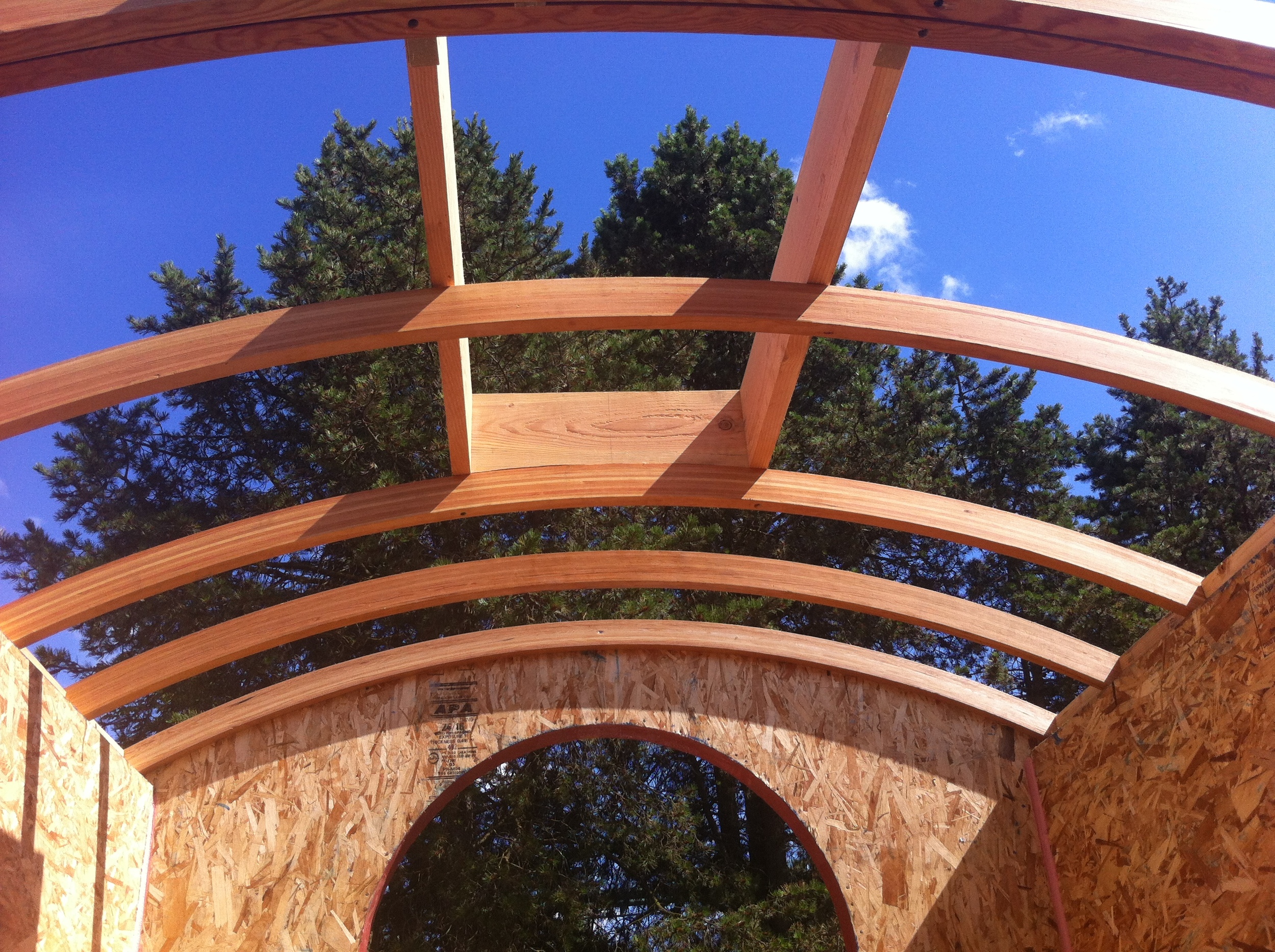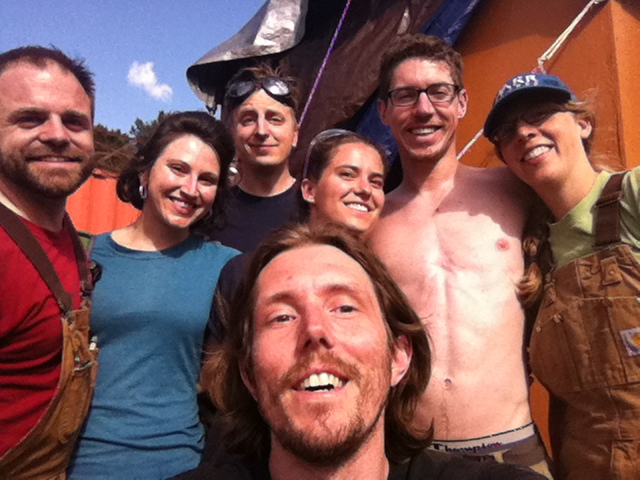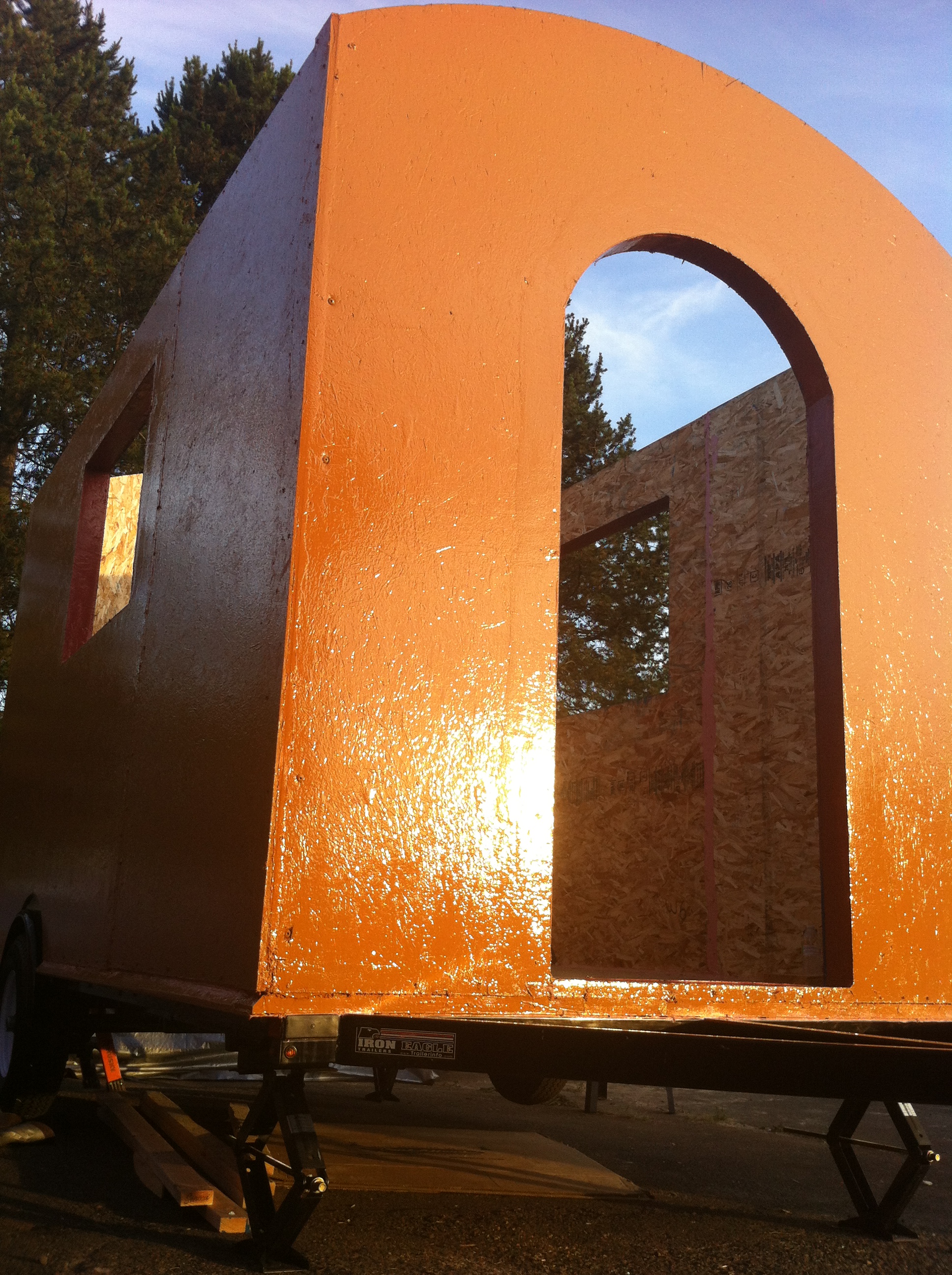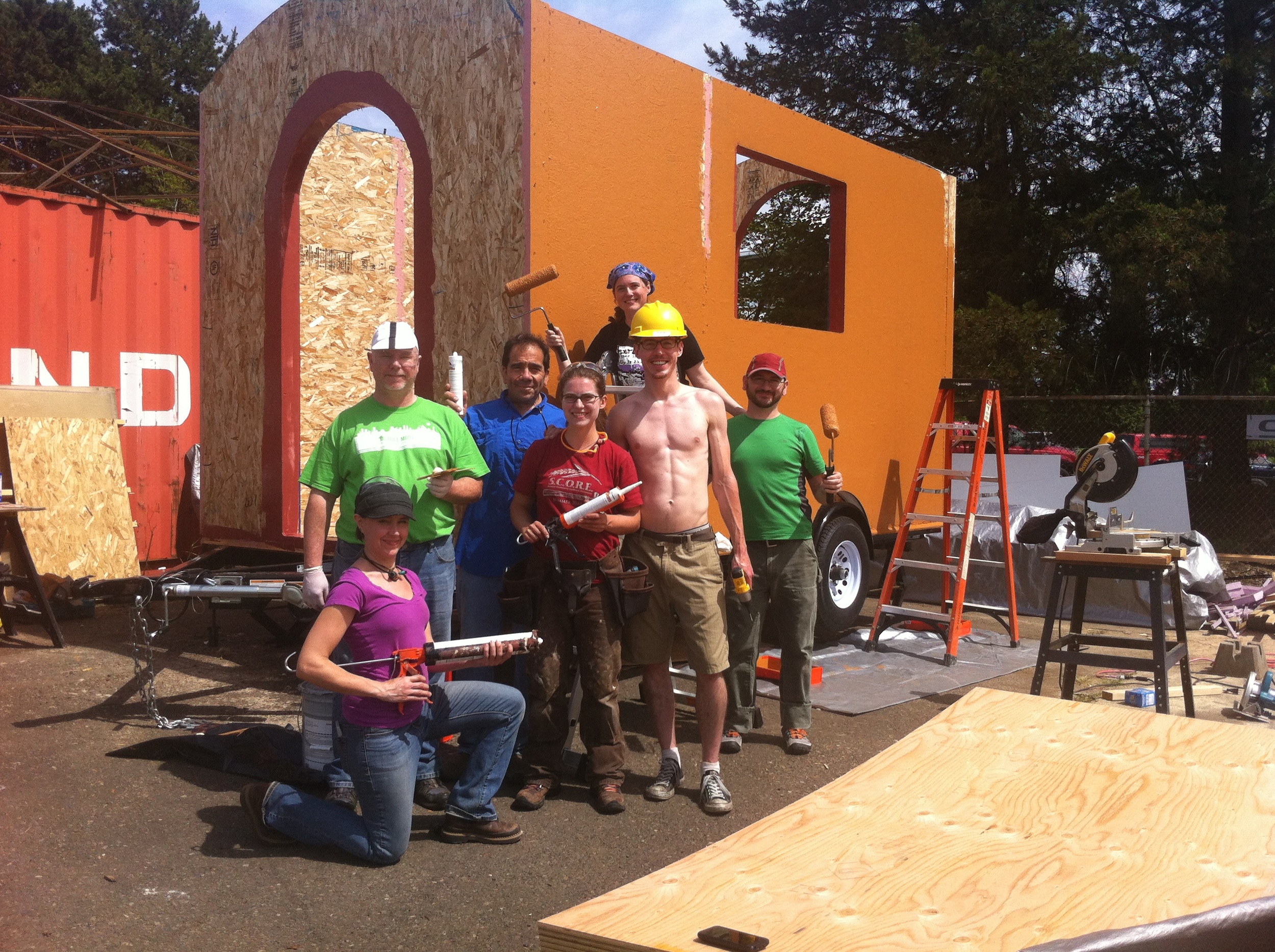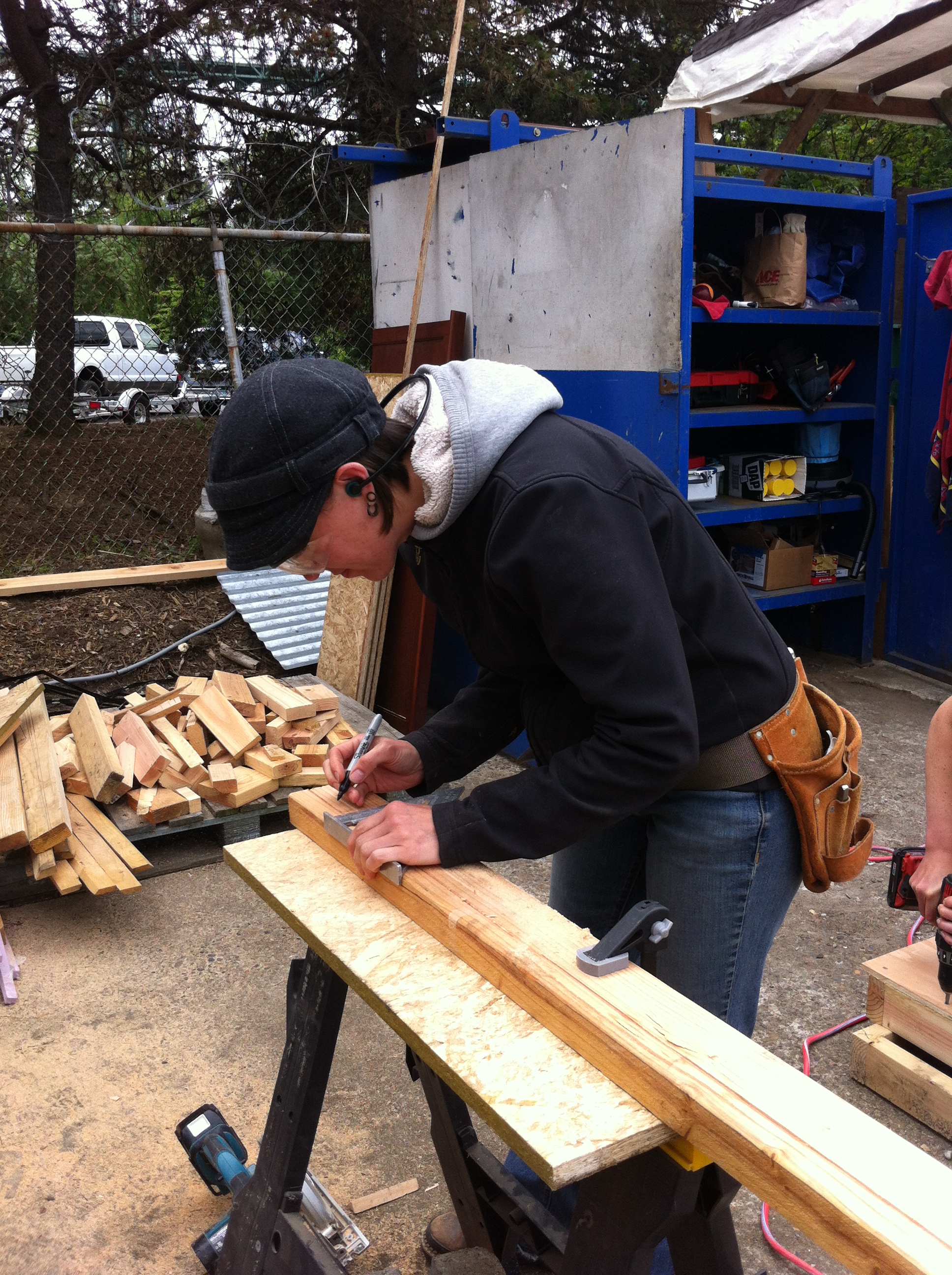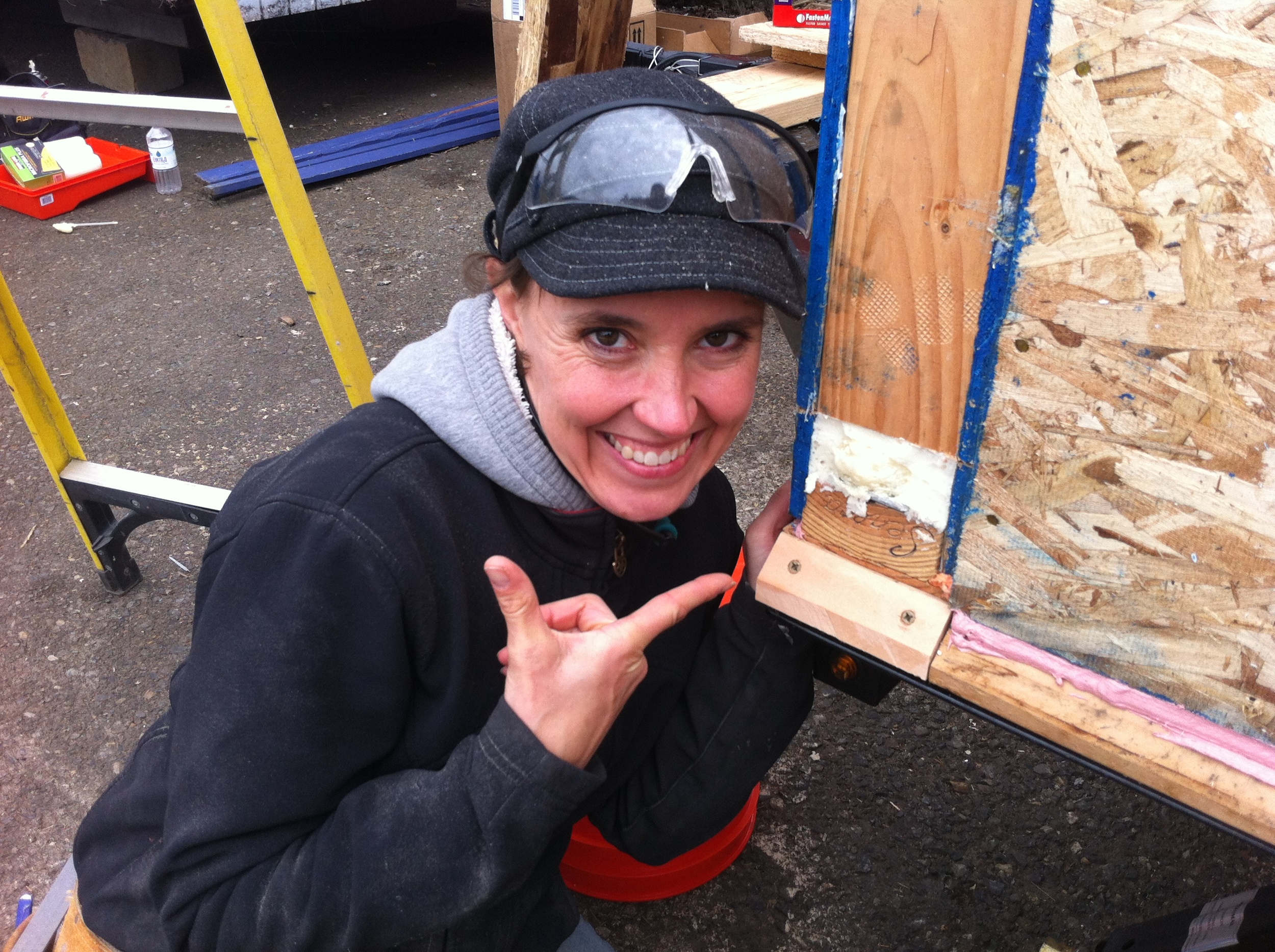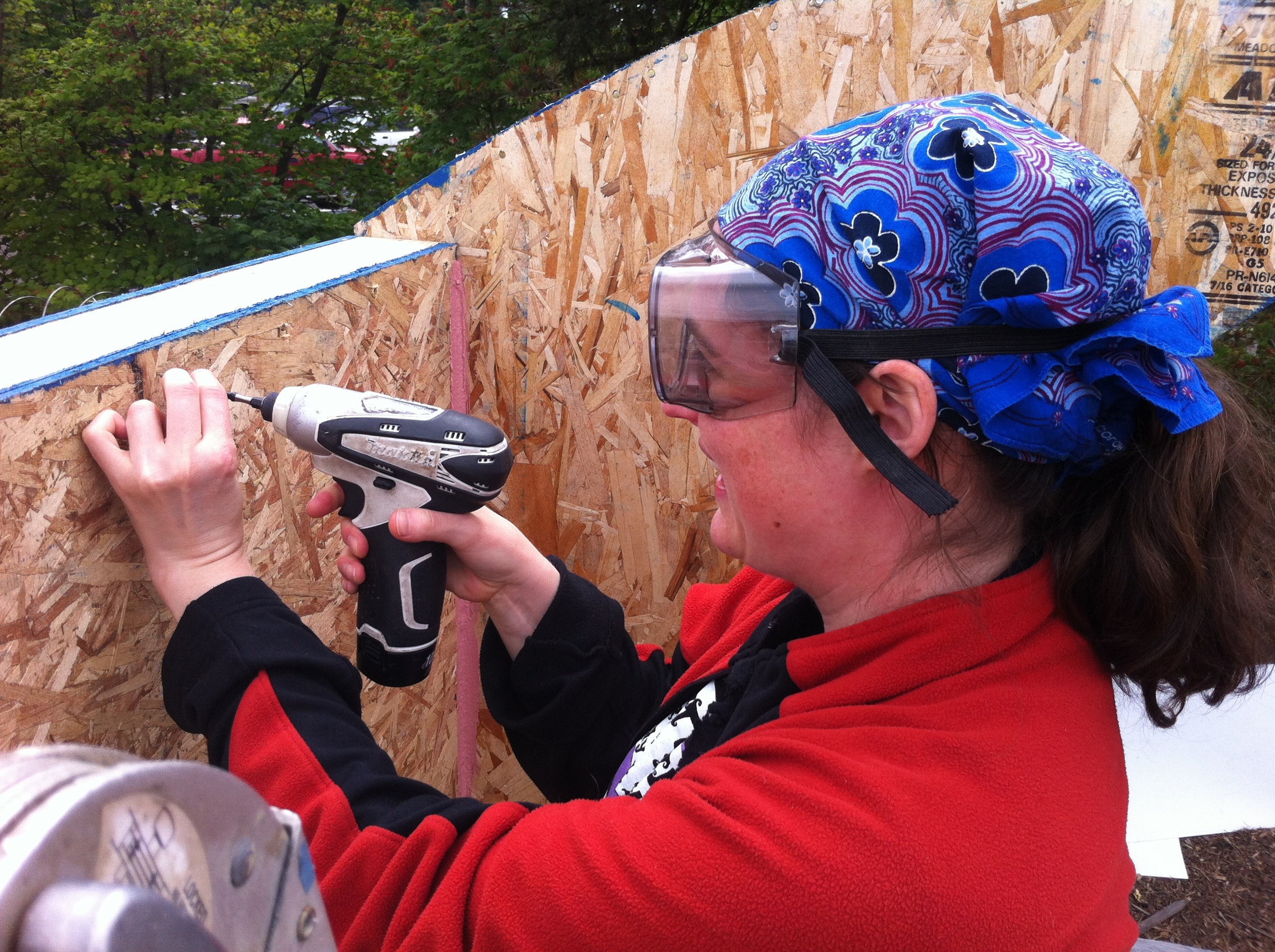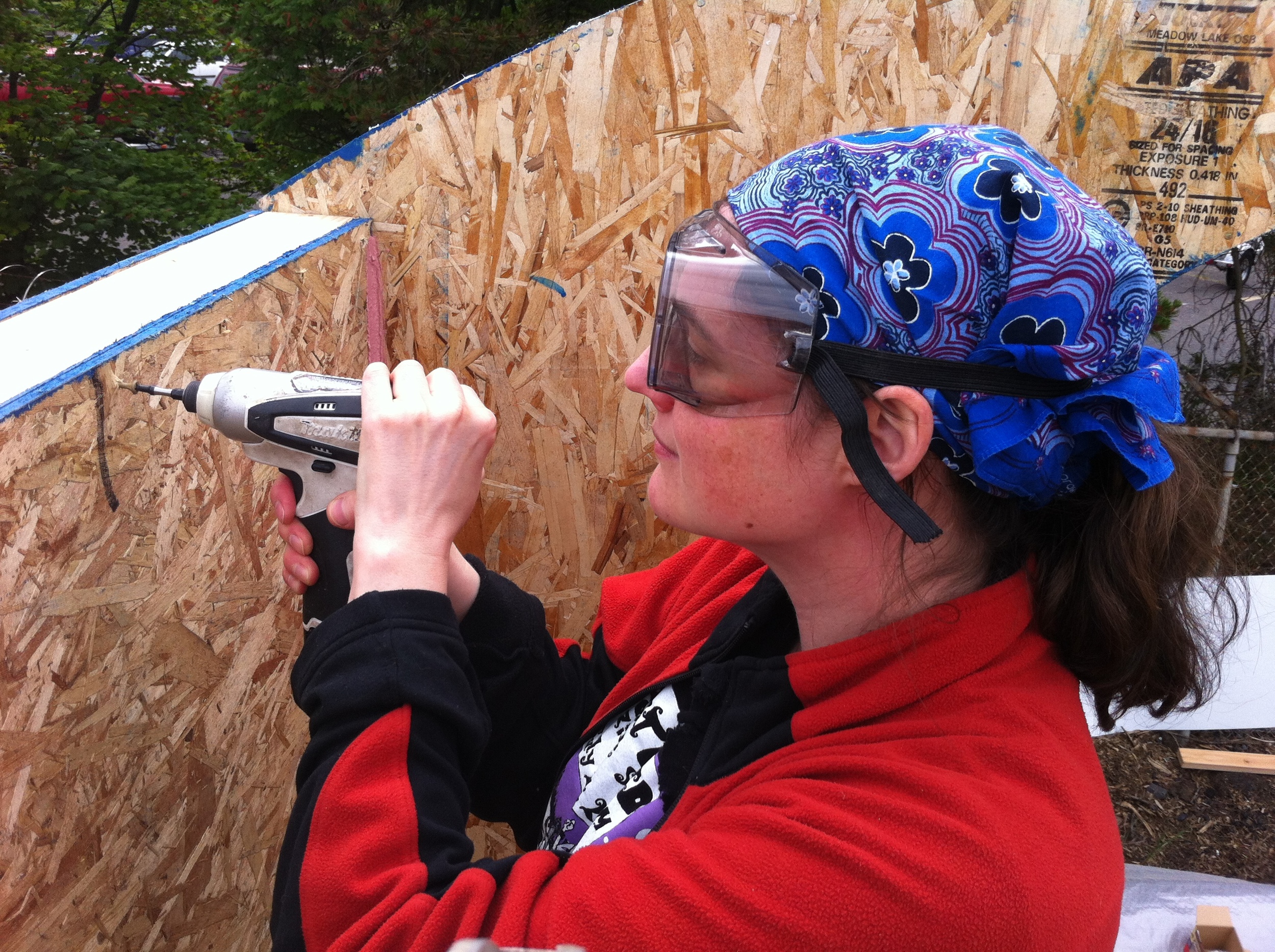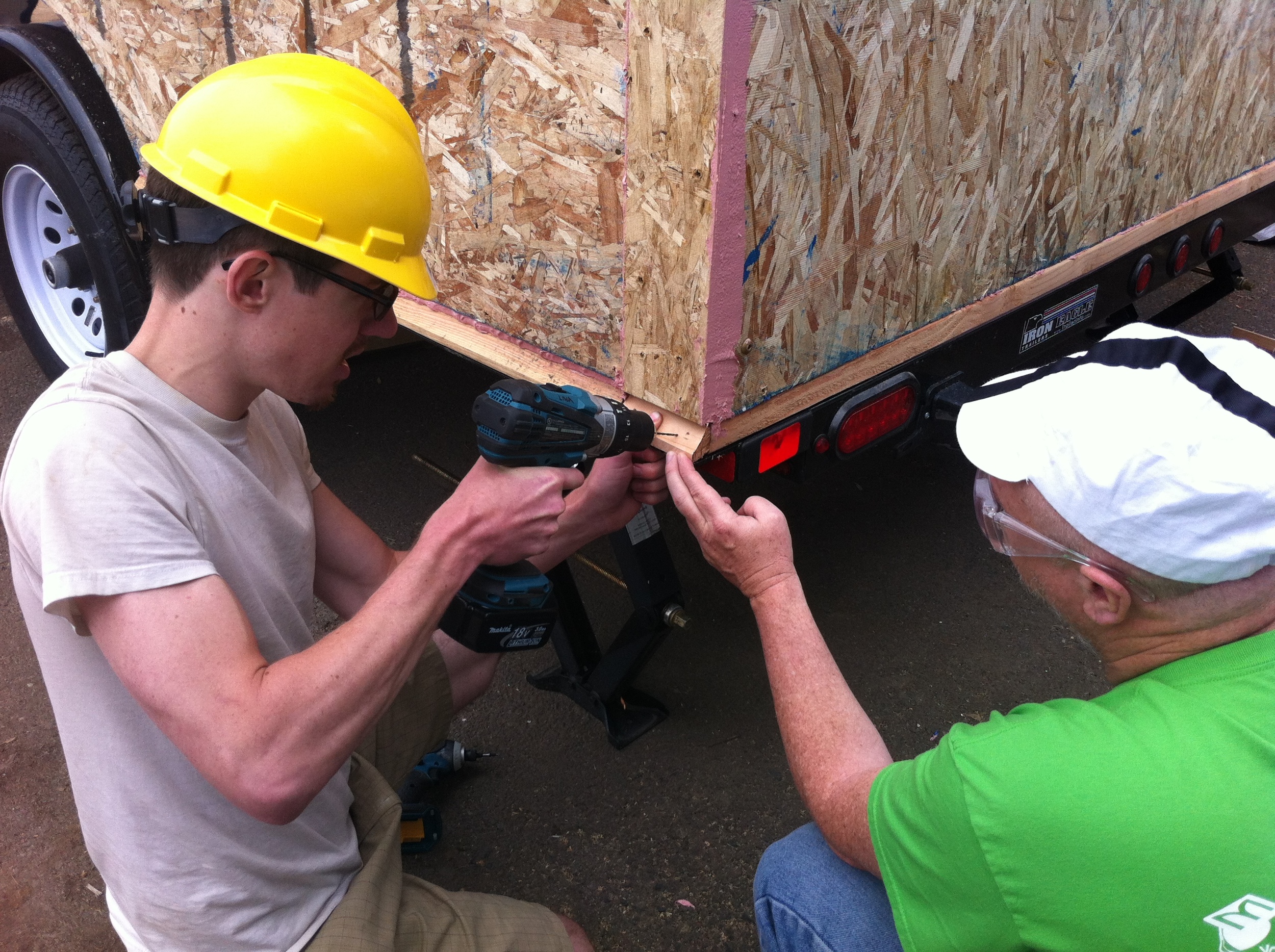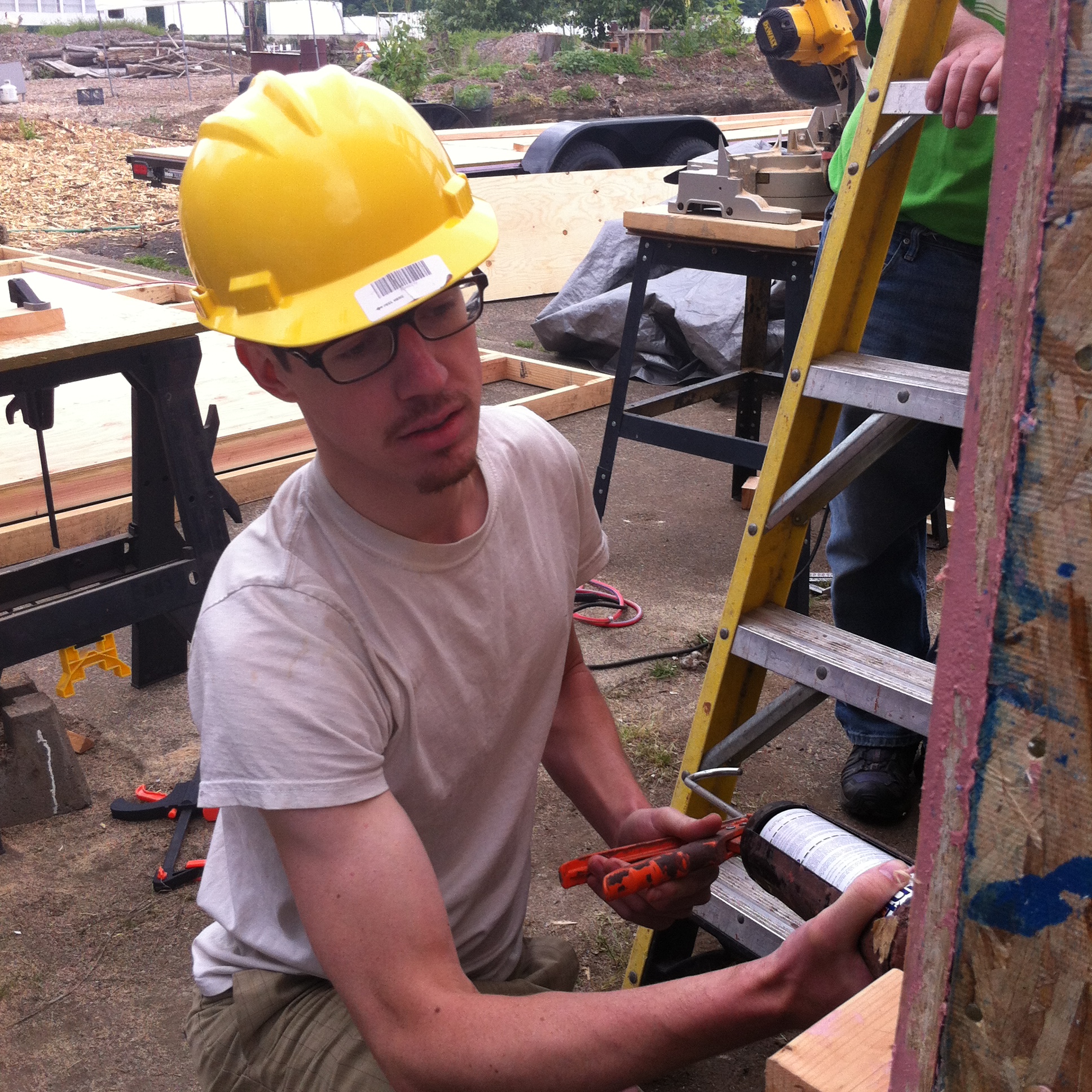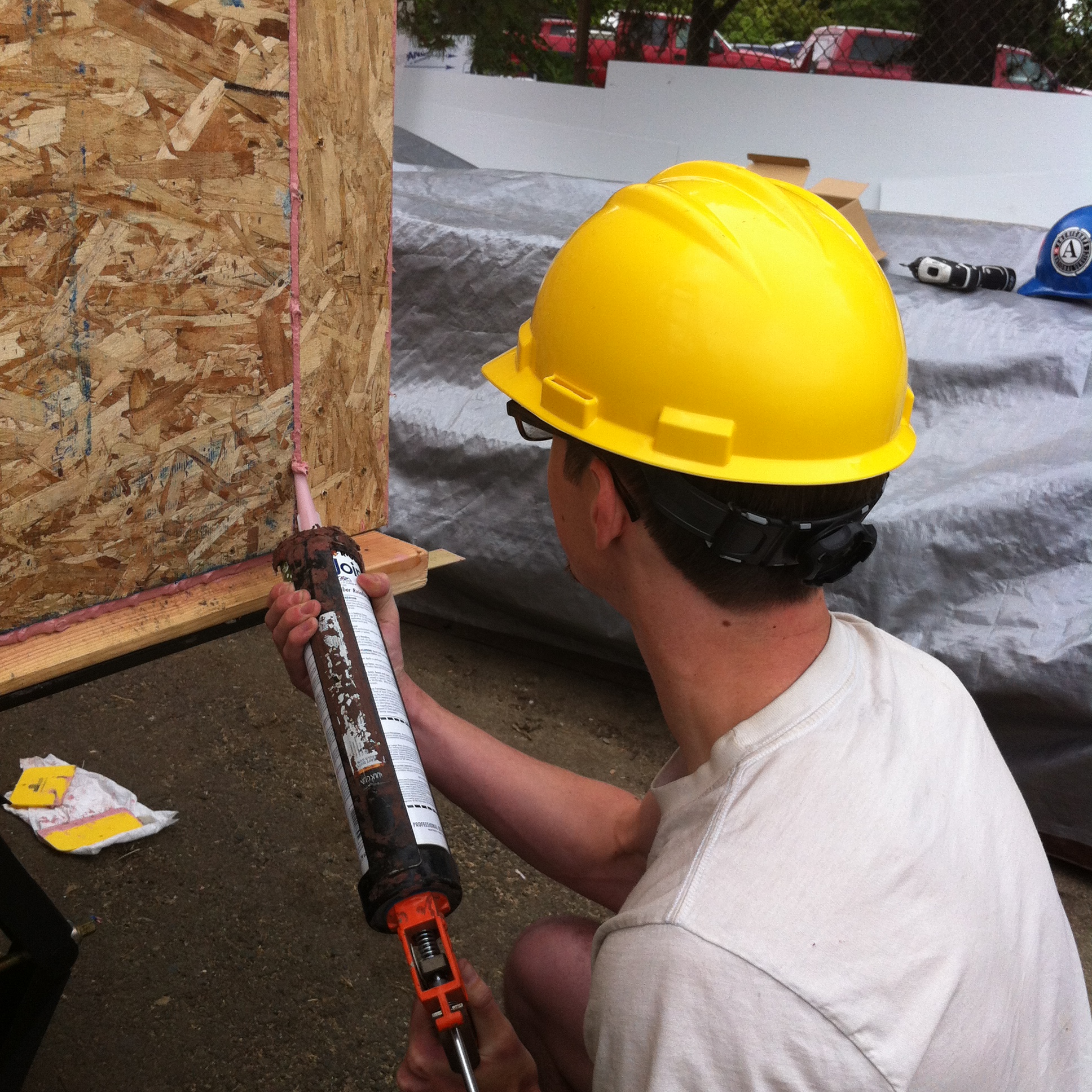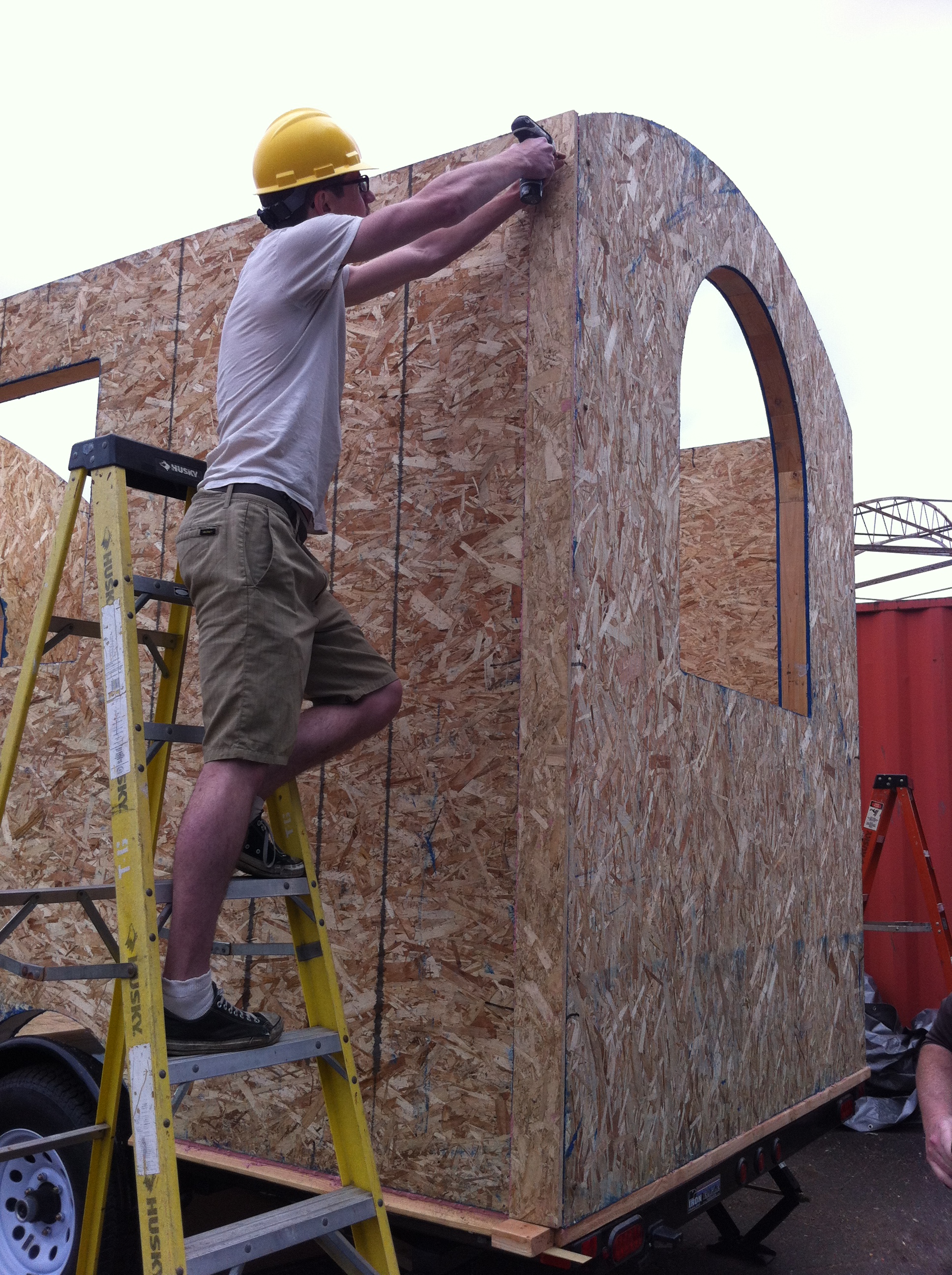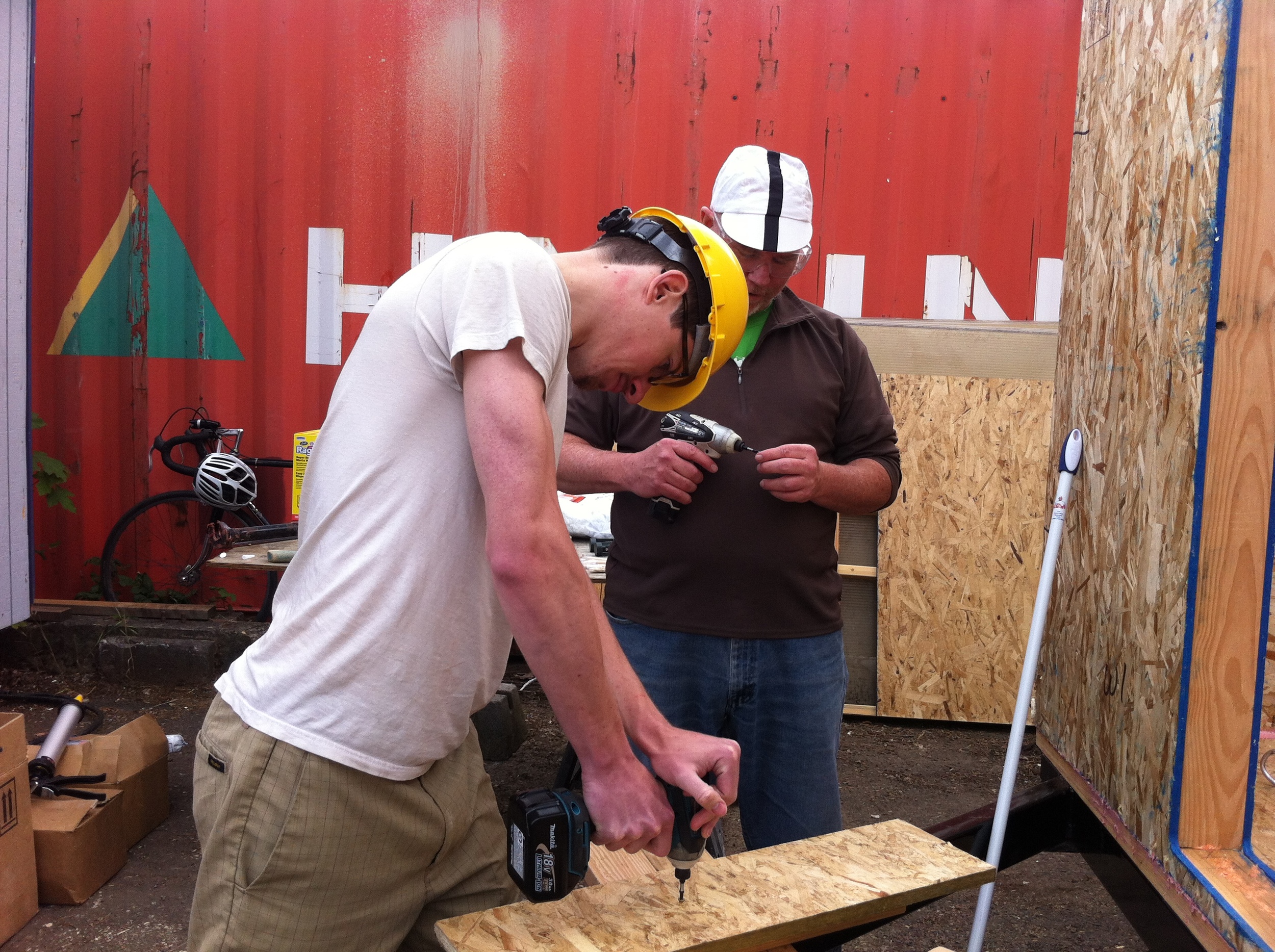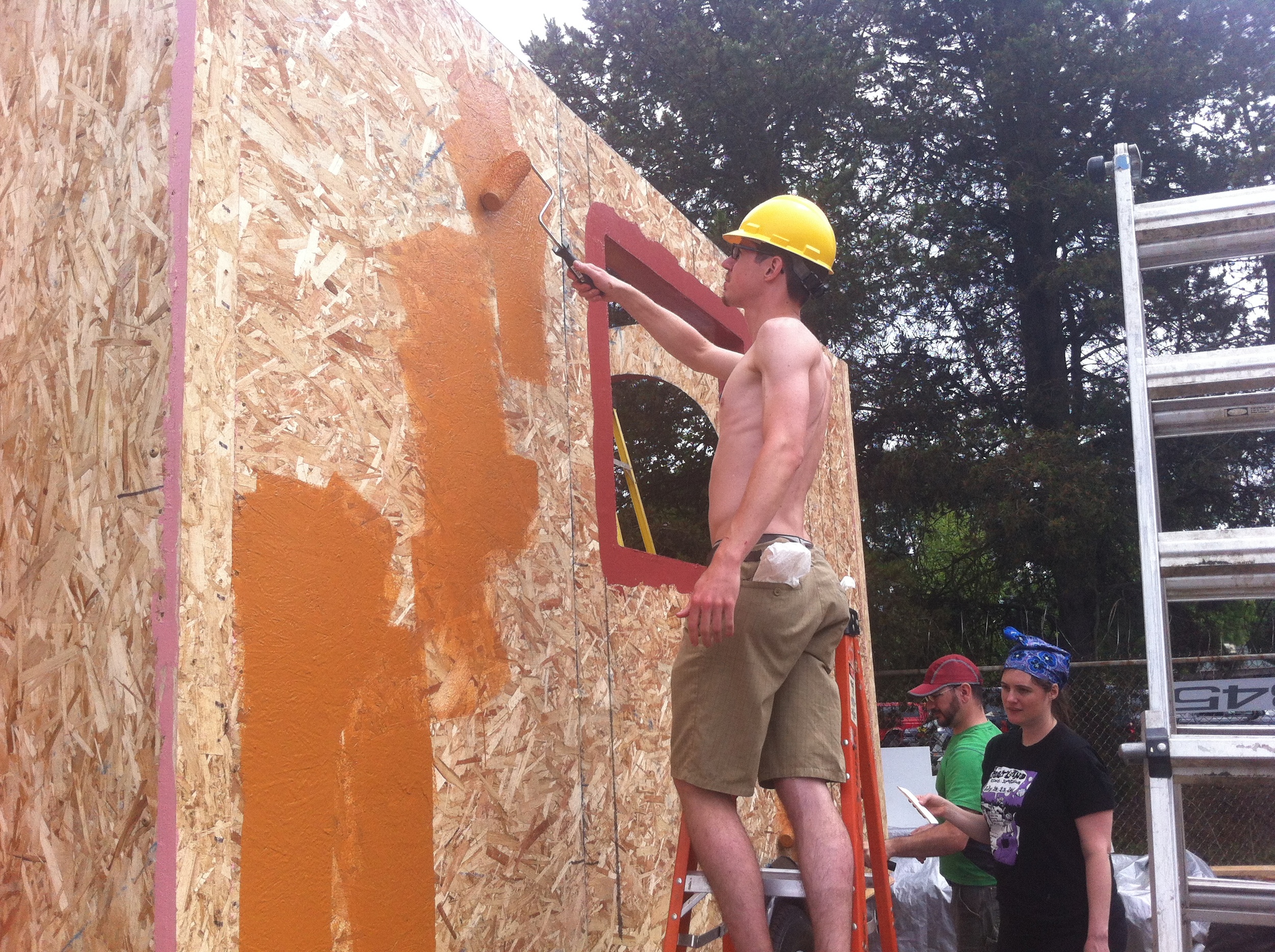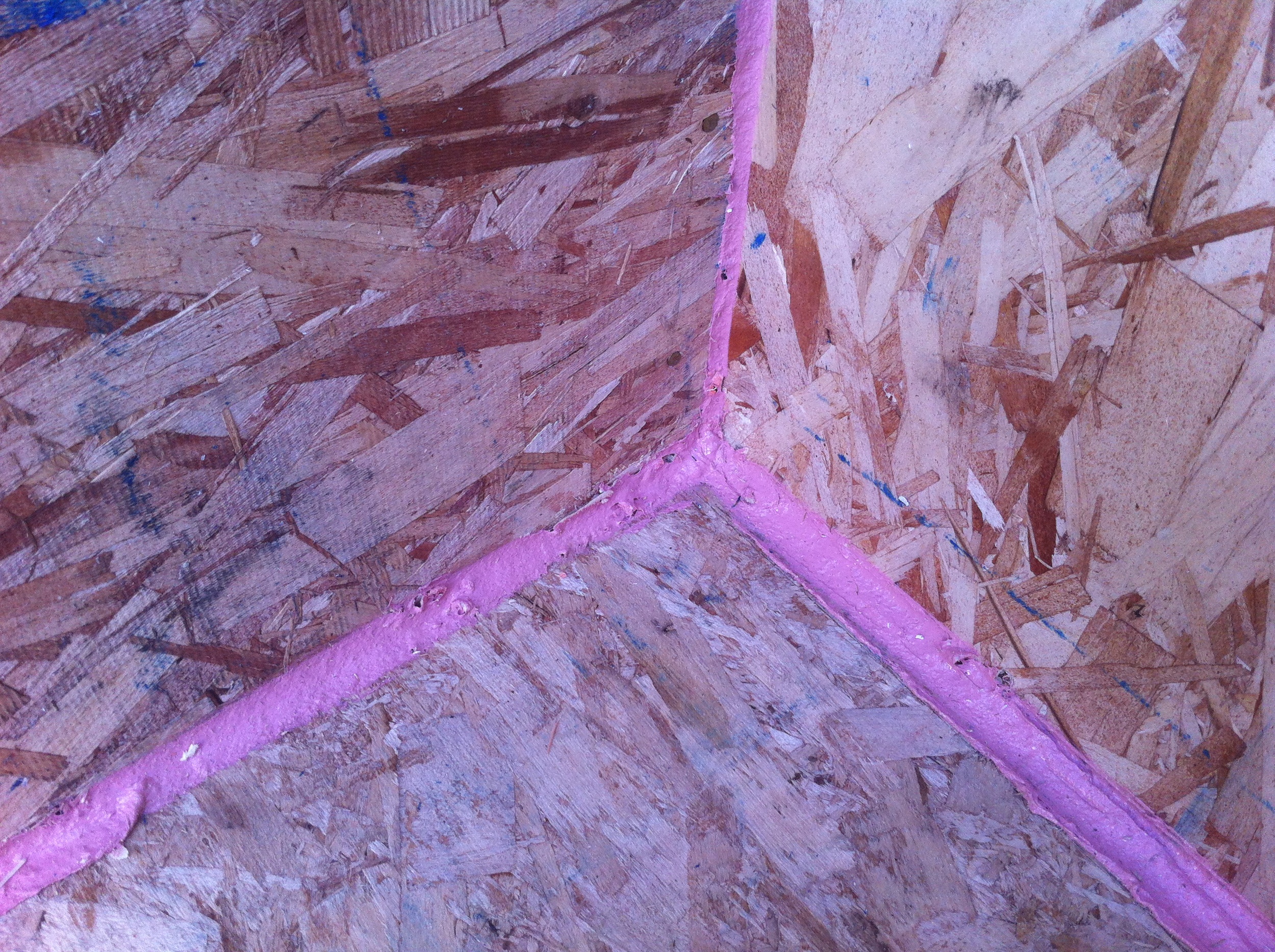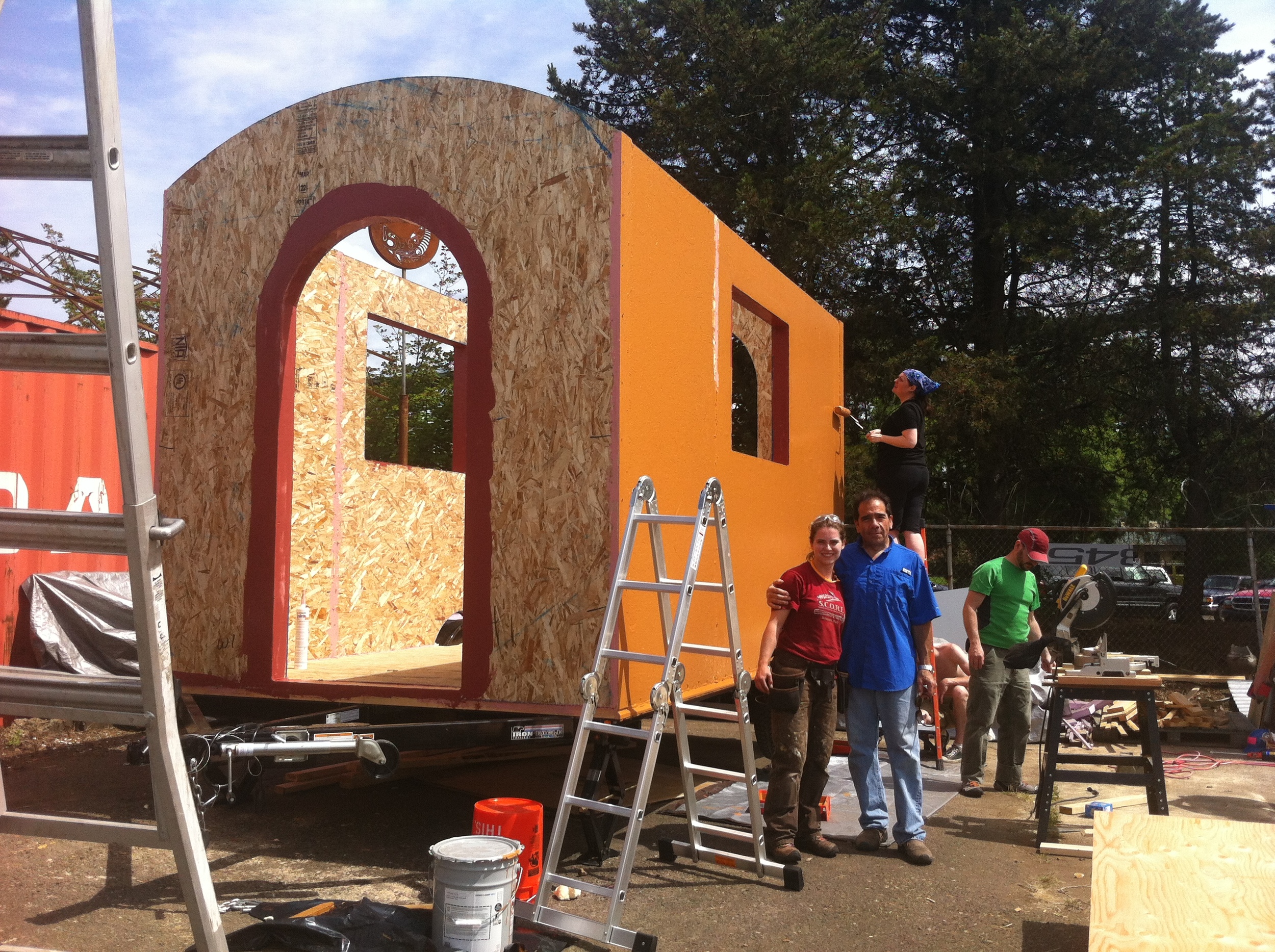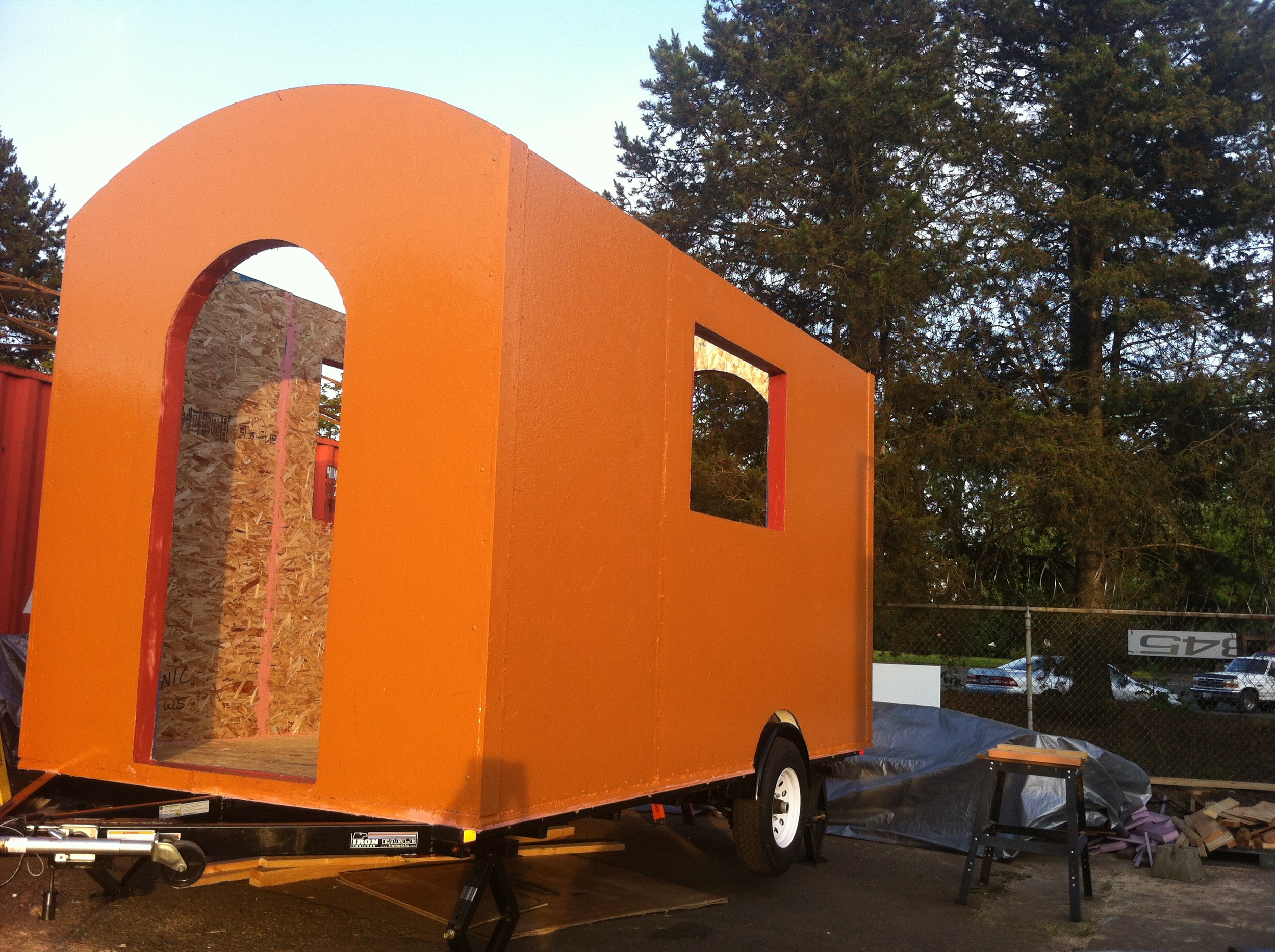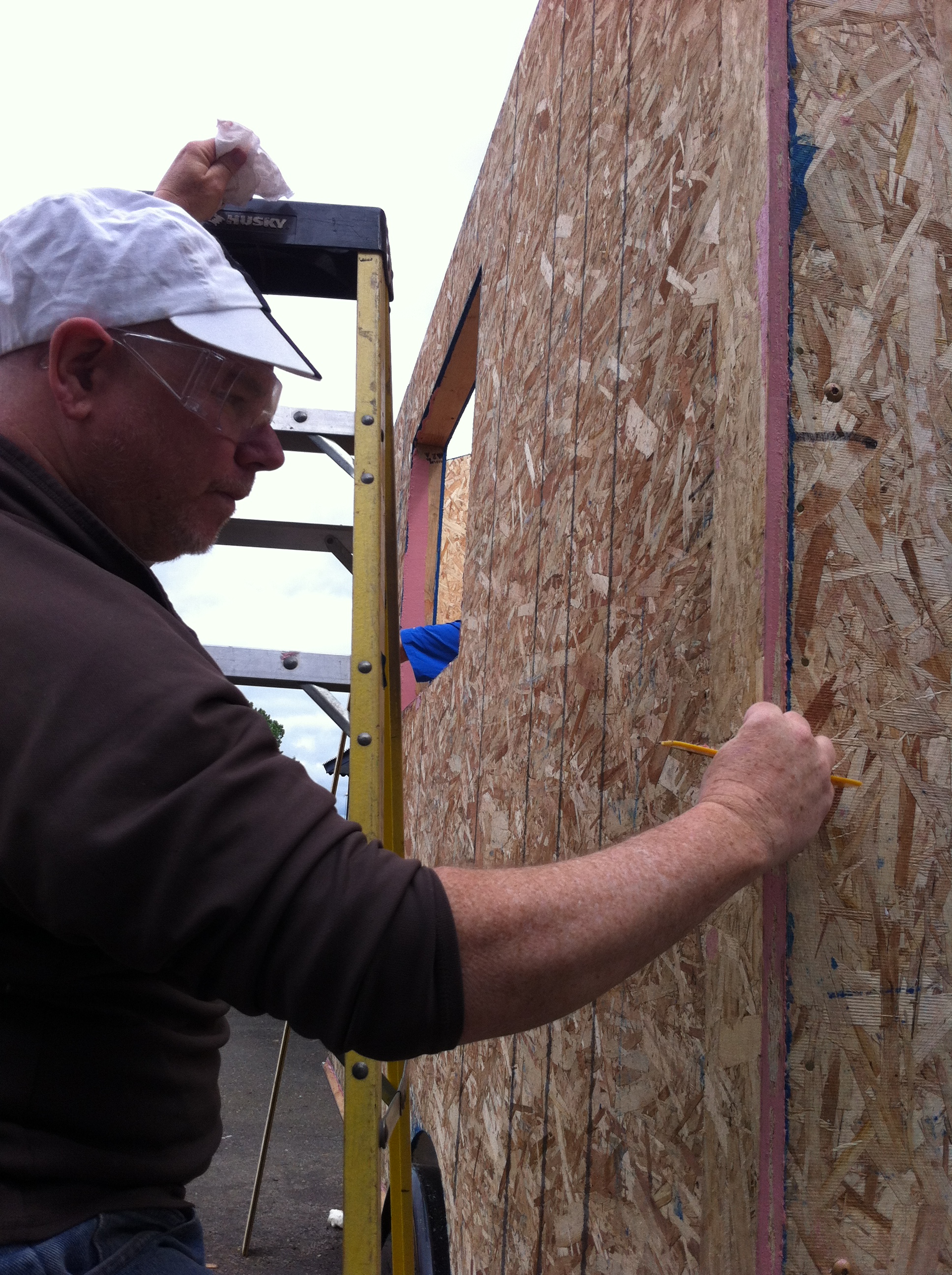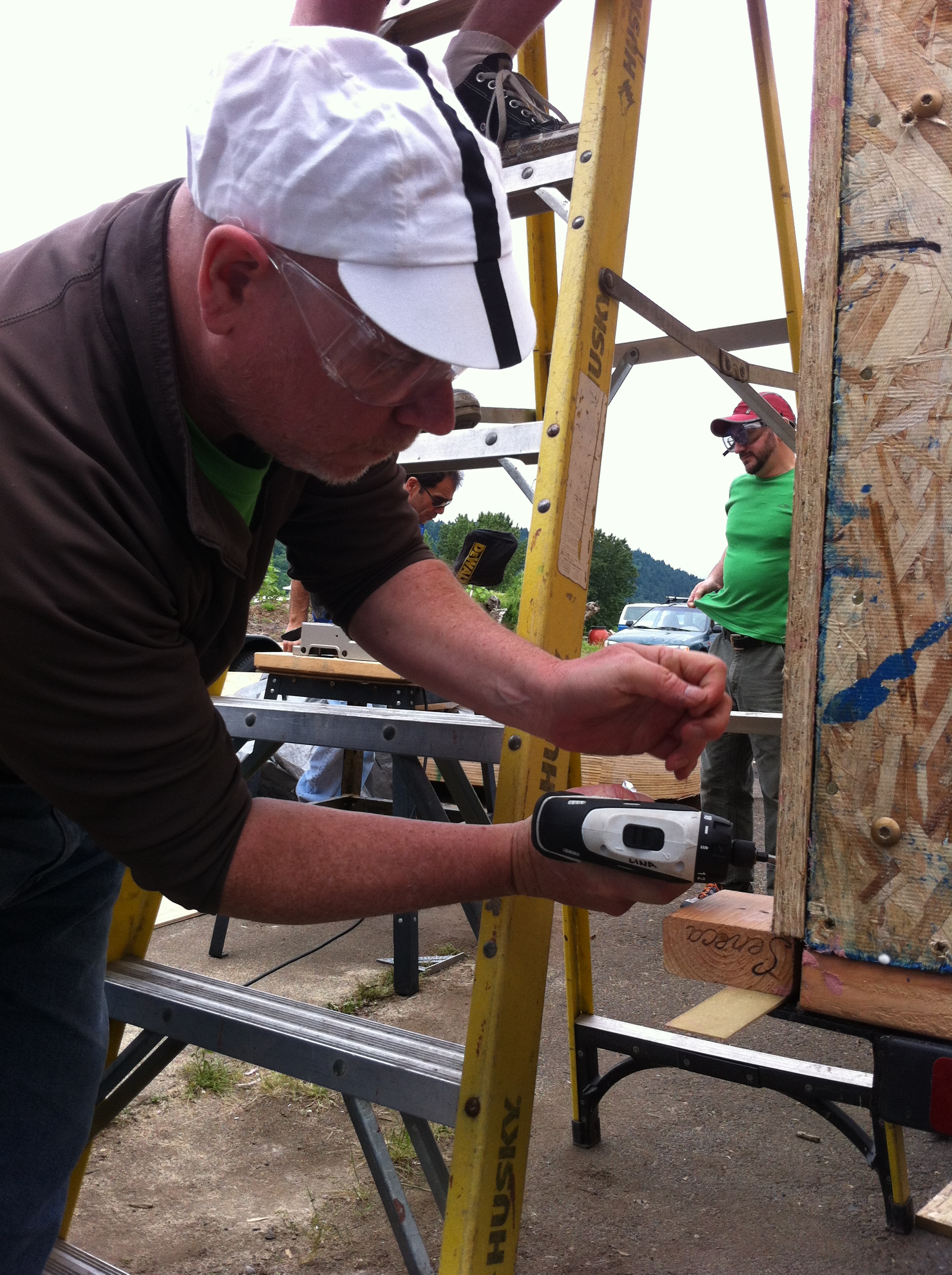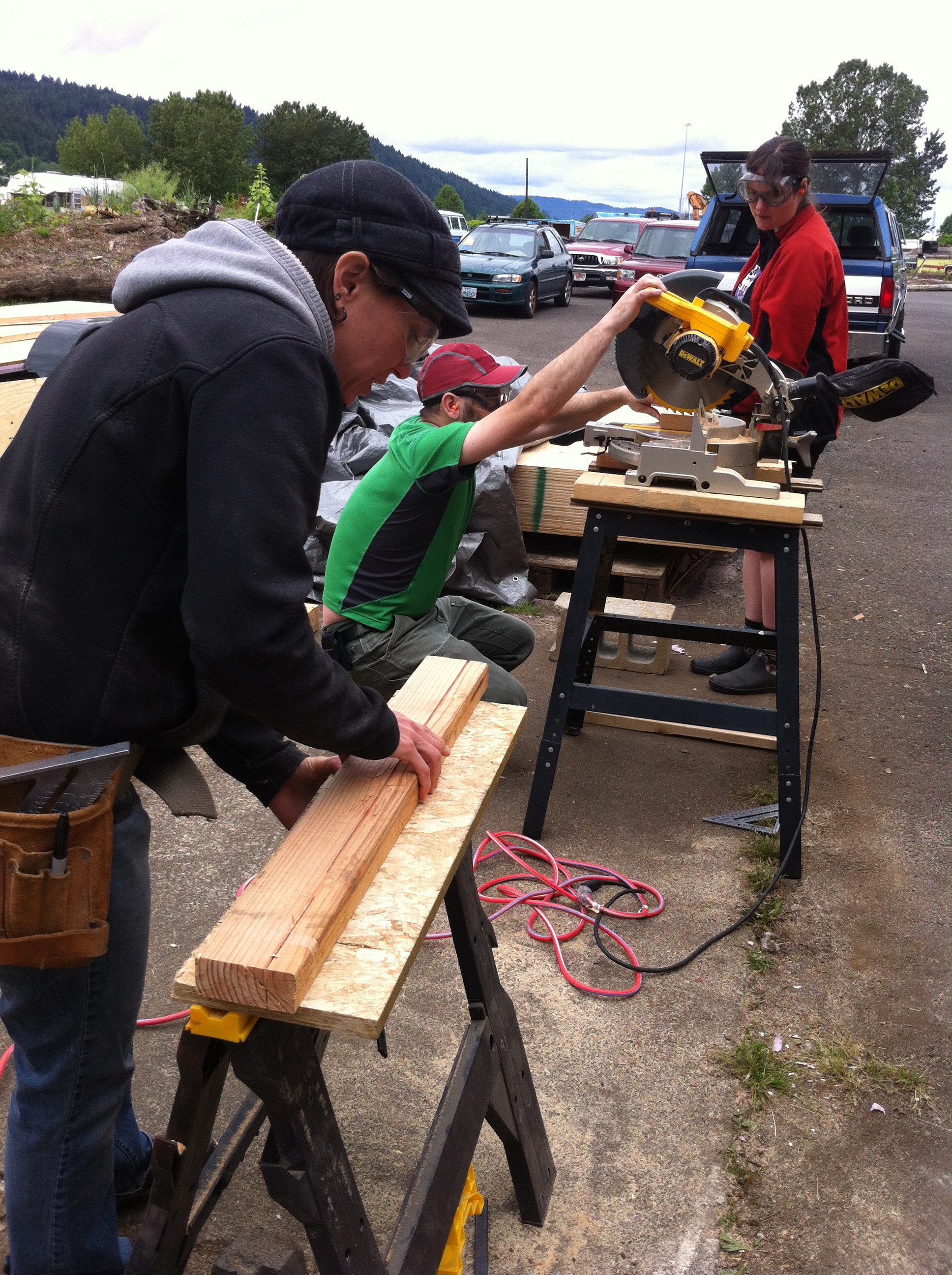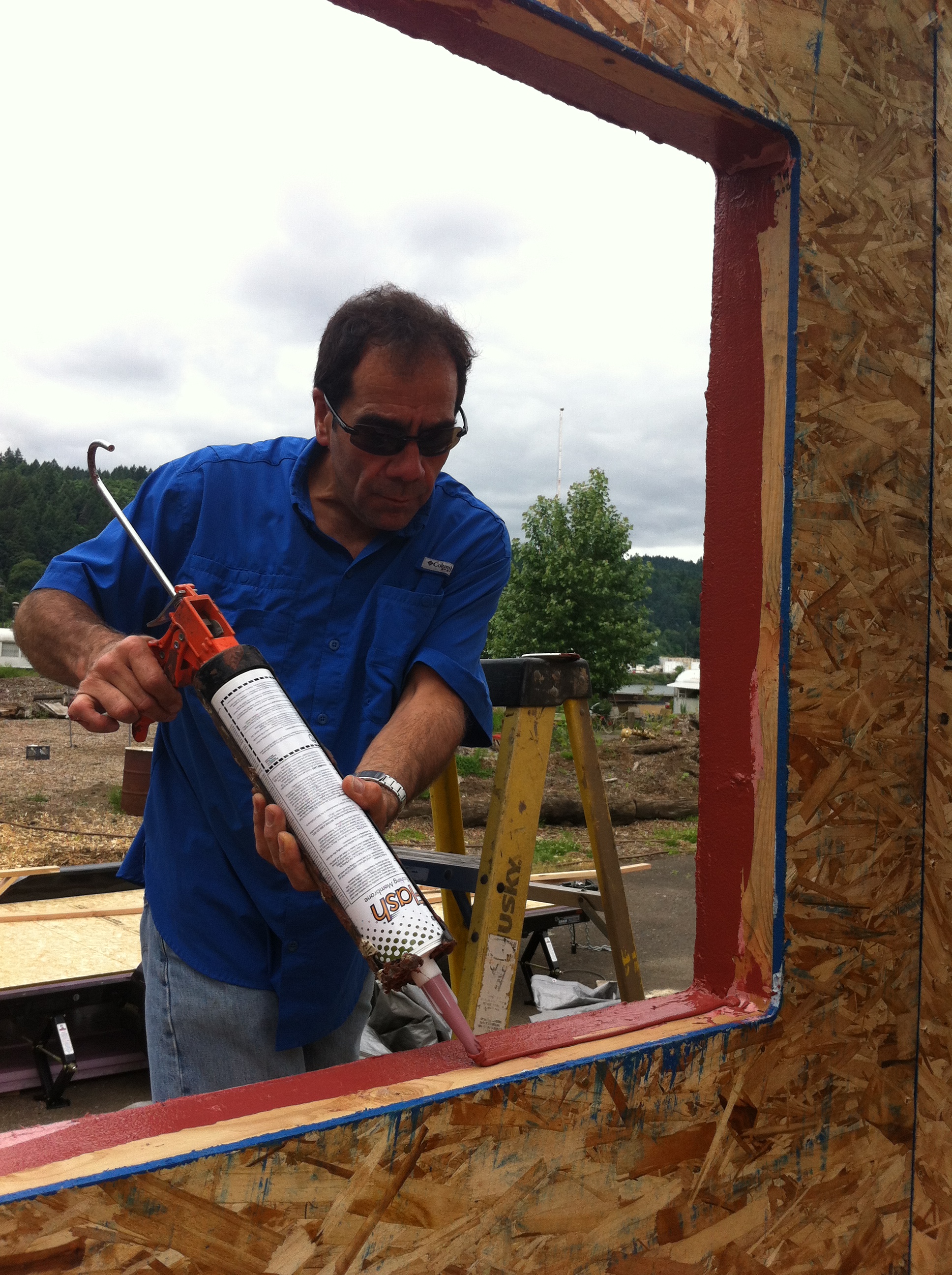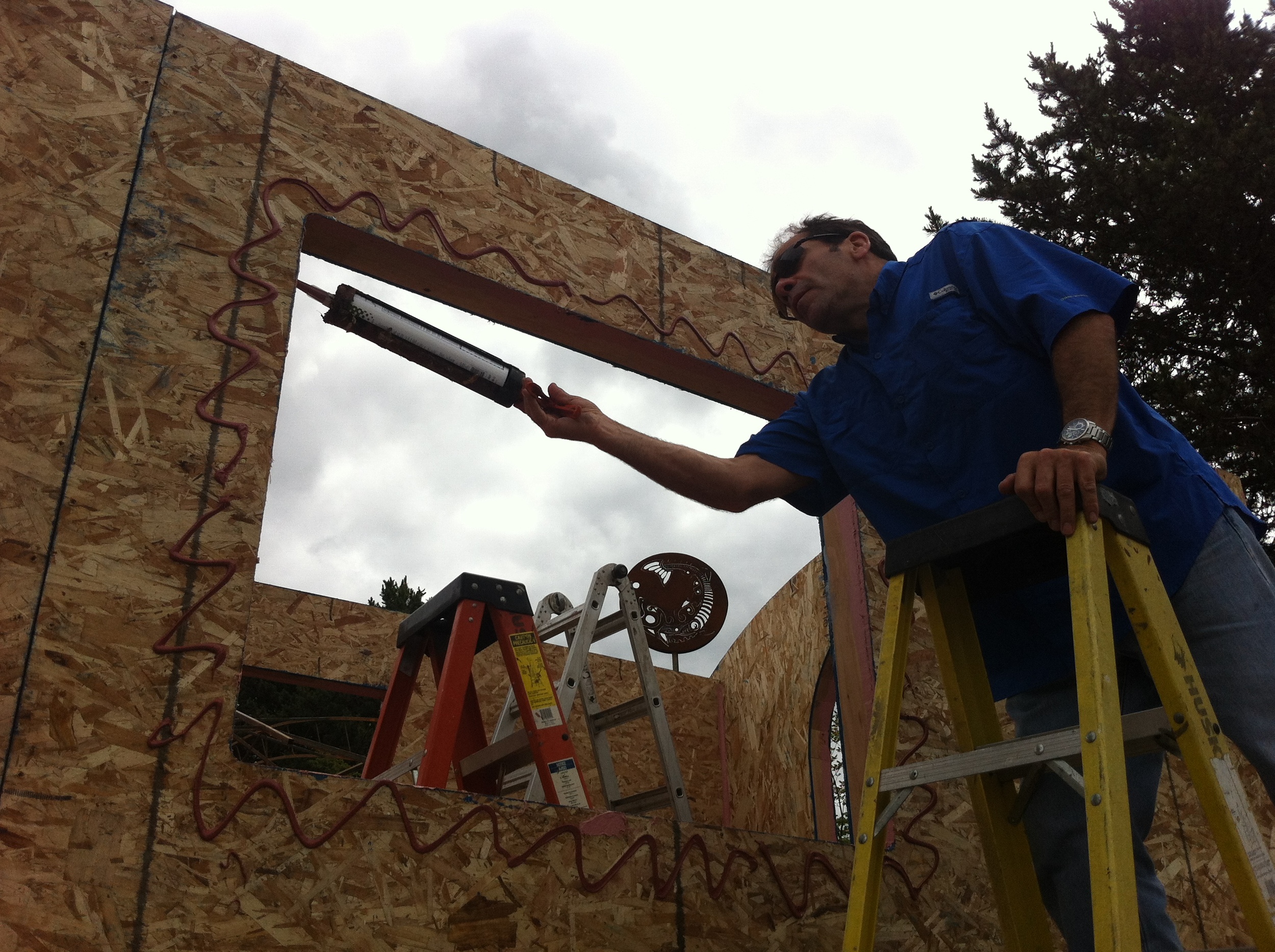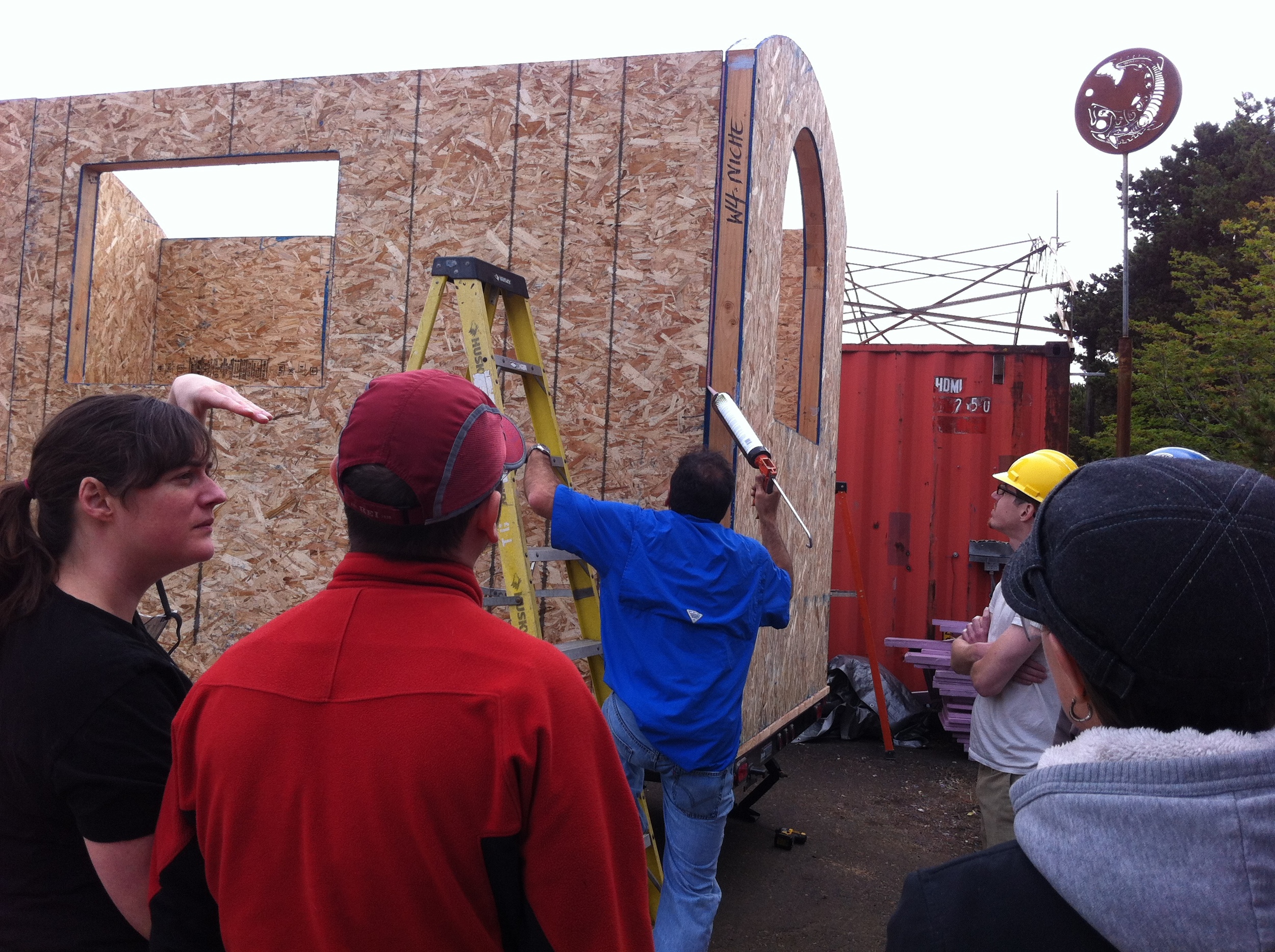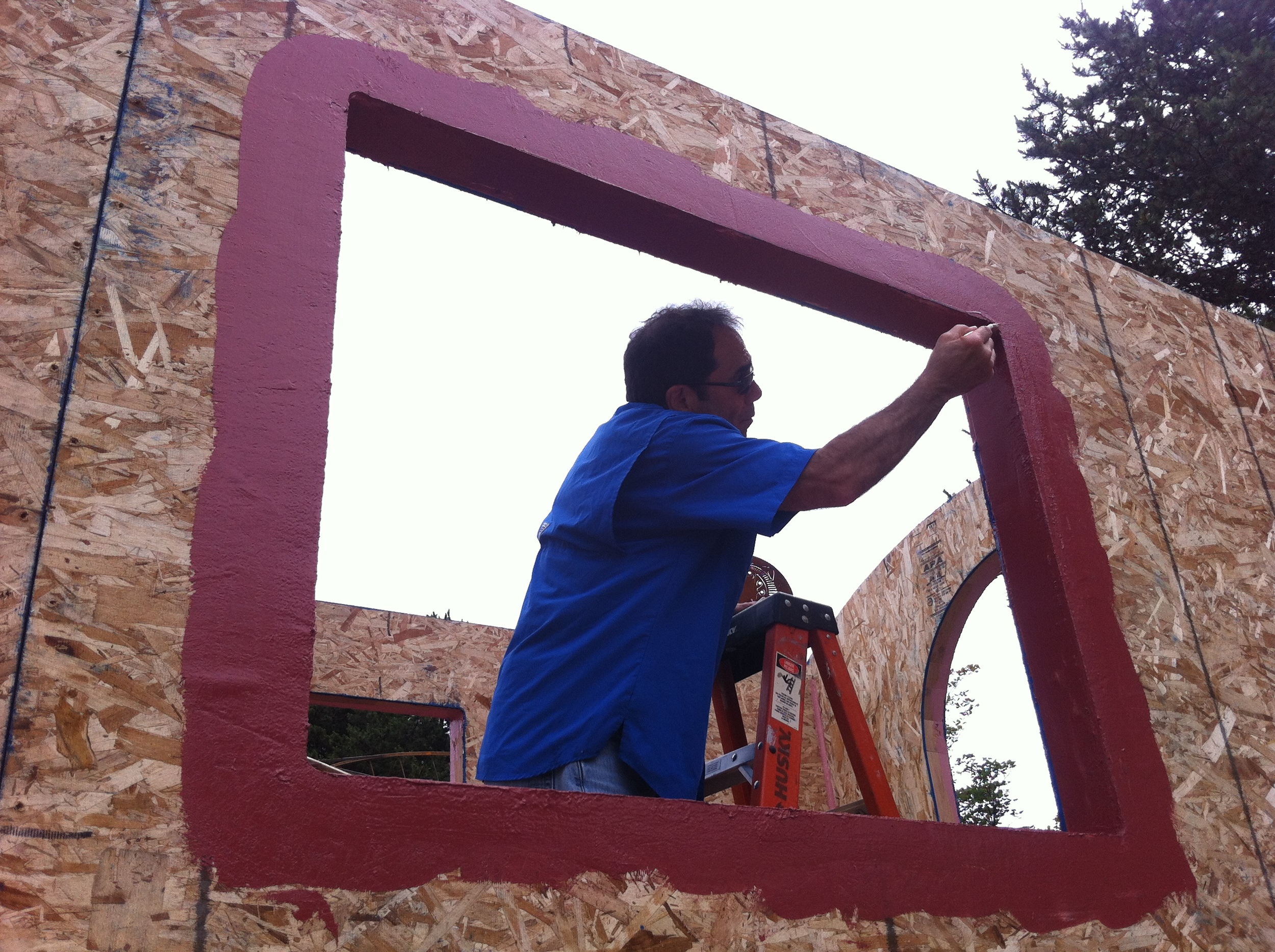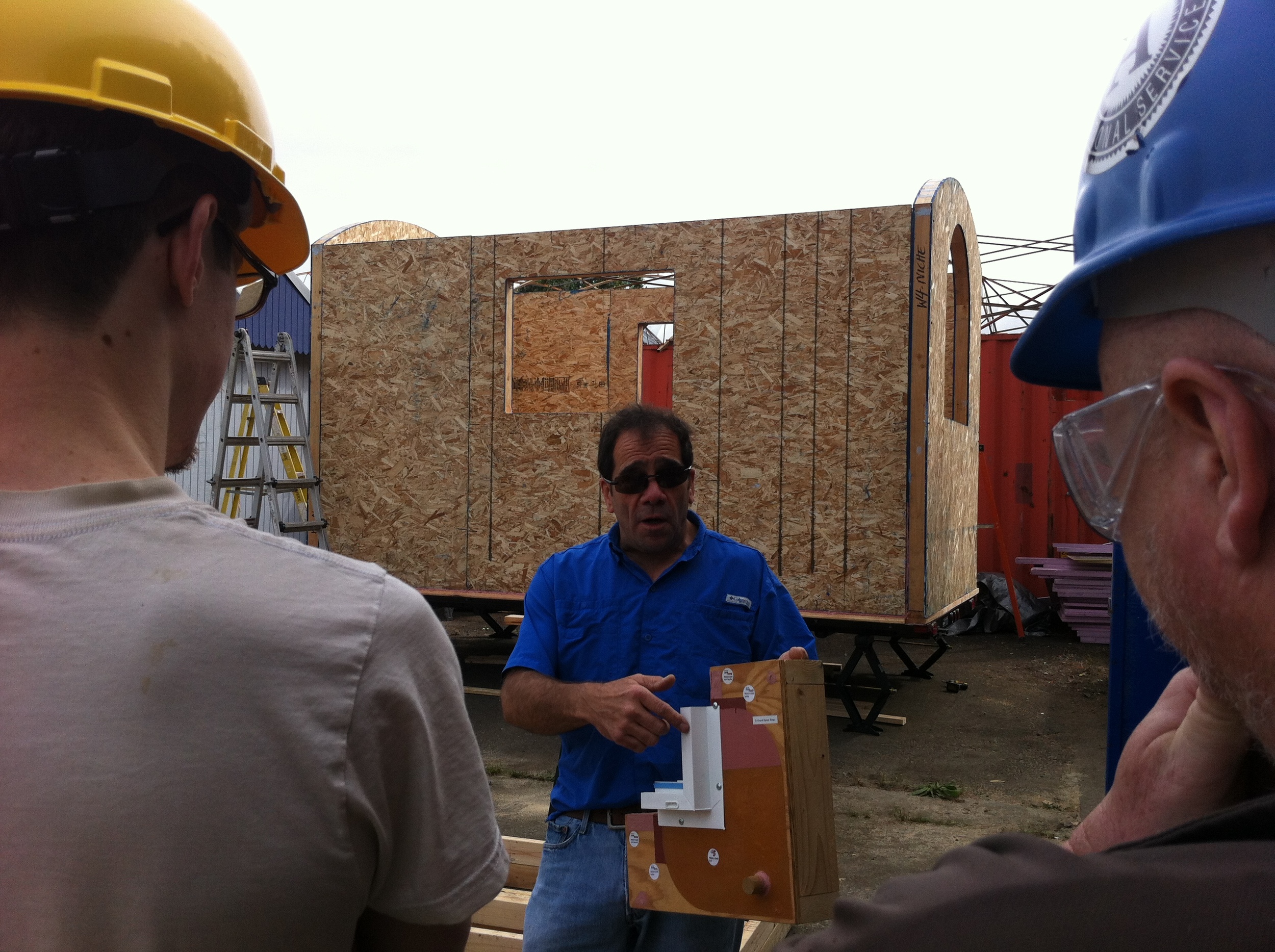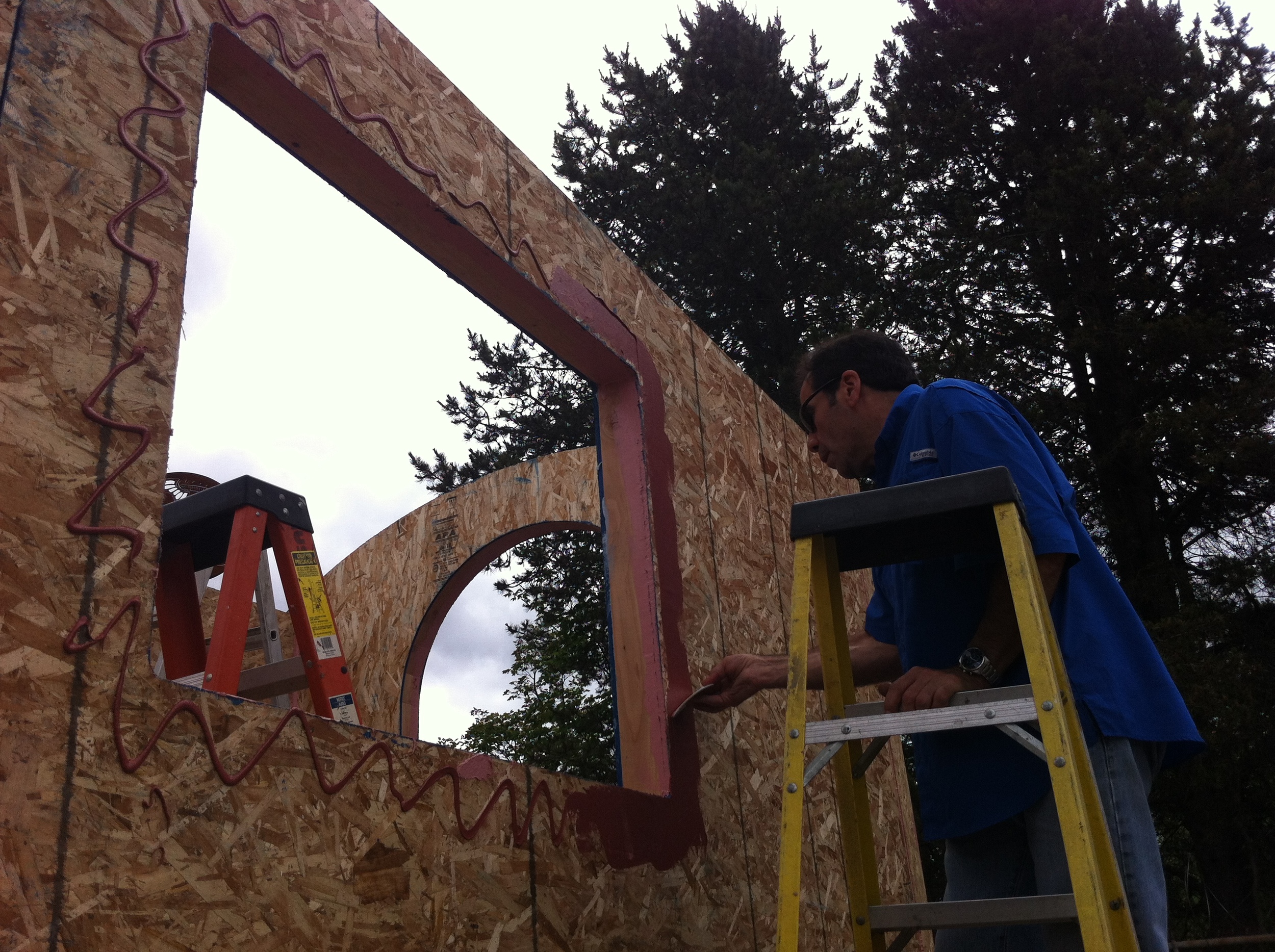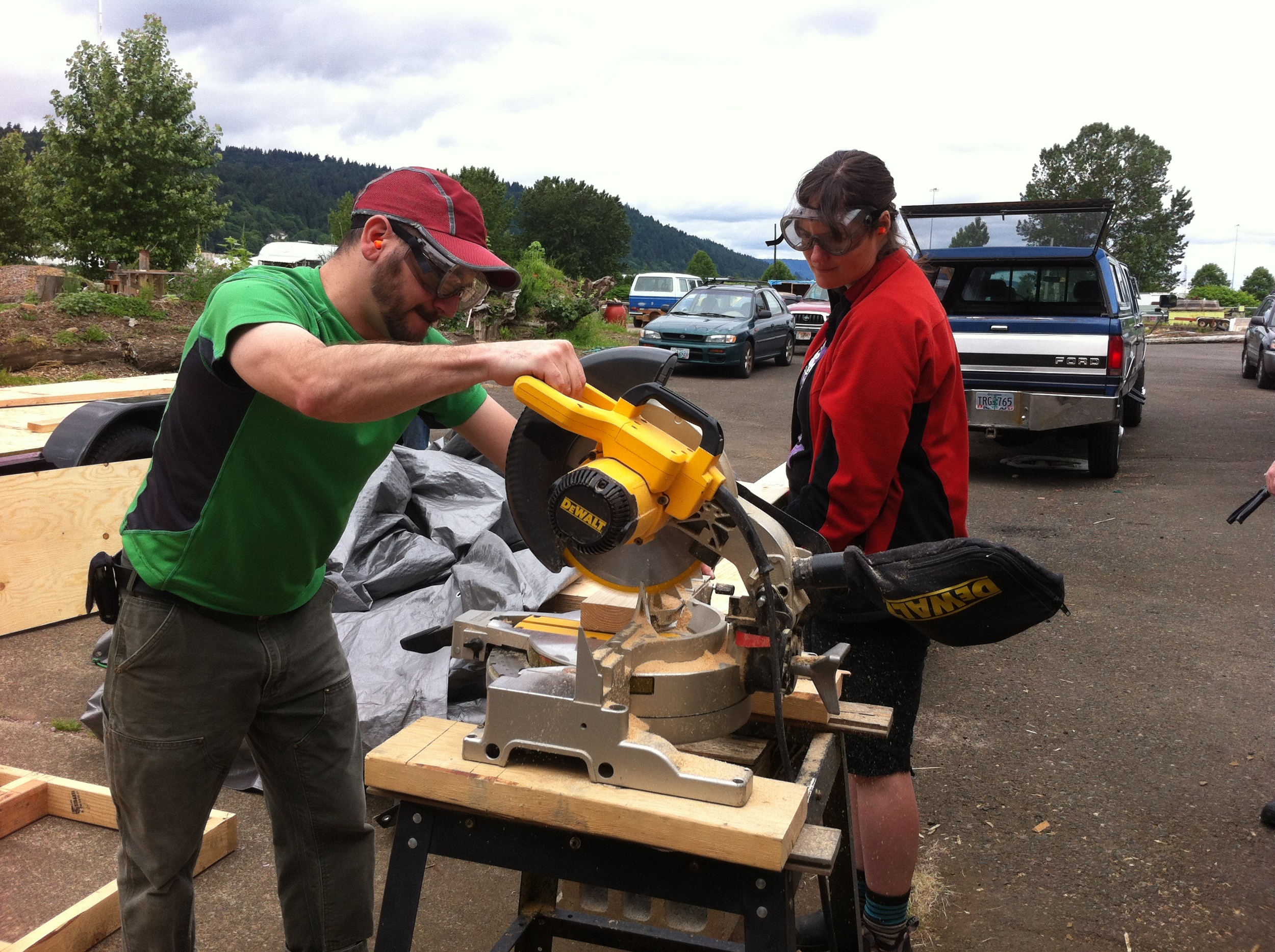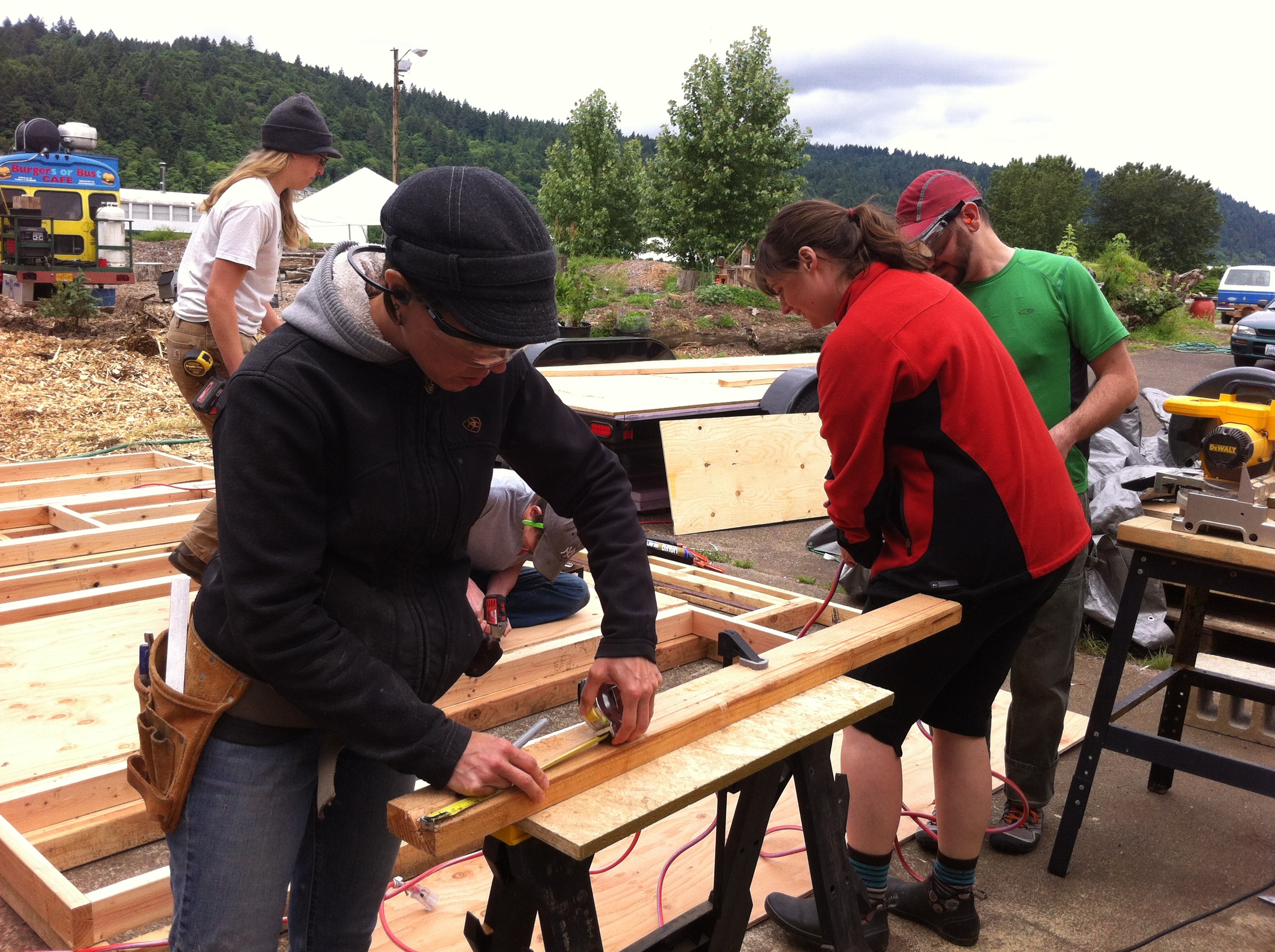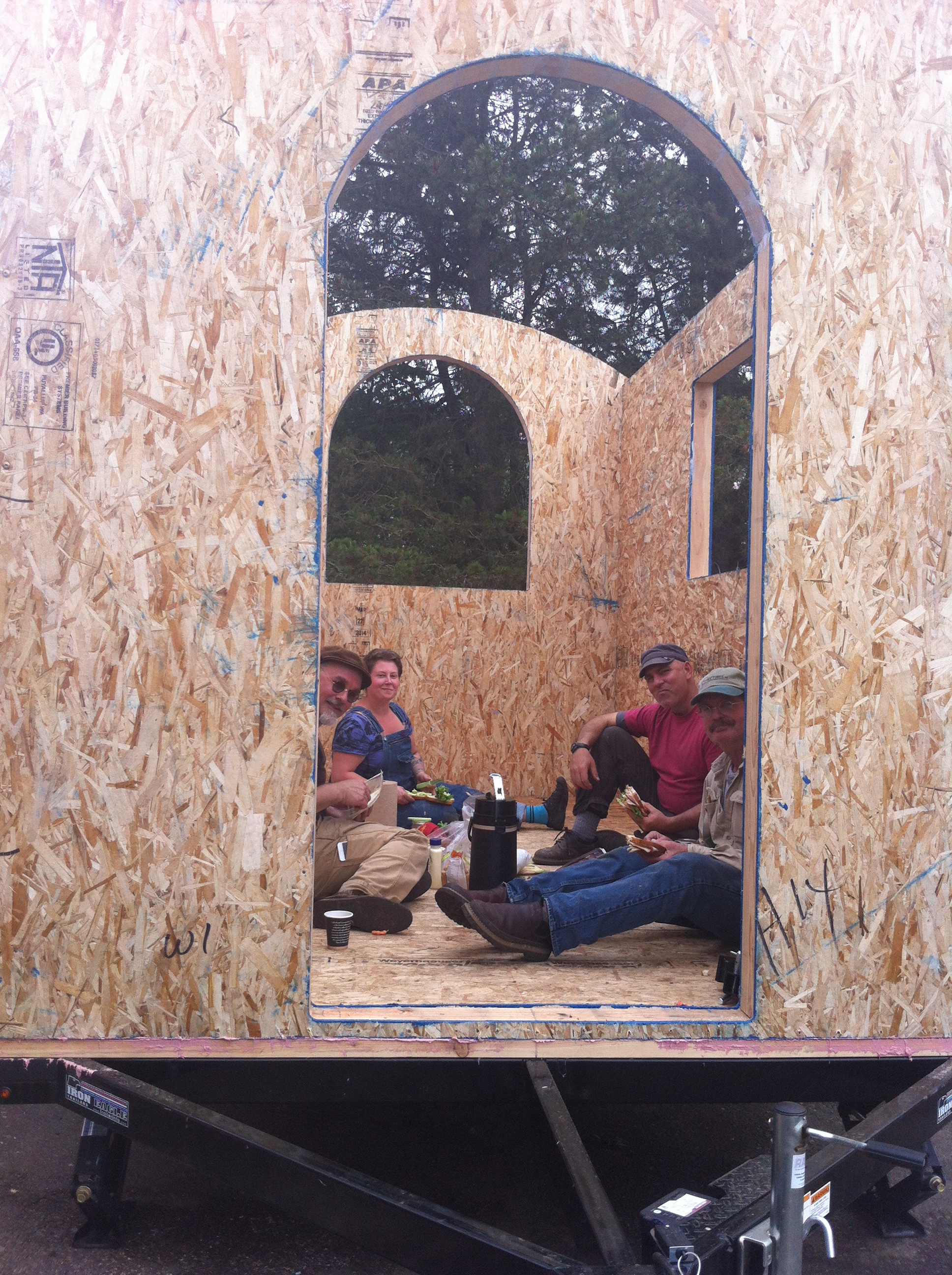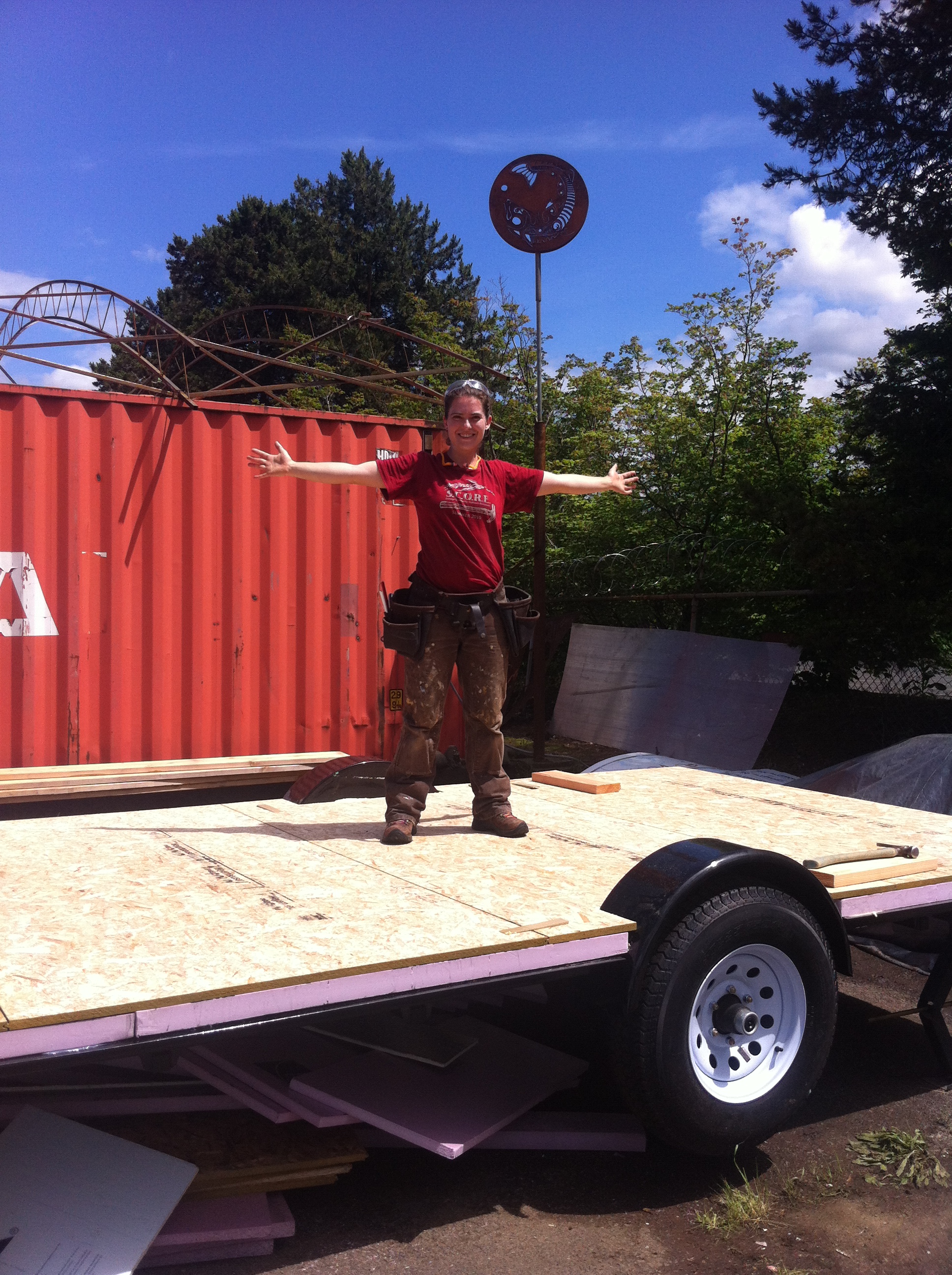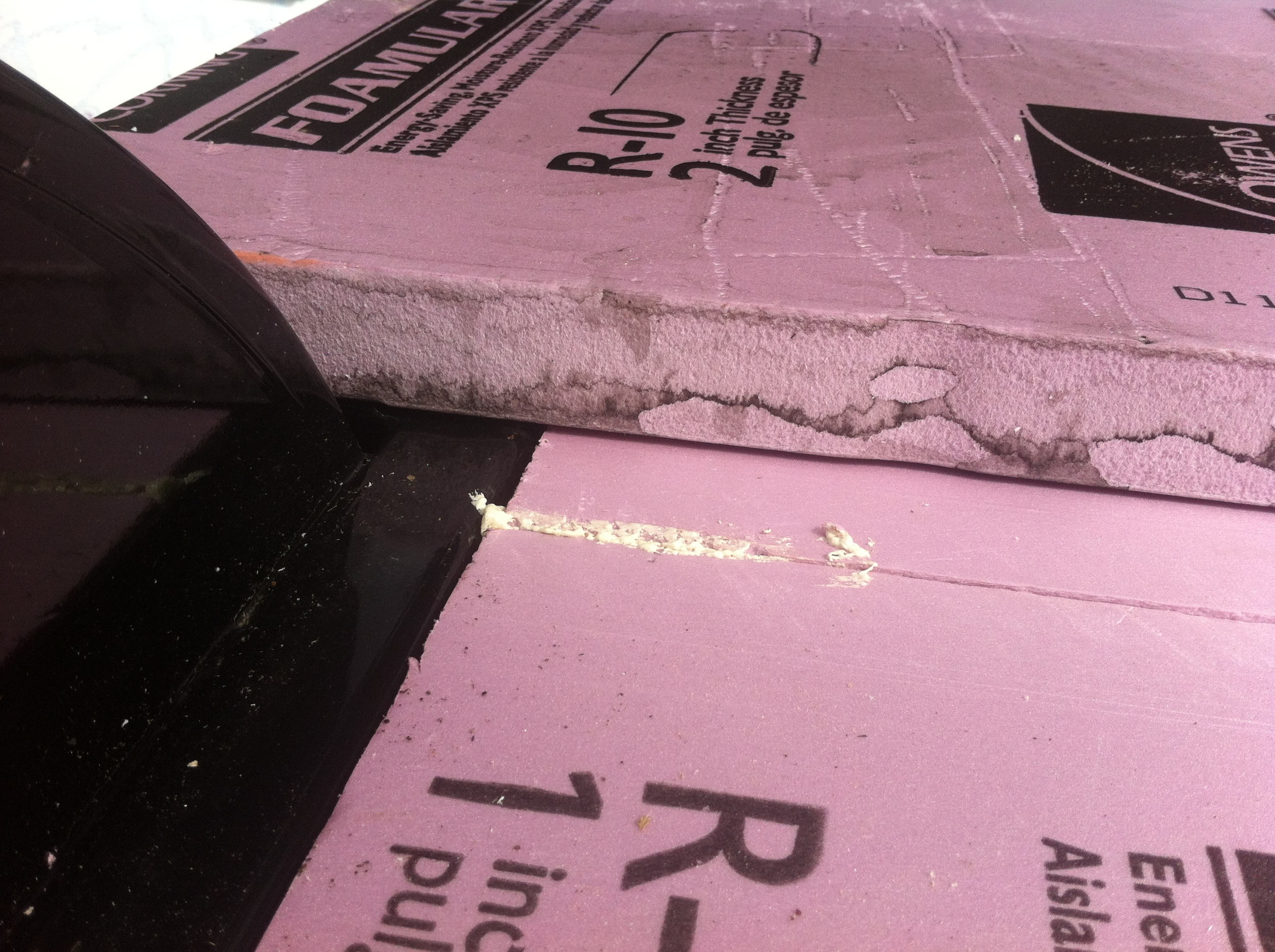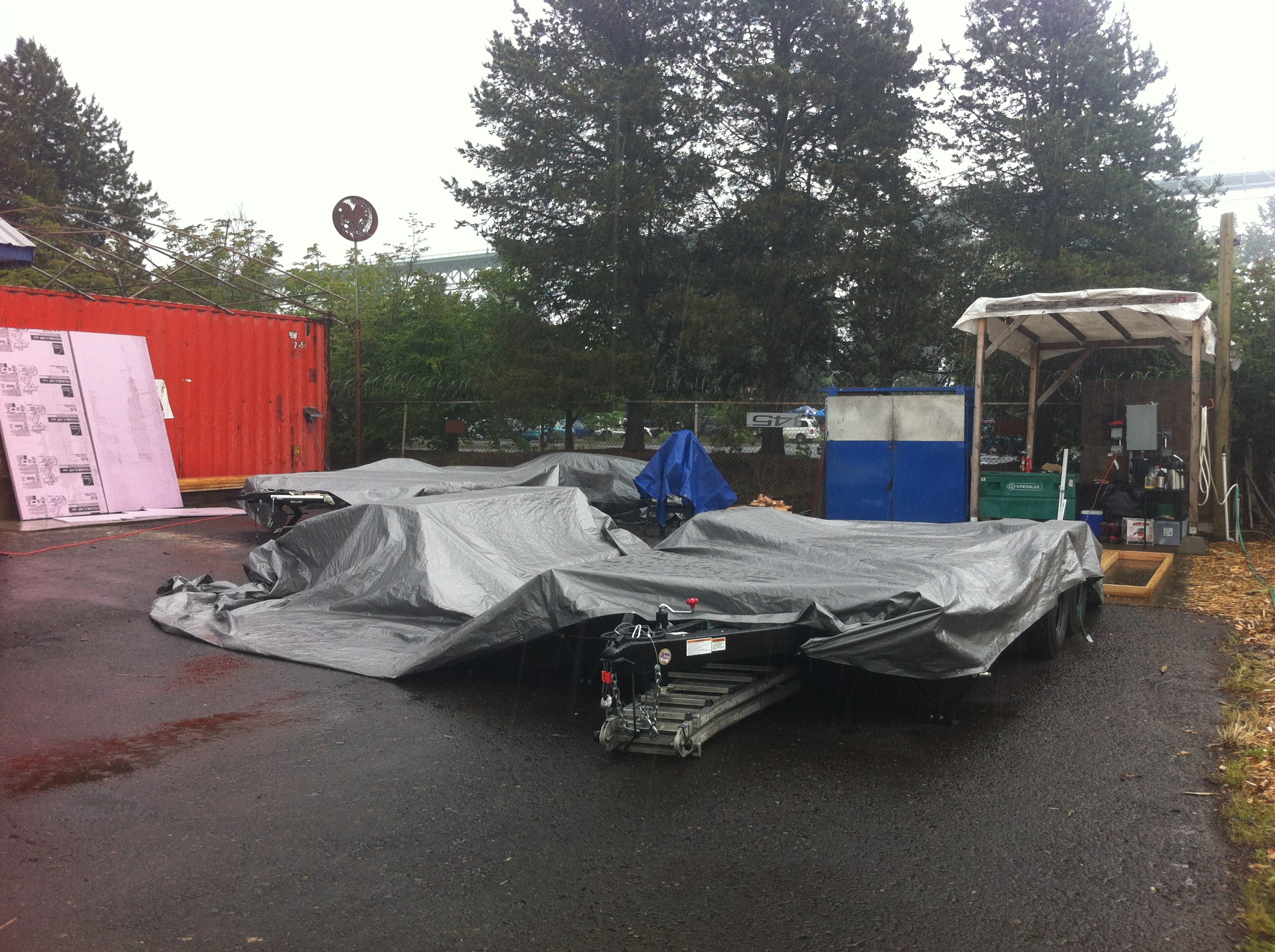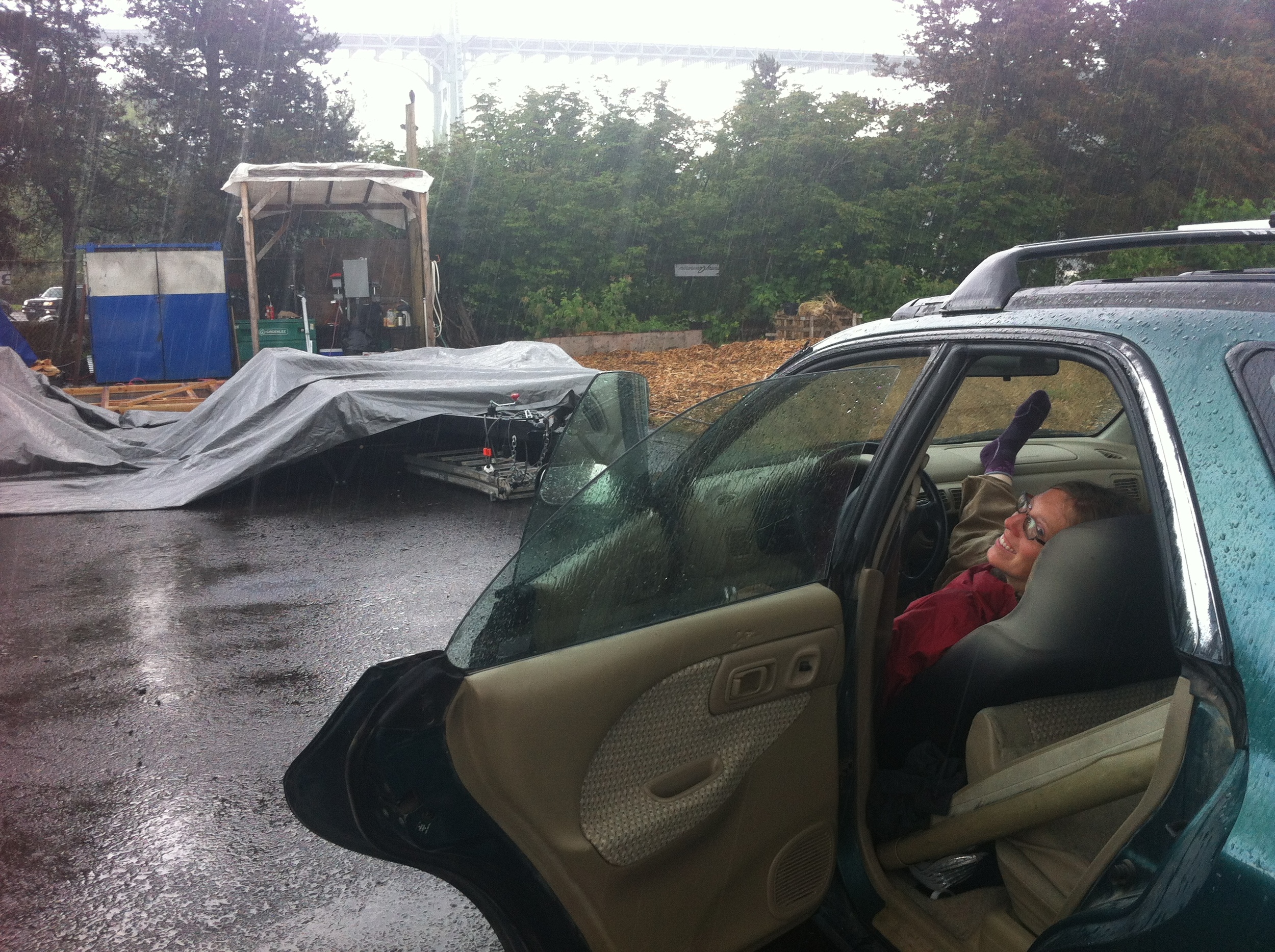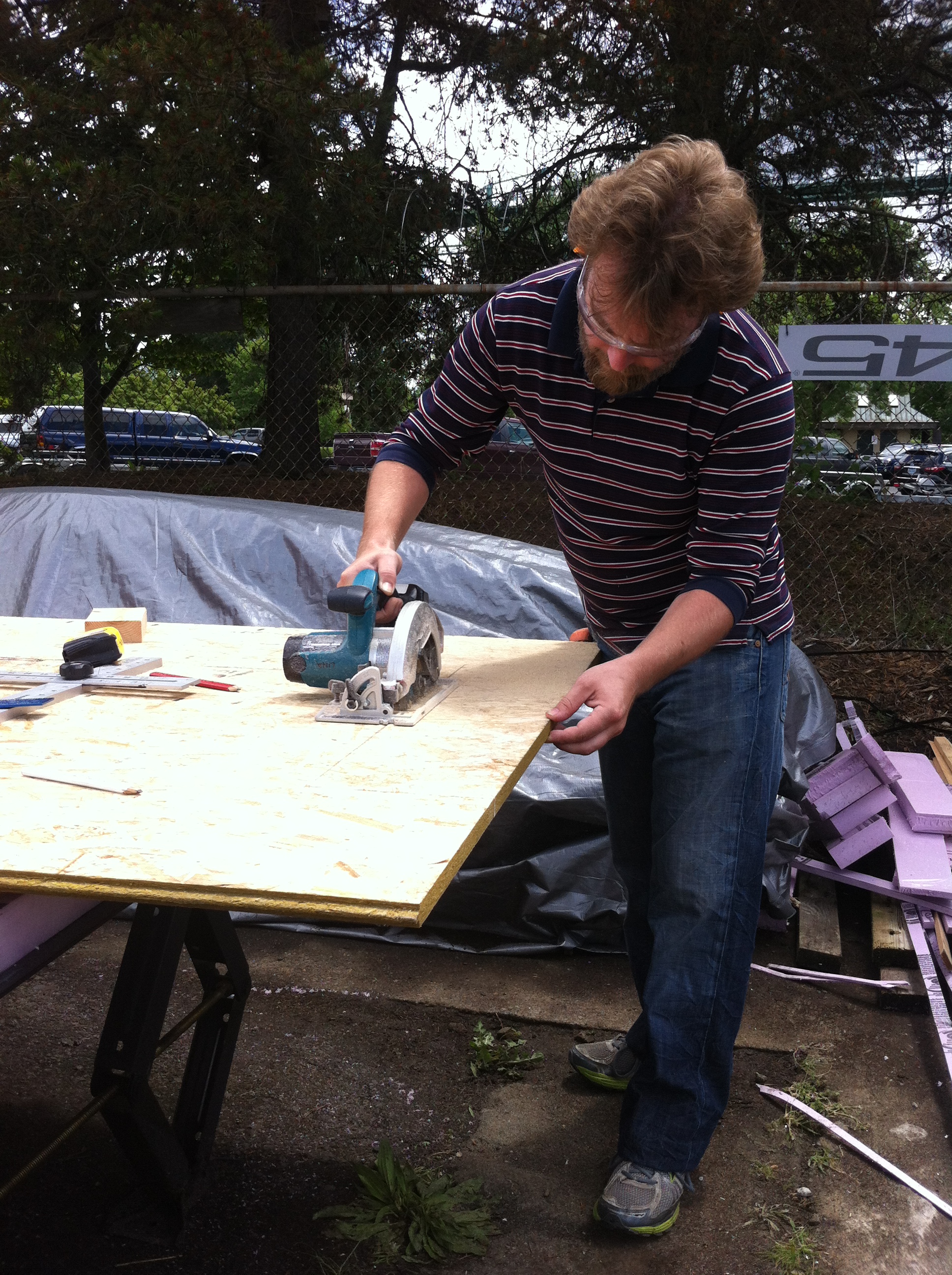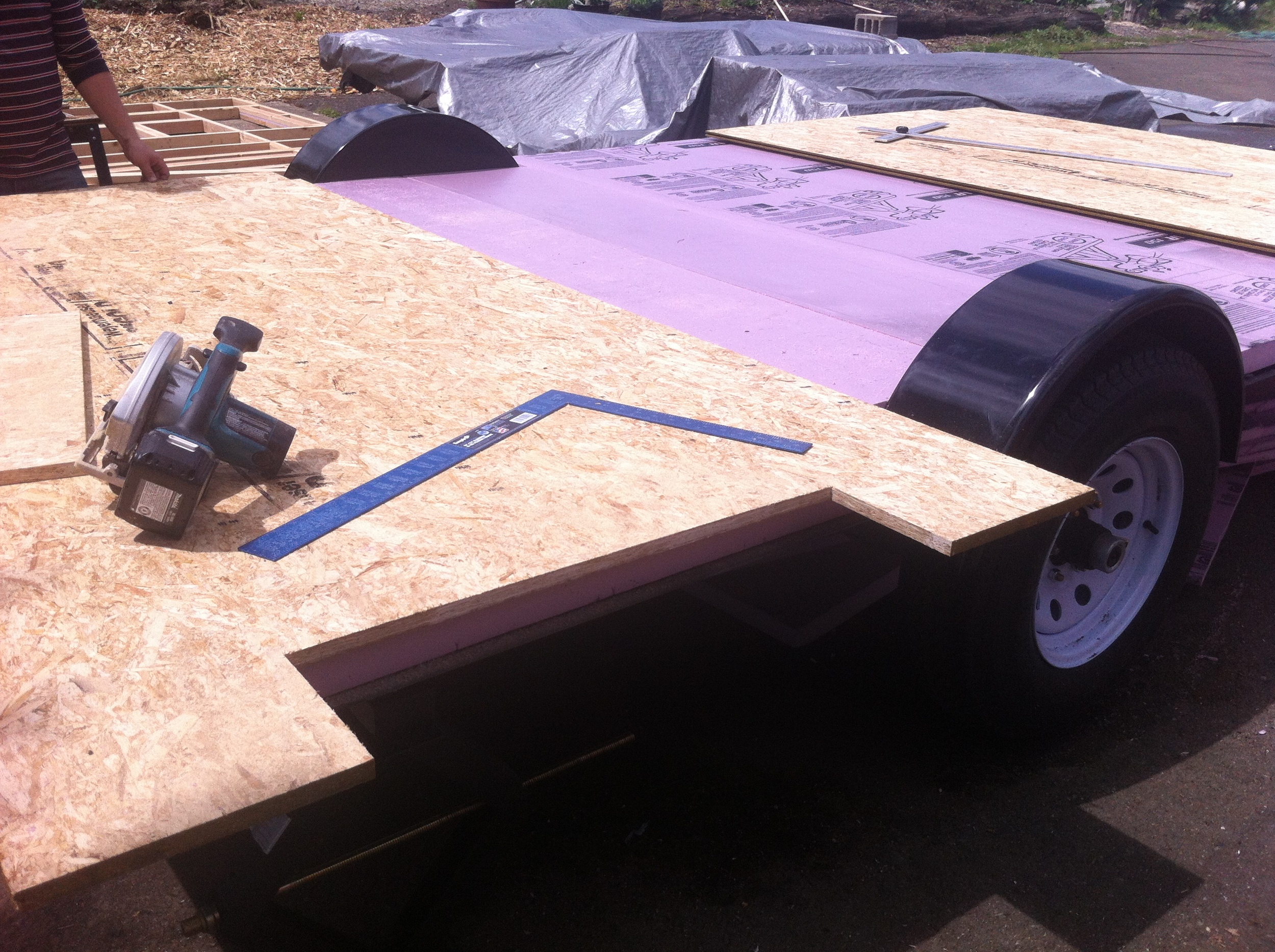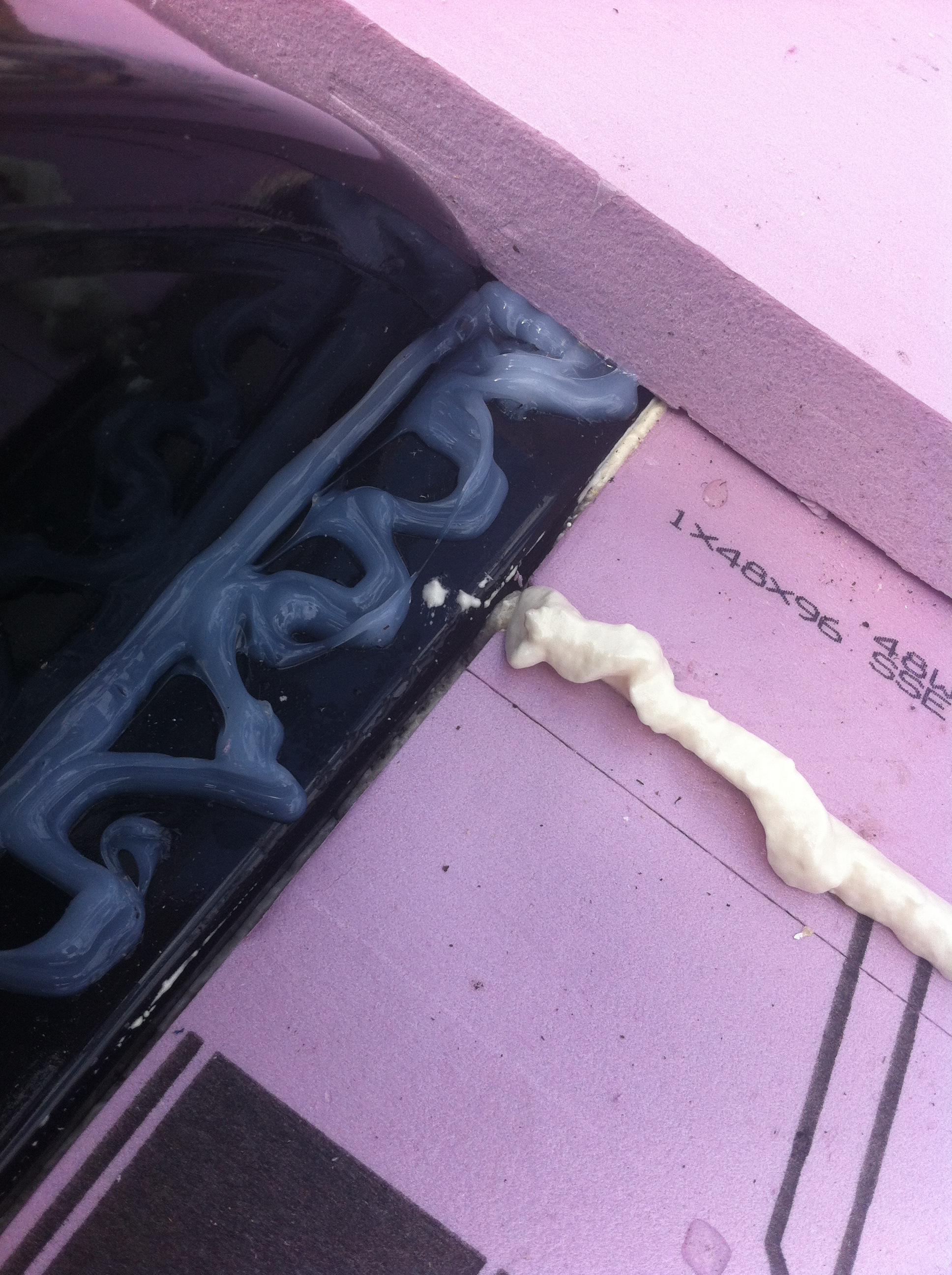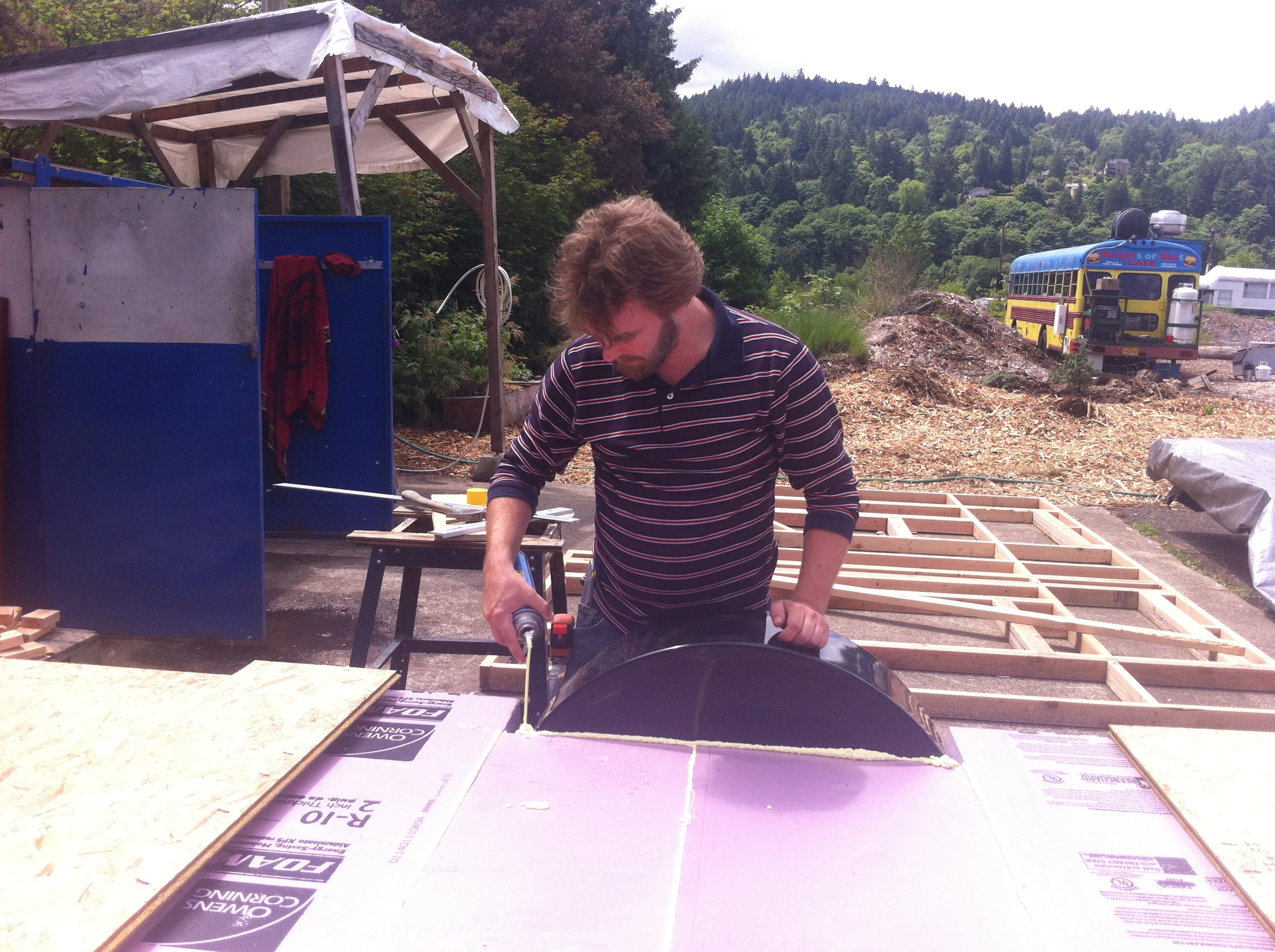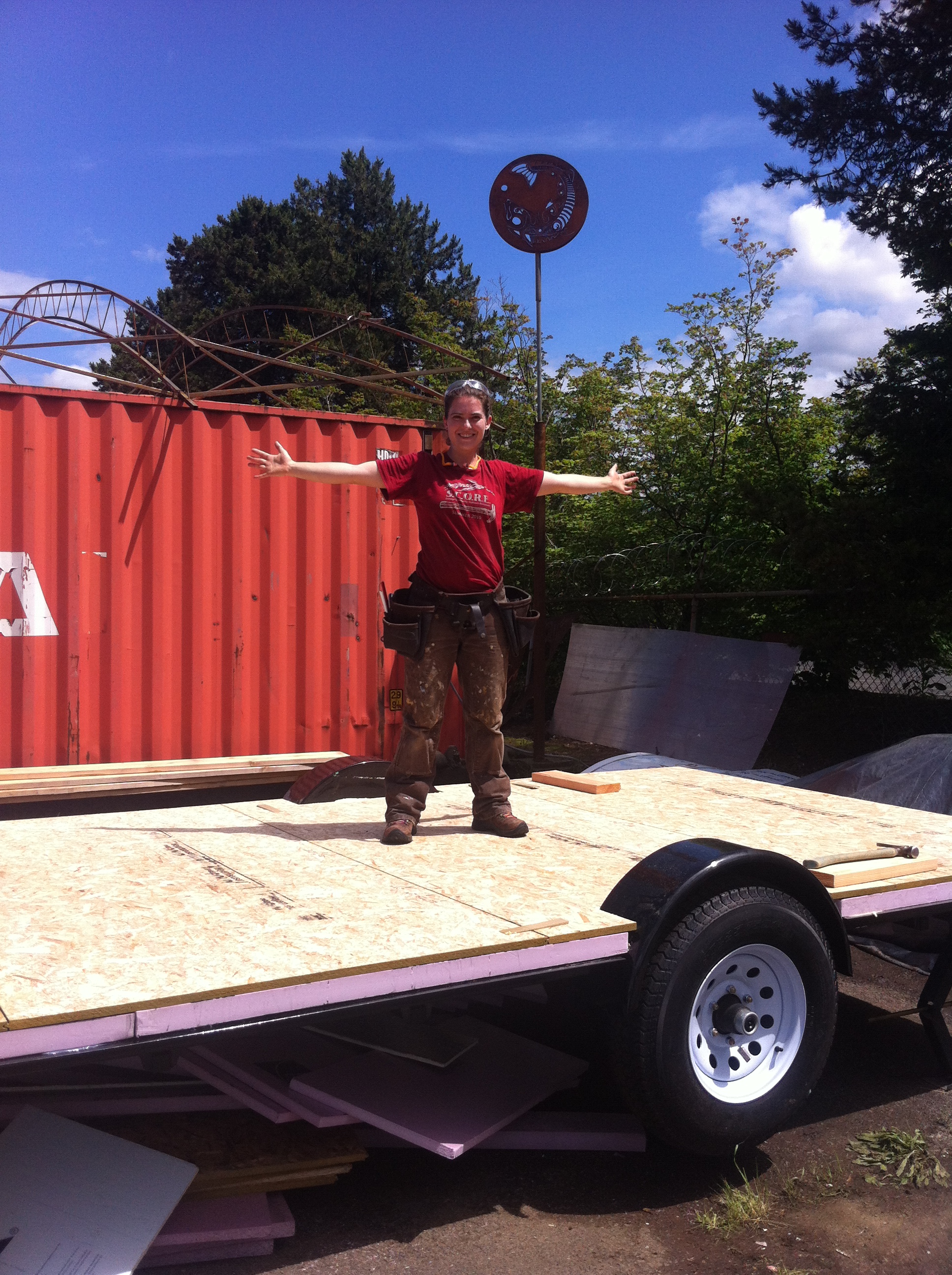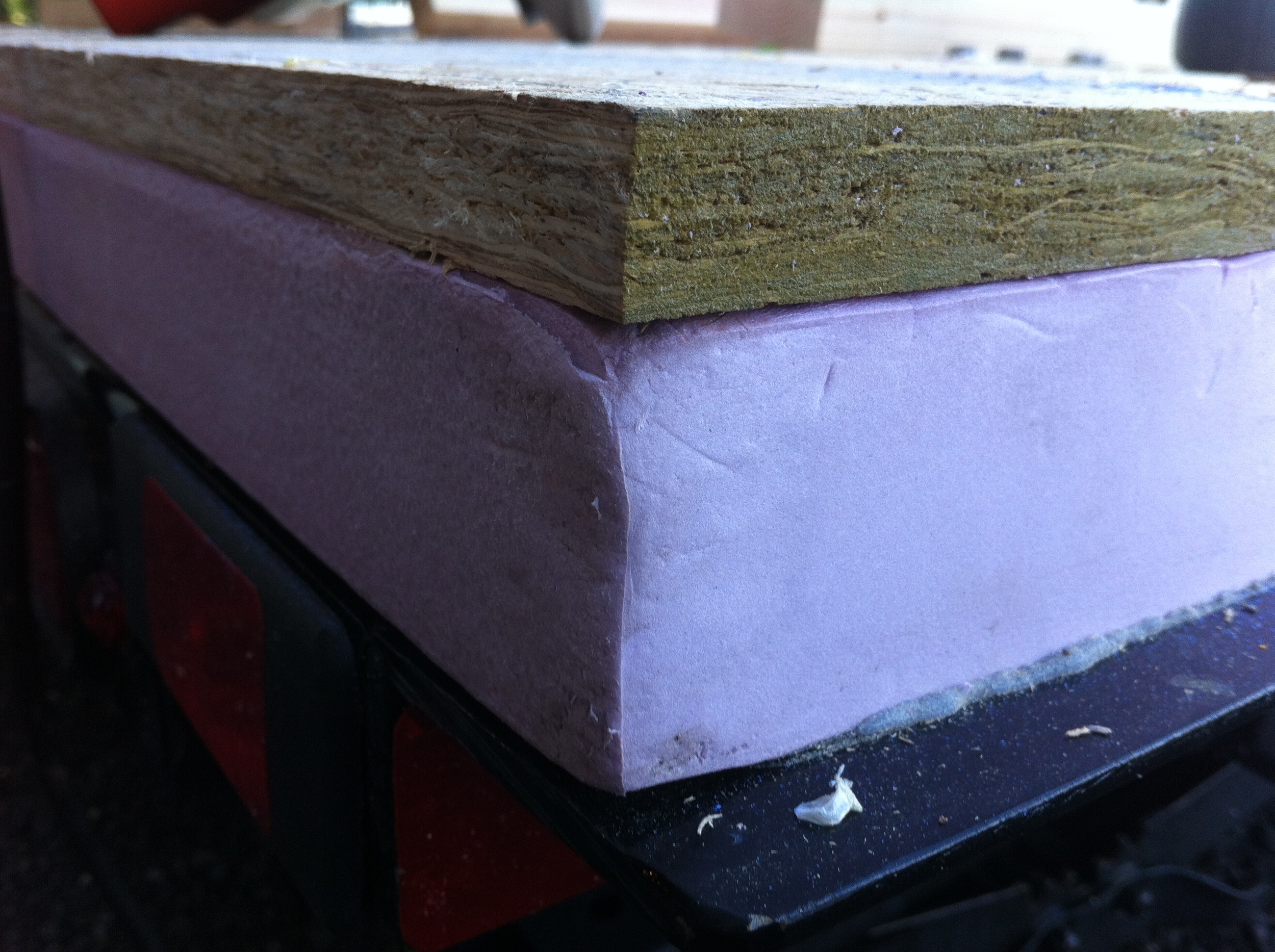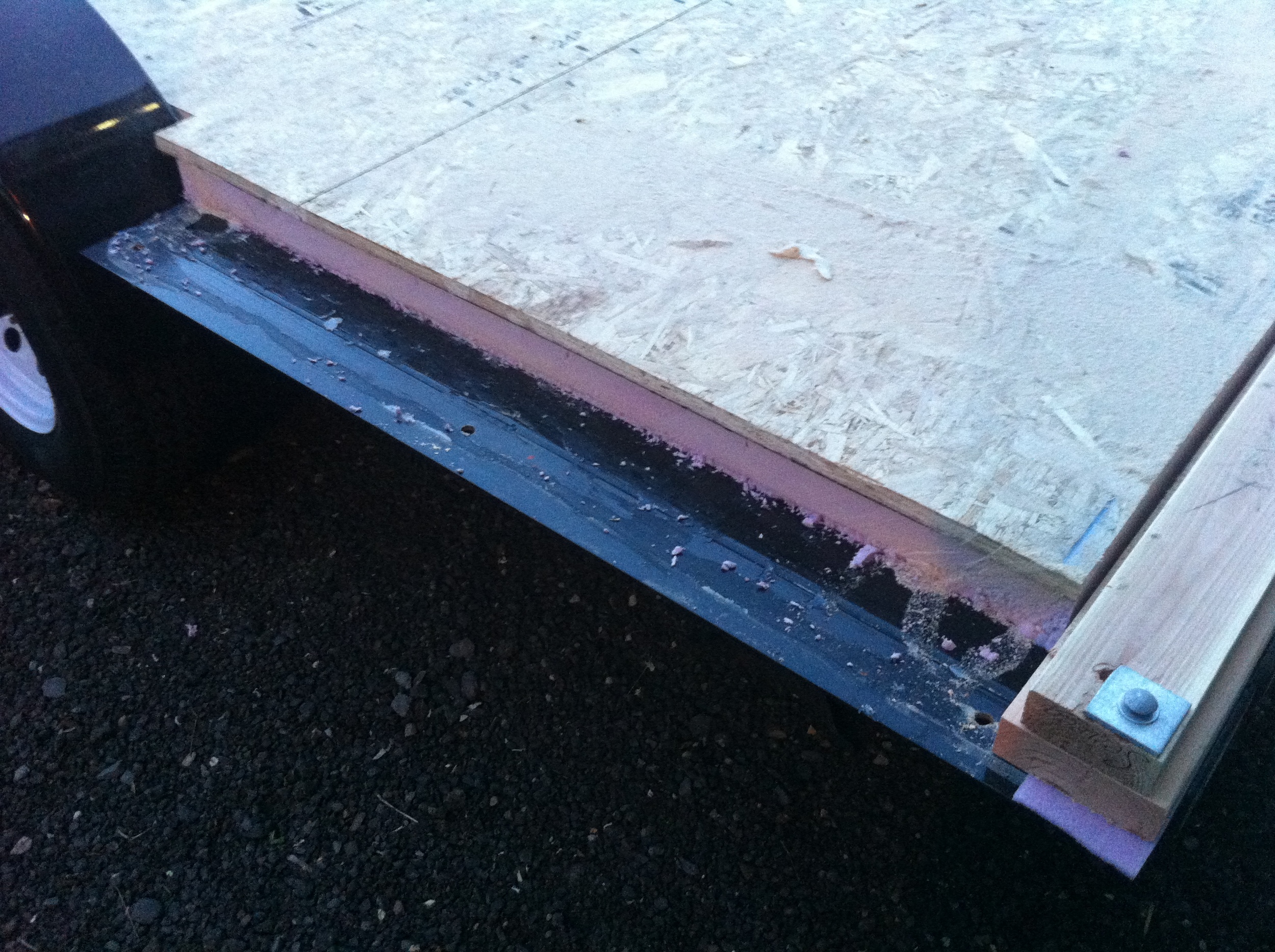 A couple months ago I was invited by Martin Glastra Van Loon (a Dutch native who now lives and works in Portland as an urban planner) to speak at the Cascadia chapter of Congress for the New Urbanism Salon. This was an exciting prospect for me, not only because I'm interested in smart growth and I admire Martin's work, but also because it sounded a lot like the Design Colloquiums I'd run in Walla Walla. Since graduating from PSU's urban planning program I've missed the chance to sit around with other urban design geeks talking about the influence of our built environment on our environment and social interactions.
On Wednesday evening I had the opportunity to meet this fine group of designers and do an hour-long presentation about the ways building small is smart. The conversation continued for another three hours, eventually migrating to Bunk Bar. It was a great discussion and I look forward to continuing the conversation about policy, form, and the marketplace. Here's to many more hours of discussing the way building small is smart!
A couple months ago I was invited by Martin Glastra Van Loon (a Dutch native who now lives and works in Portland as an urban planner) to speak at the Cascadia chapter of Congress for the New Urbanism Salon. This was an exciting prospect for me, not only because I'm interested in smart growth and I admire Martin's work, but also because it sounded a lot like the Design Colloquiums I'd run in Walla Walla. Since graduating from PSU's urban planning program I've missed the chance to sit around with other urban design geeks talking about the influence of our built environment on our environment and social interactions.
On Wednesday evening I had the opportunity to meet this fine group of designers and do an hour-long presentation about the ways building small is smart. The conversation continued for another three hours, eventually migrating to Bunk Bar. It was a great discussion and I look forward to continuing the conversation about policy, form, and the marketplace. Here's to many more hours of discussing the way building small is smart!
I'm grateful to Martin for the introduction to this group and to Laurence Qamar for his kind words in a follow up email to the group:
It was a fun and spirited discussion with you, Lina, the other night for our monthly CNU-Cascadia Salon discussing the broad ramifications of the resurgence of the ongoing Tiny House movement.
For those who could not attend, Lina Menard of Niche Design Build presented her work in promoting and building tiny, and often mobile, little homes.
But more than just the average 200 sq ft cottages themselves, Lina spoke of the implications that small homes are having on providing affordable housing options for young and old, or a supplement to an existing home in the form of an accessory dwelling unit (ADU).
Lina is a wealth of knowledge on the current state of financing, permitting, designing and constructing ADUs in Portland, which she describes as one of the more progressive jurisdictions for this new/old form of housing in the nation.
We considered the potential of increasing overall density throughout the city, which is an ongoing goal of the City of Portland, and Metro regional government. ADUs have the potential of having much greater benefit to accommodating future growth not only within our growing "Centers and Corridors” but more softly throughout the very “Fabric” of our neighborhoods.
Most important as a link to the broader CNU’s goals, Lina and the group considered numerous models of how tiny houses can be an important element in further building sustainable communities and that “sense of place” that is at the heart of all our work.





